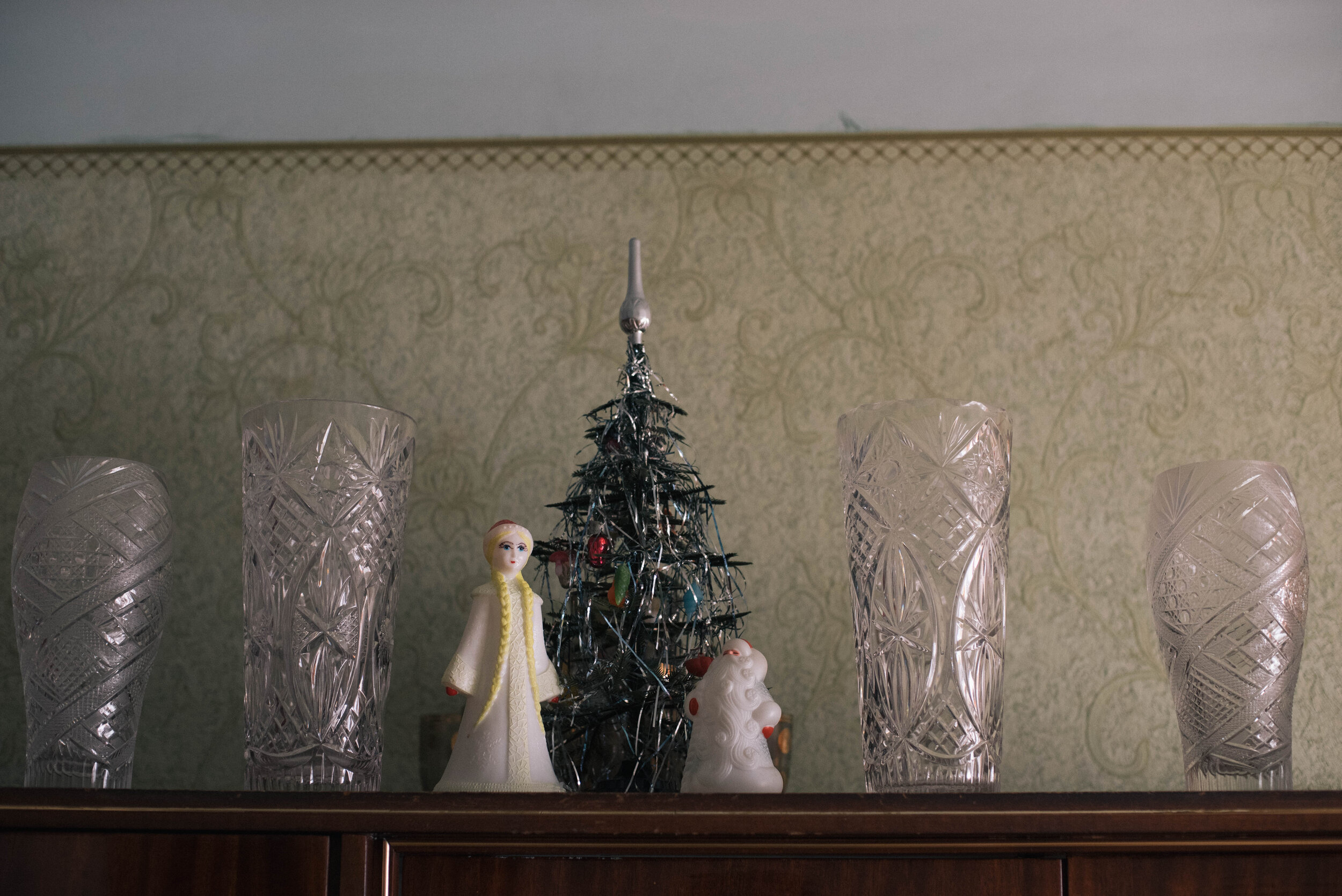
Photography Journal
Wow, what a year! My photo take on 2020
Here is a collection of the pictures I’ve taken in 2020. They will remind me of all the ups and downs of that year.
I can’t explain how exactly this happened, but the “stay-at-home” year for me became the most fruitful*, creatively fulfilling, and diverse one, ever. Seems like the global crisis that put our resilience and flexibility to test, forced me to work harder than before, and I was blessed to collaborate with people with a similar mindset.
* With 32.000 frames of stills and roughly 500 hours of video footage.
Choosing the images that would summarize my 2020 wasn’t an easy job. I laughed a lot, I sighed a lot as I was going through the images reliving all the joy and the sadness and the stress of this unusual year.
I’m inviting you to join me on my photographic journey through 2020.

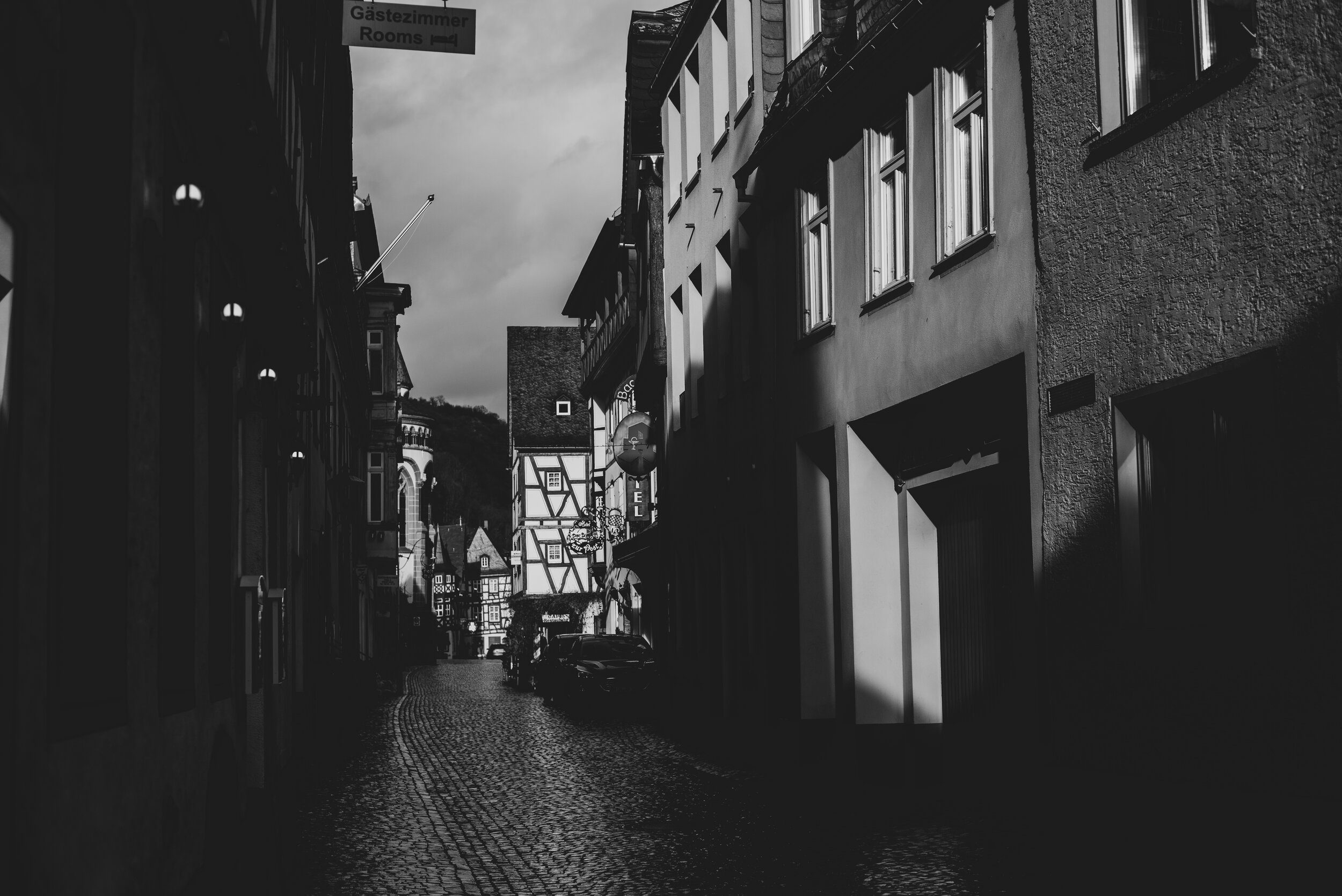
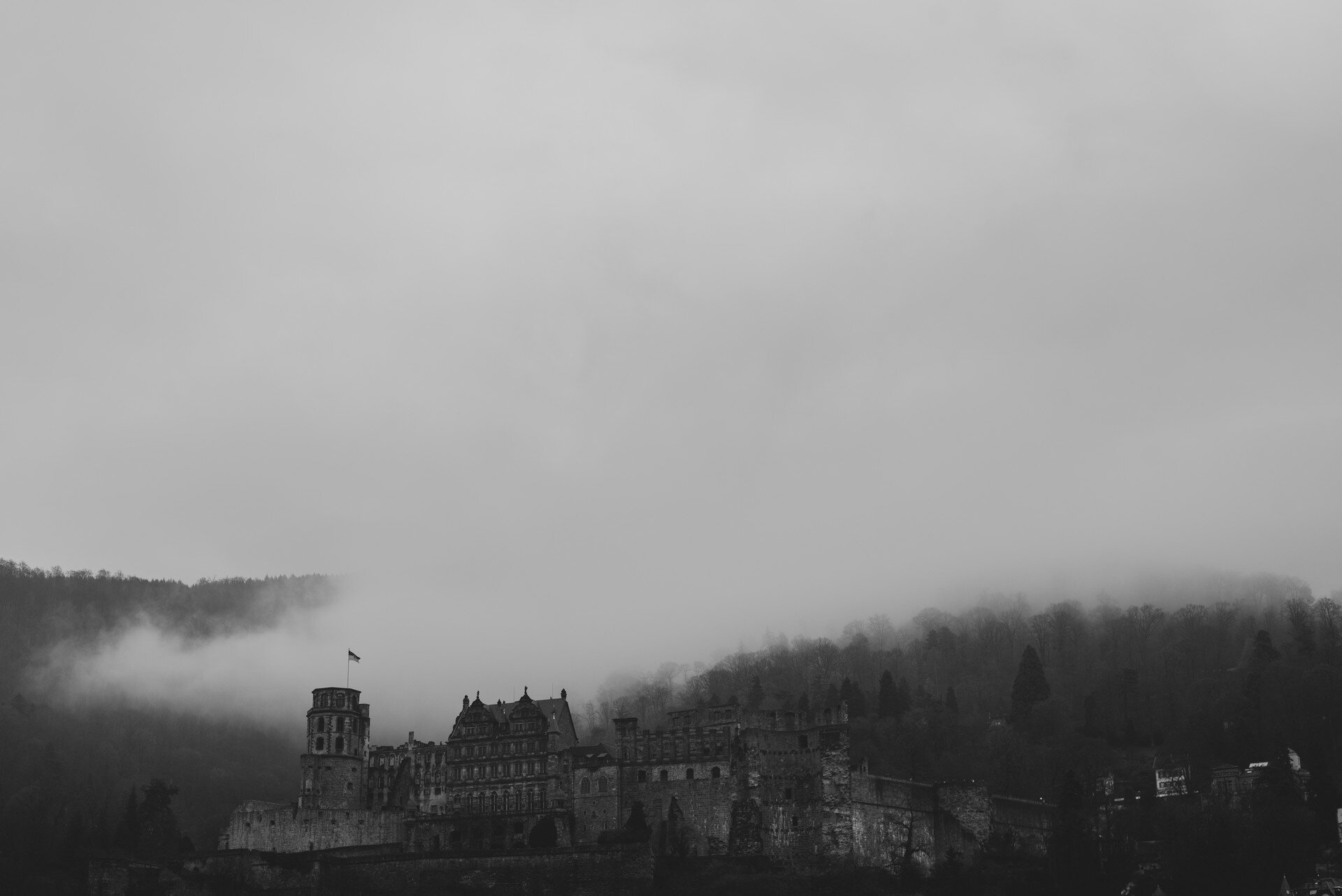
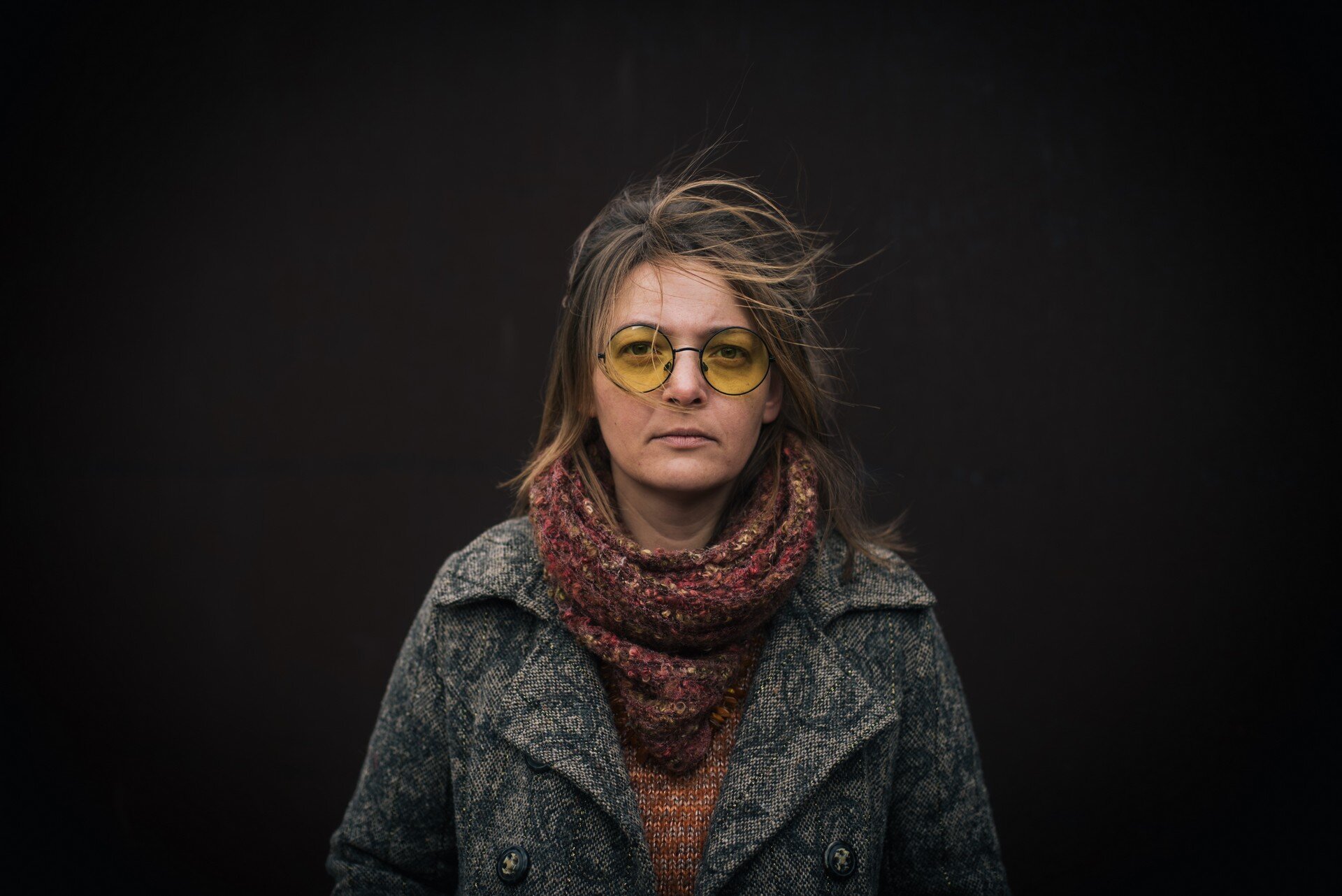
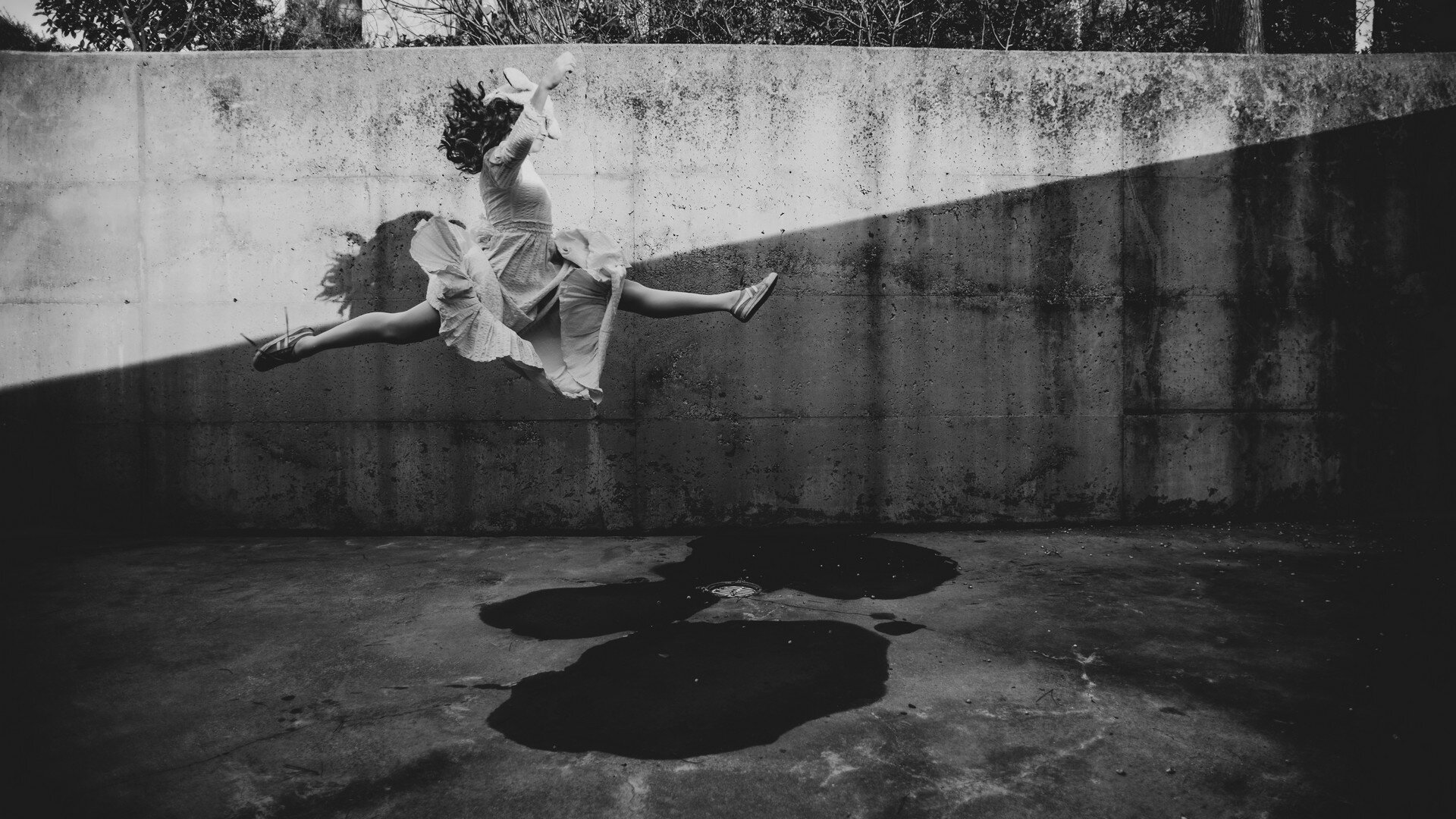
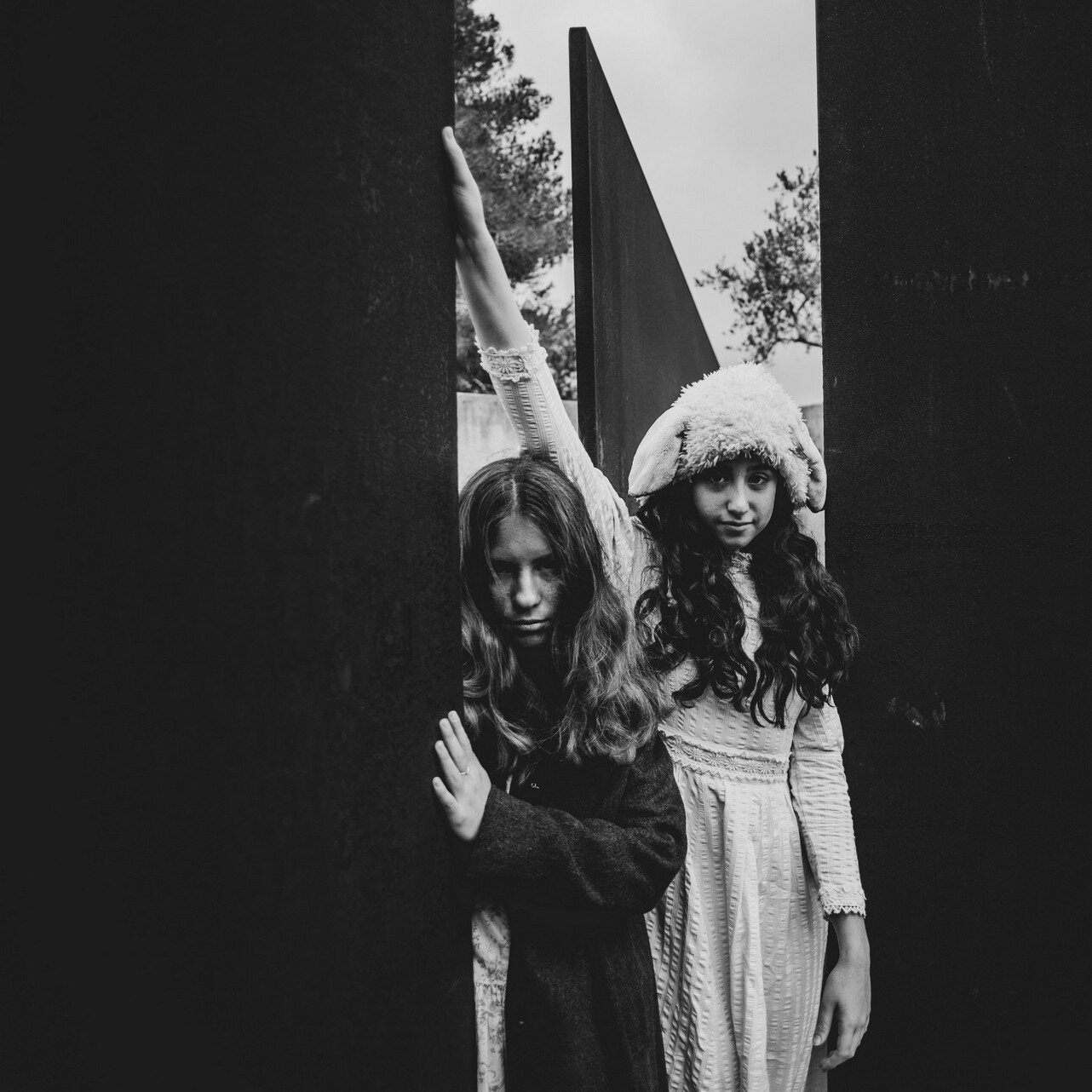
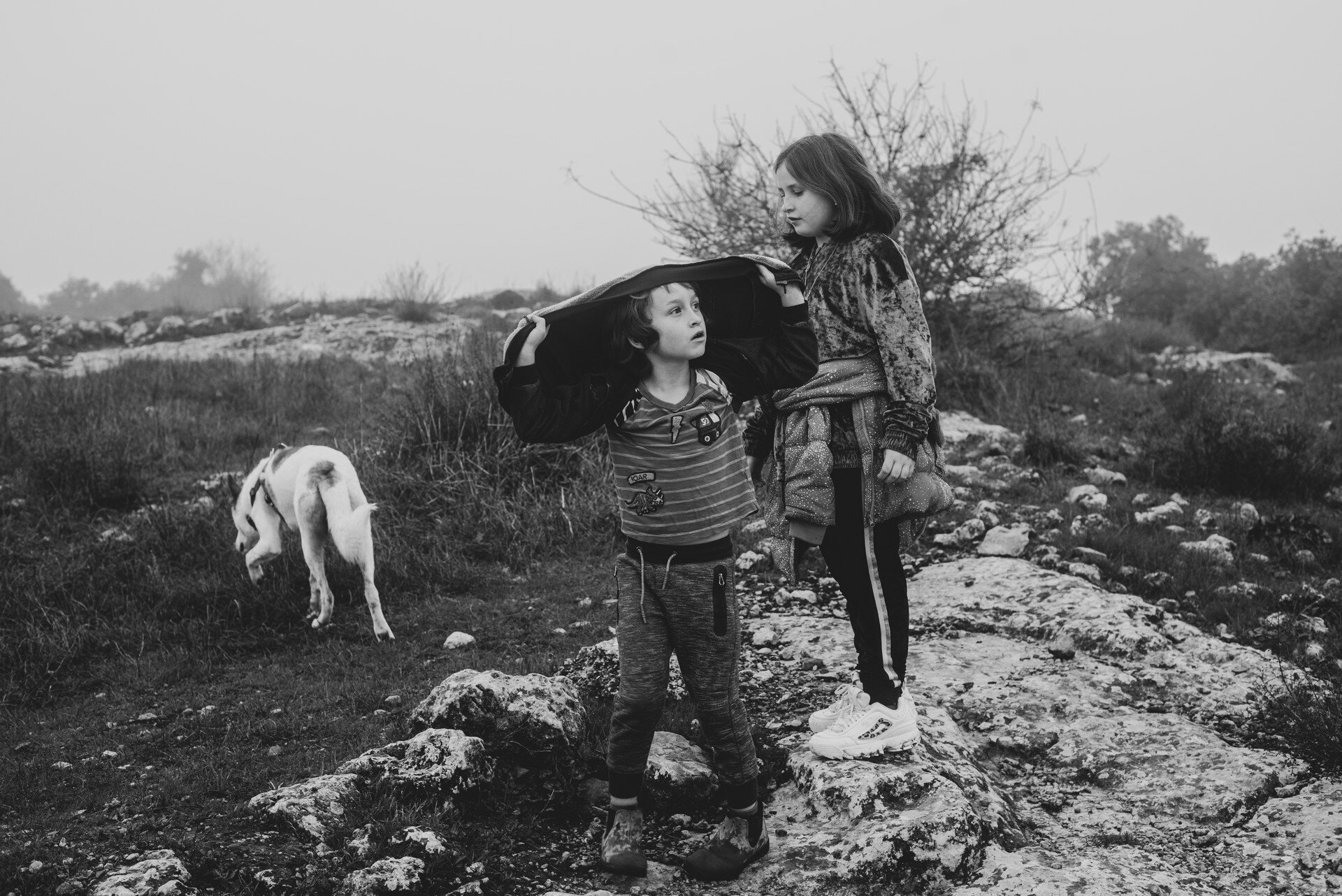
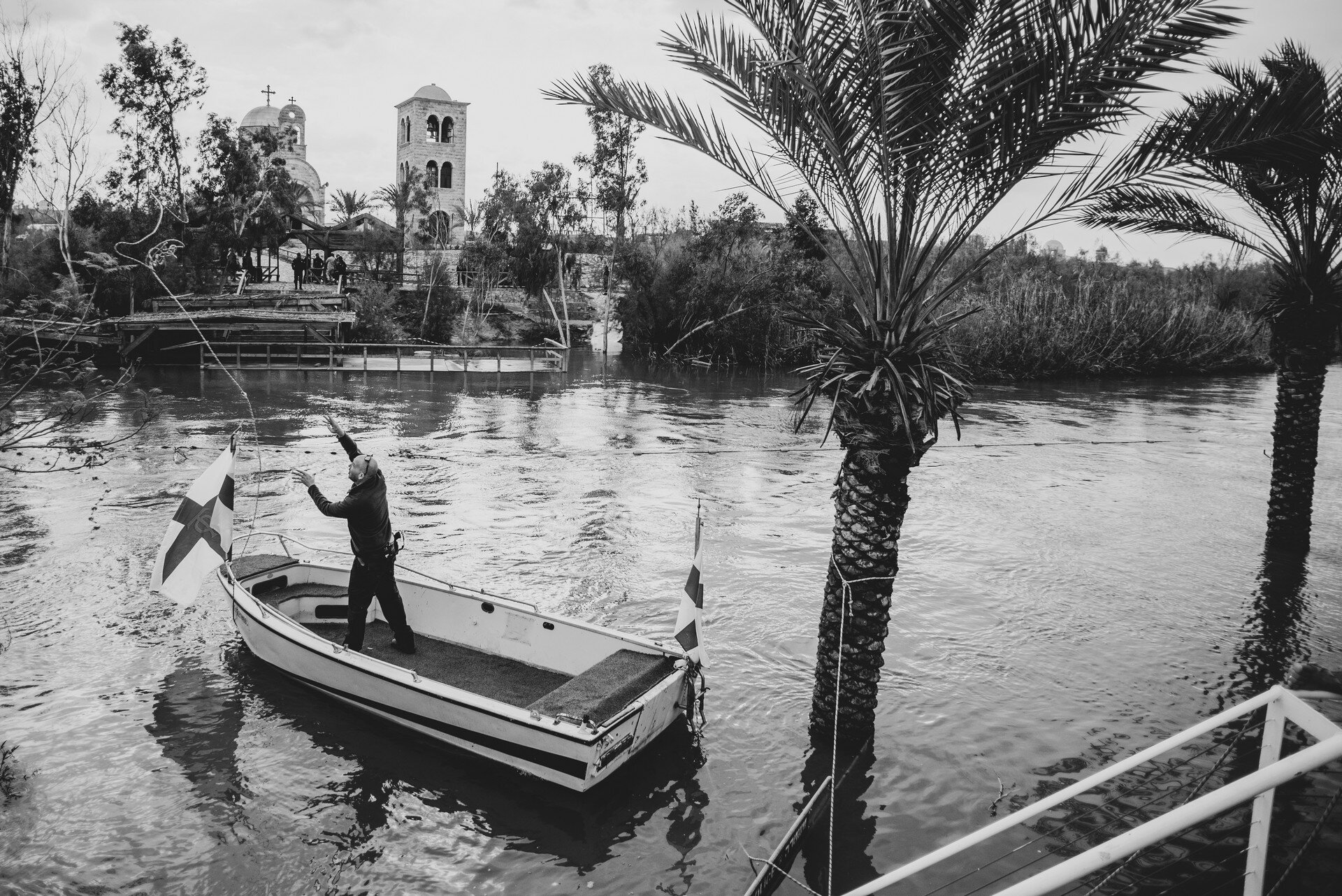
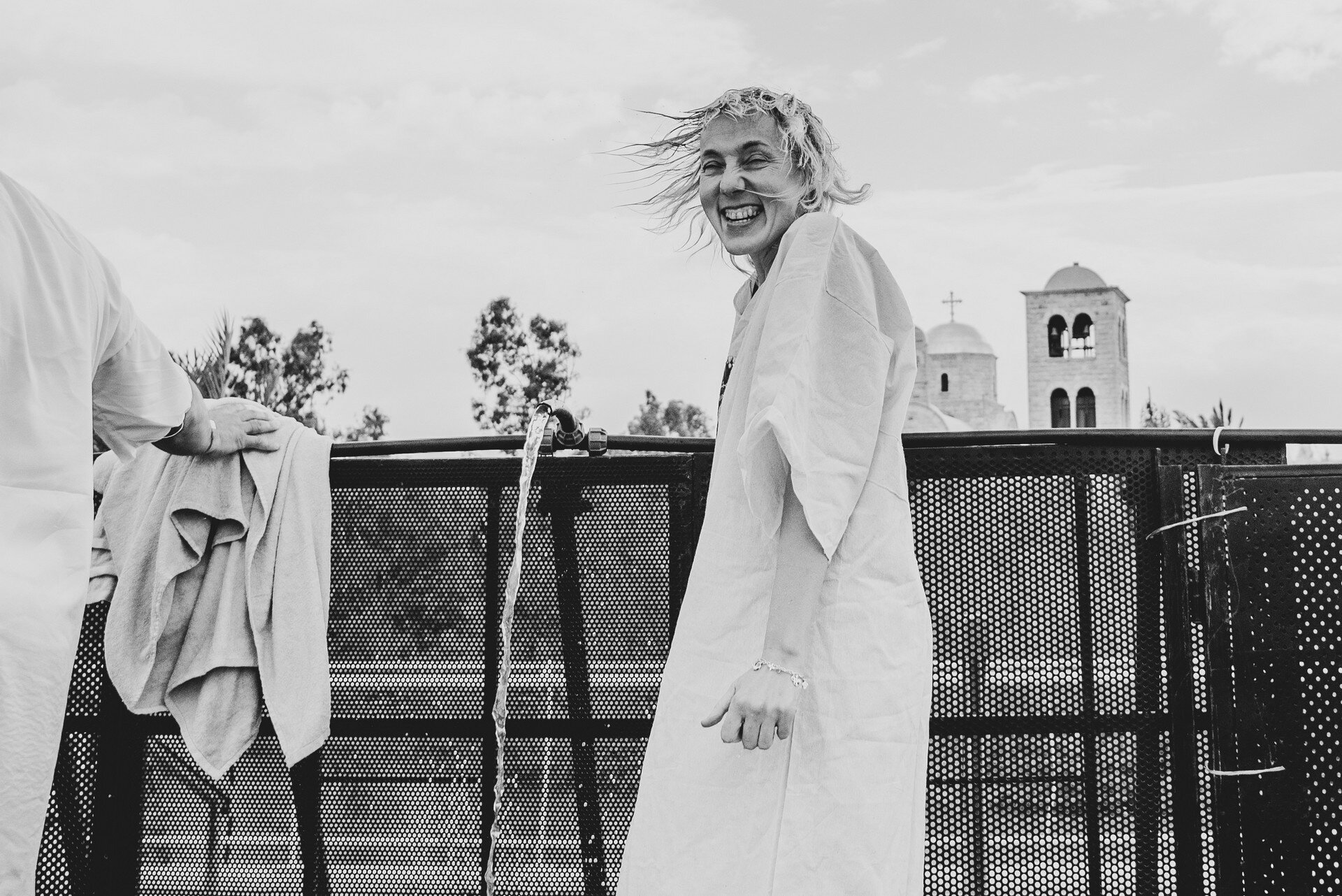
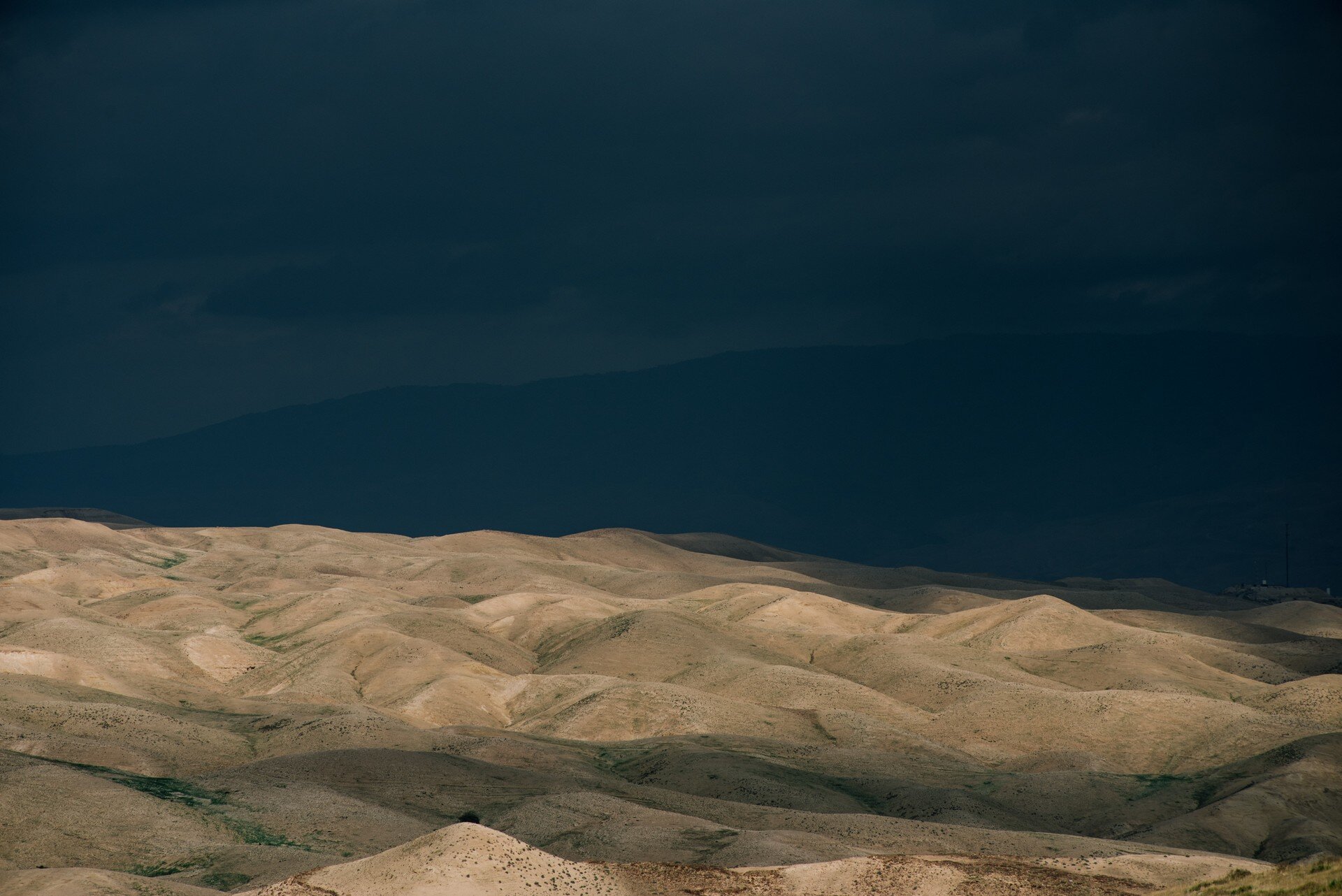
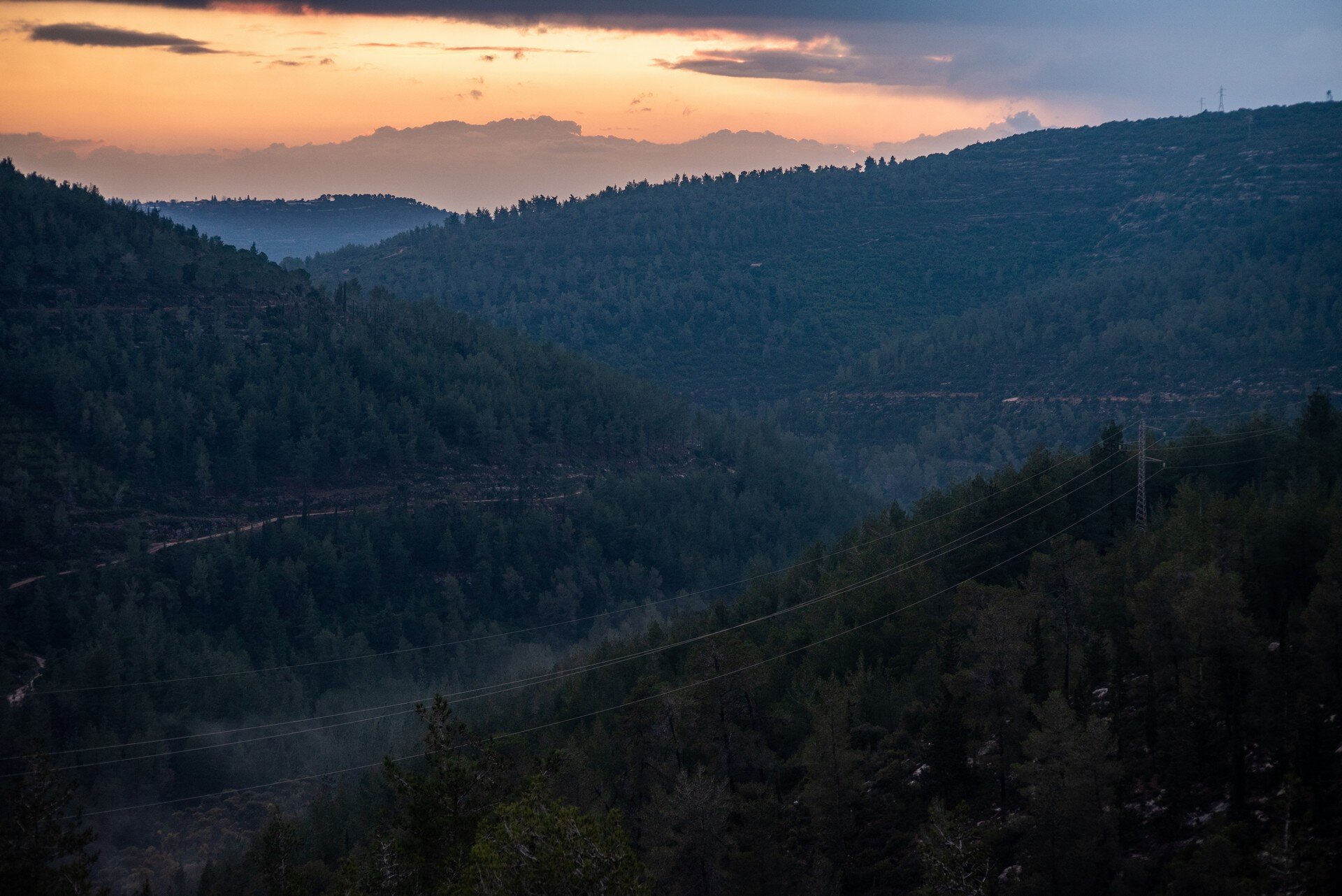
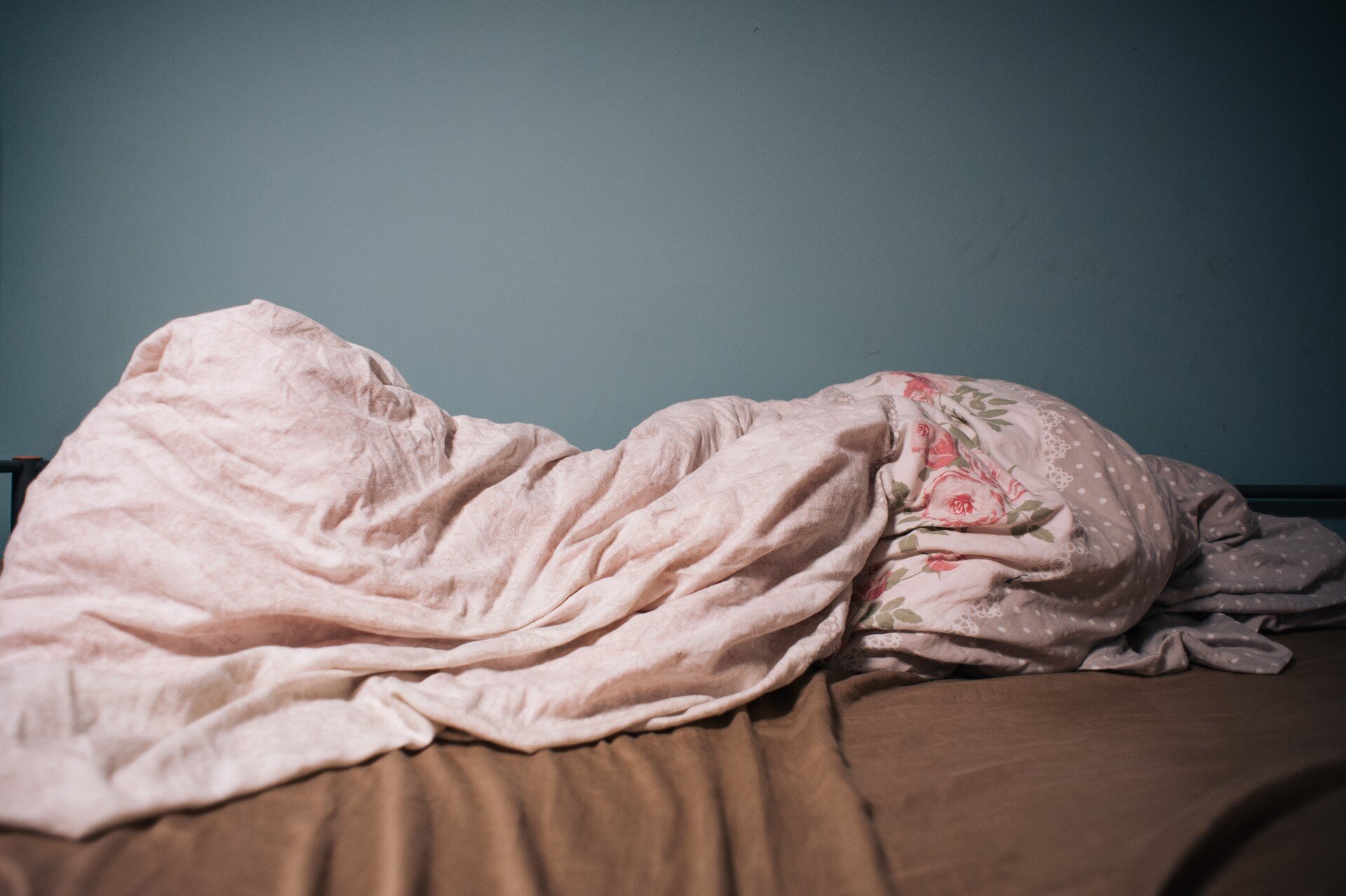
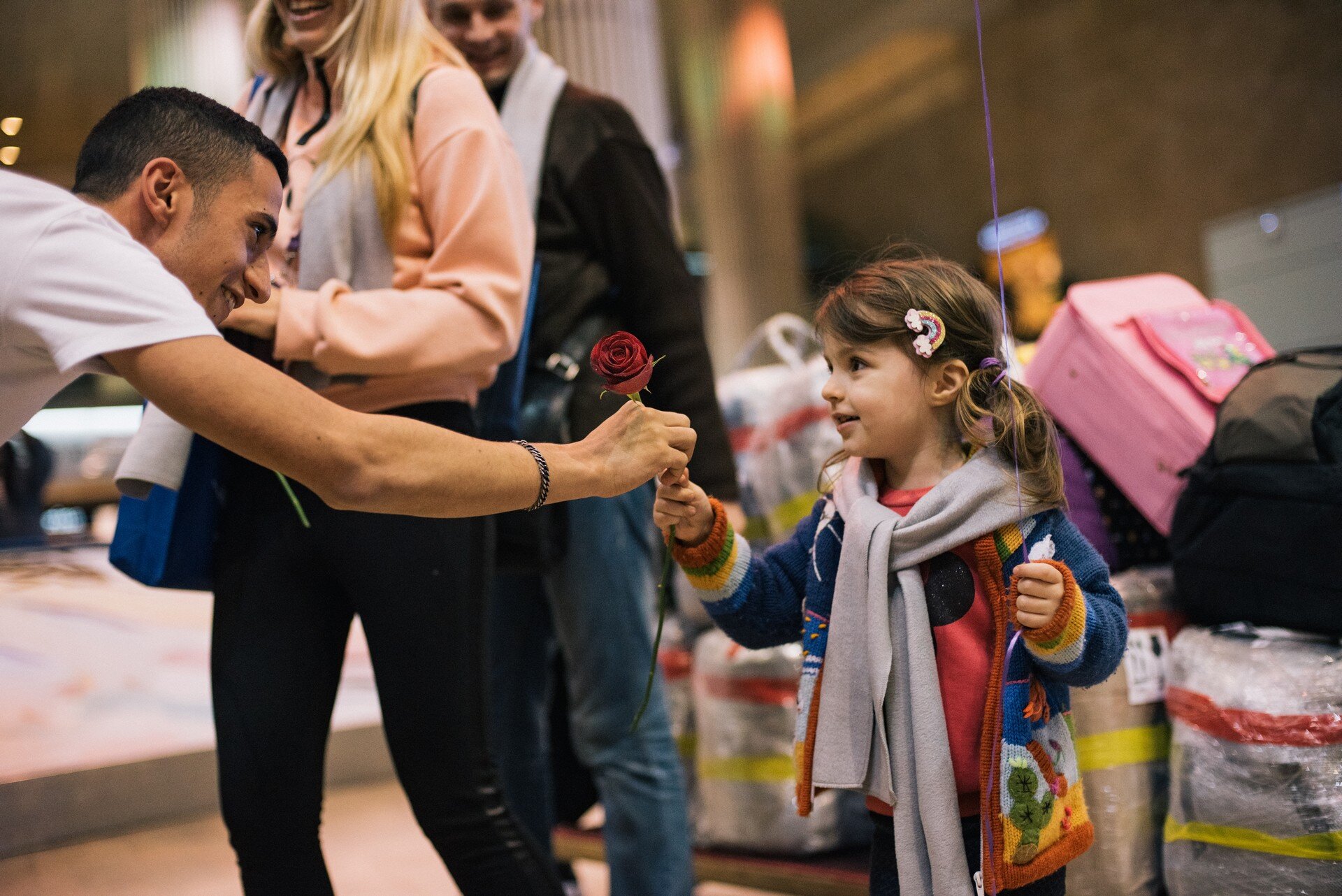

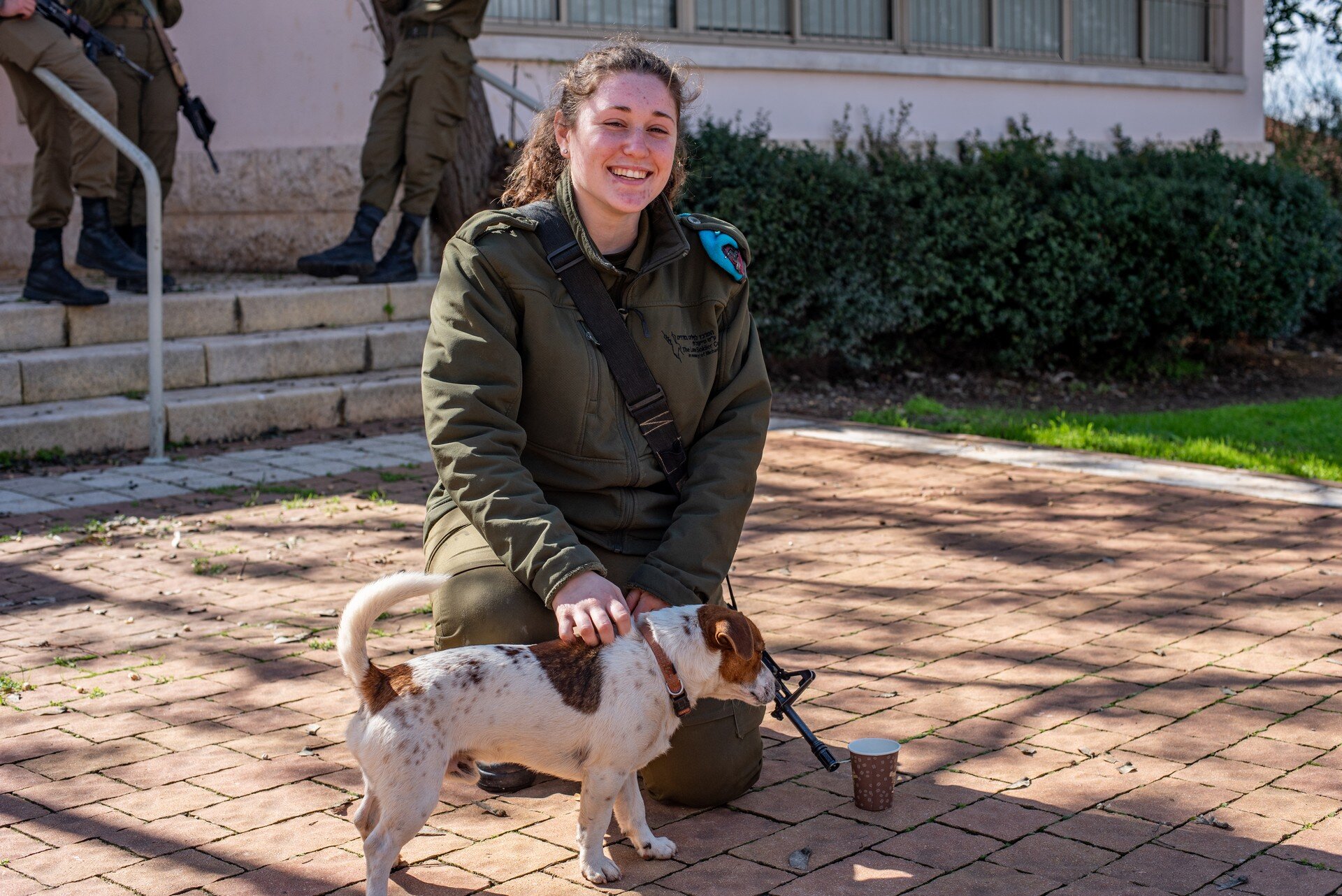
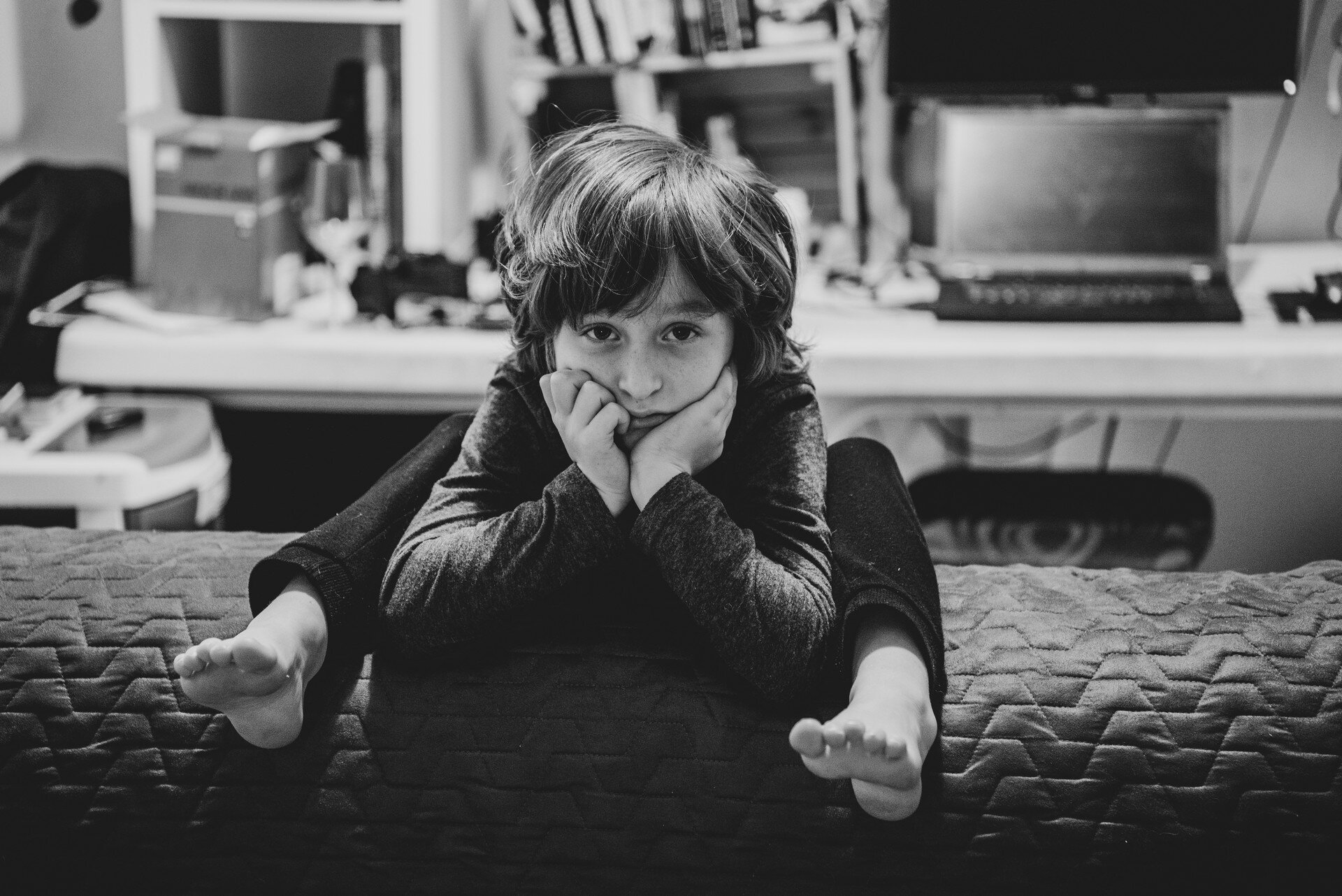
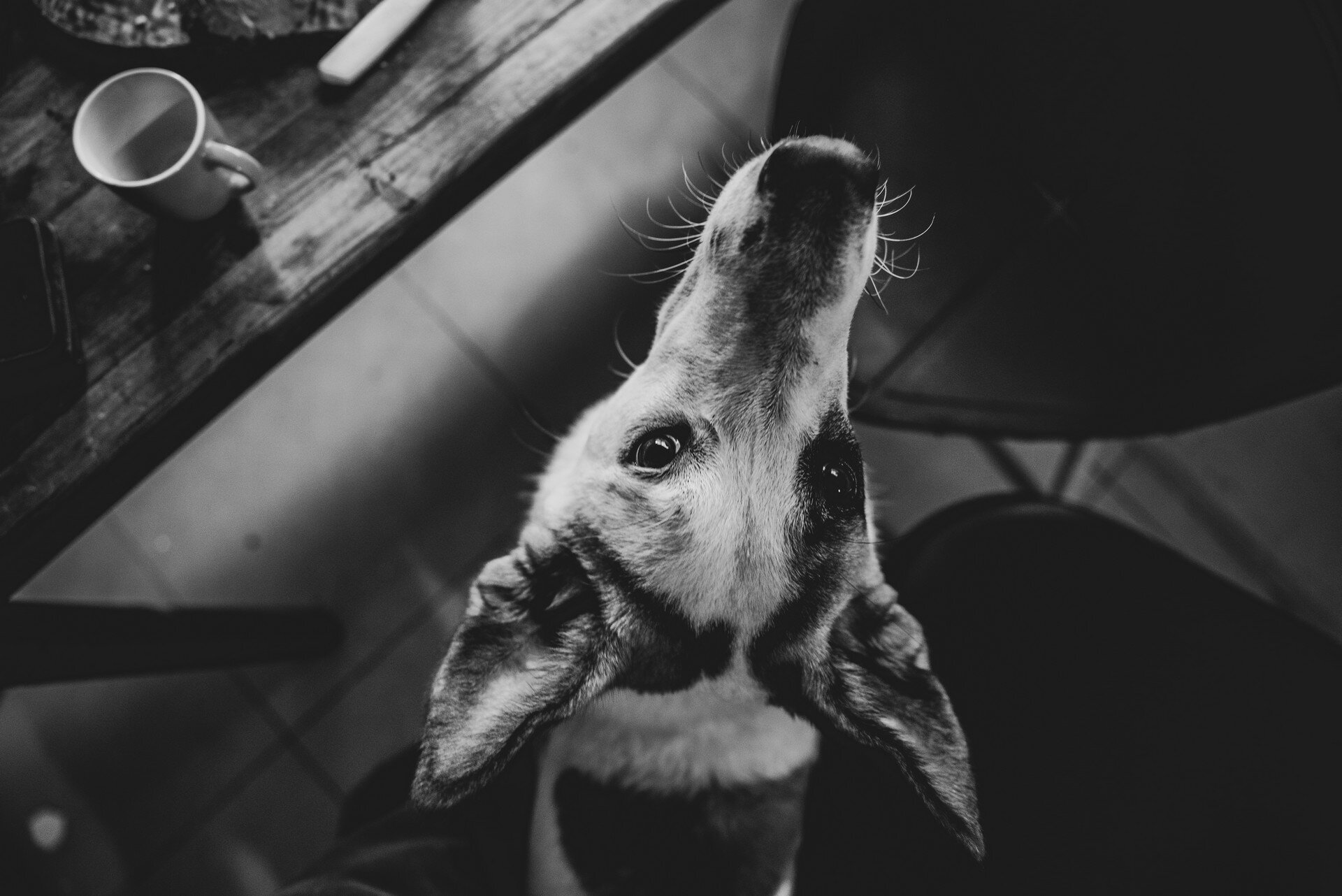
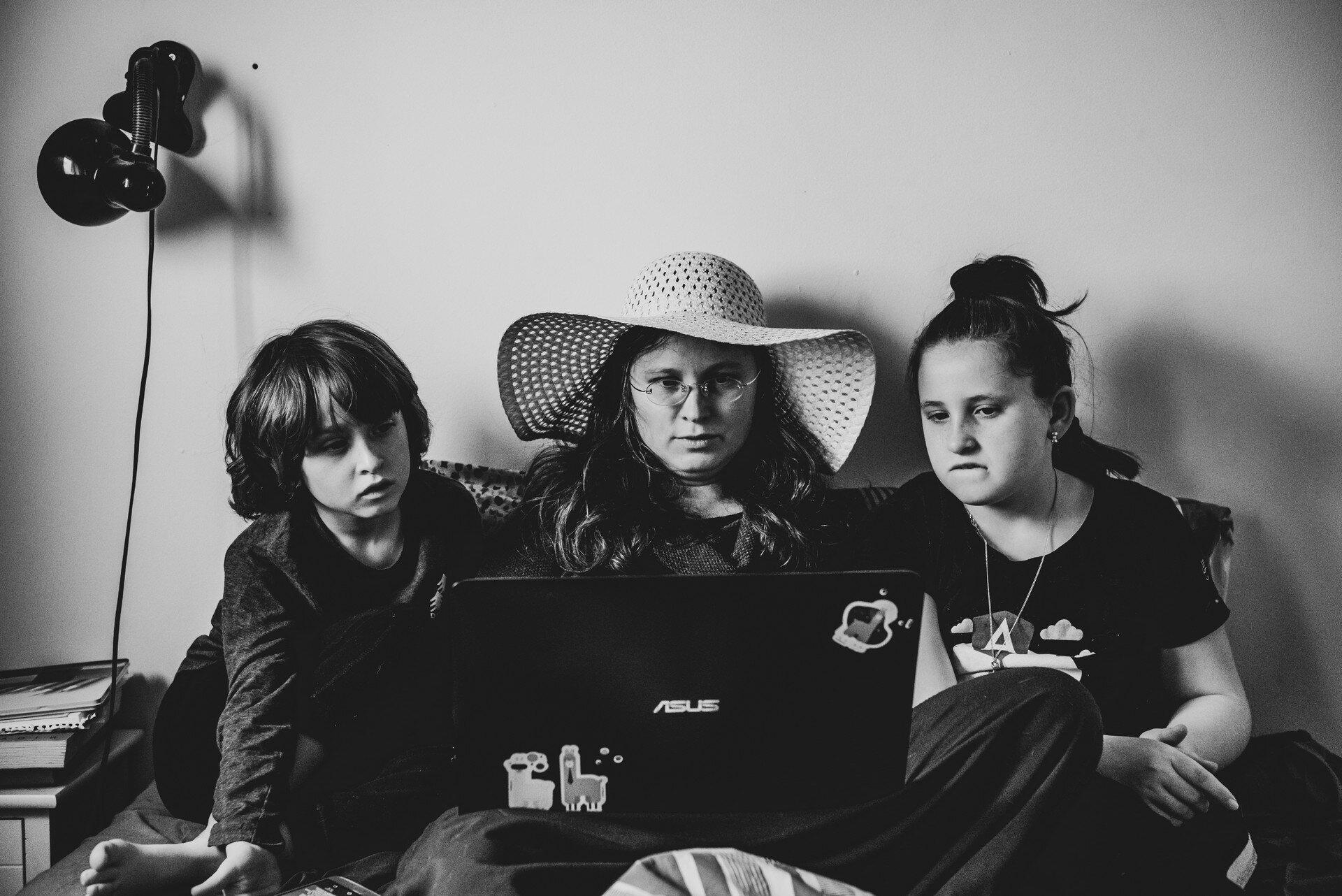
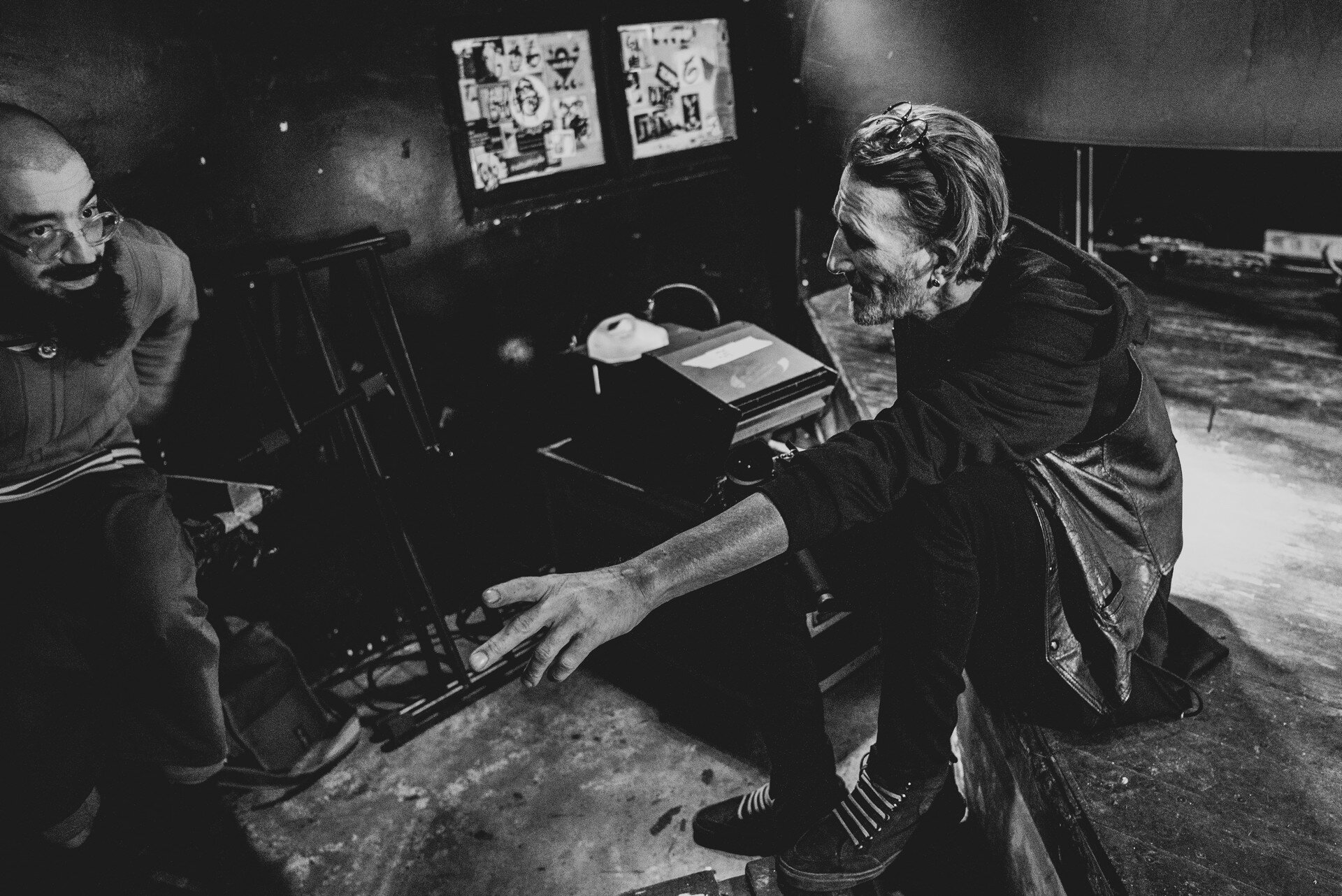
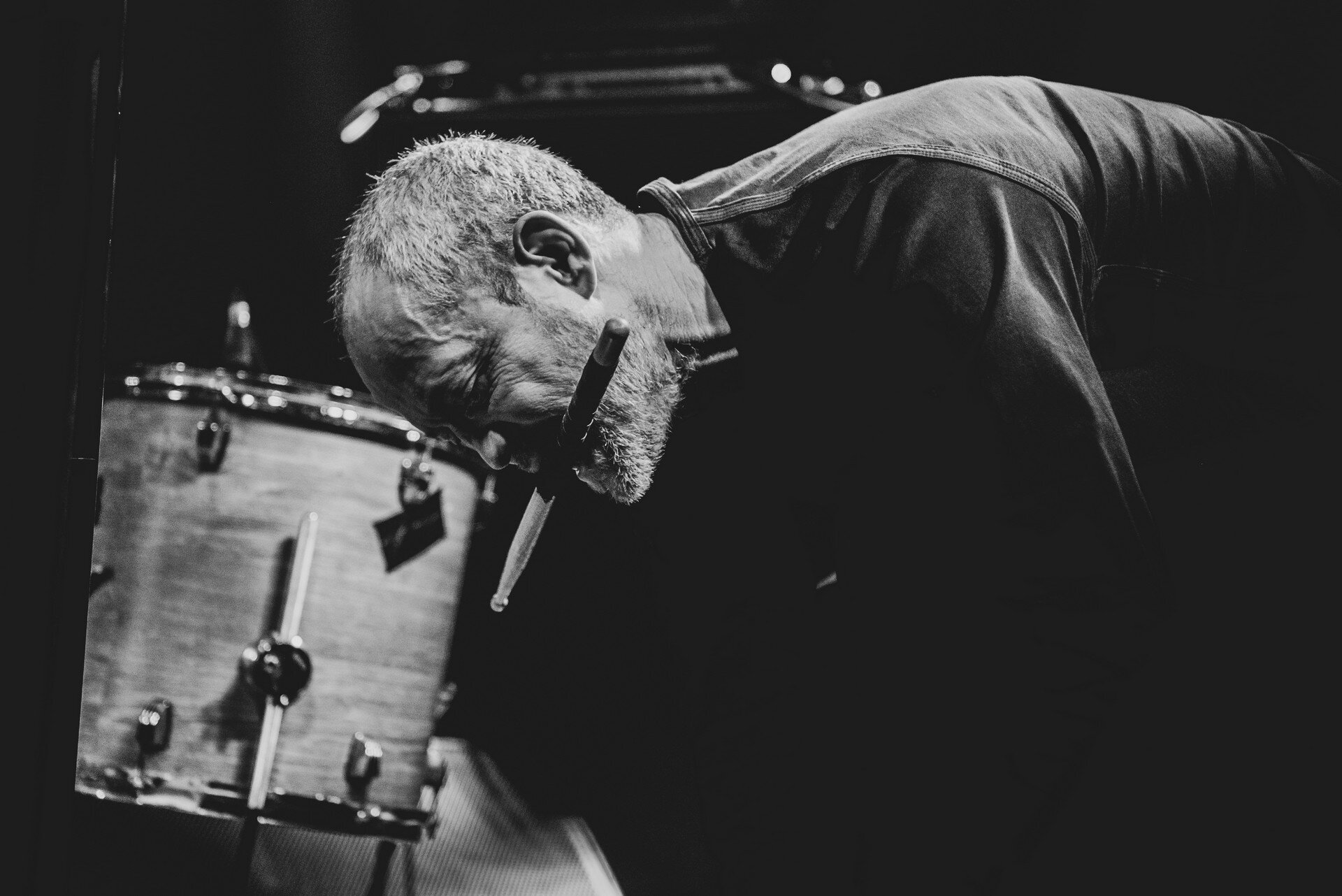

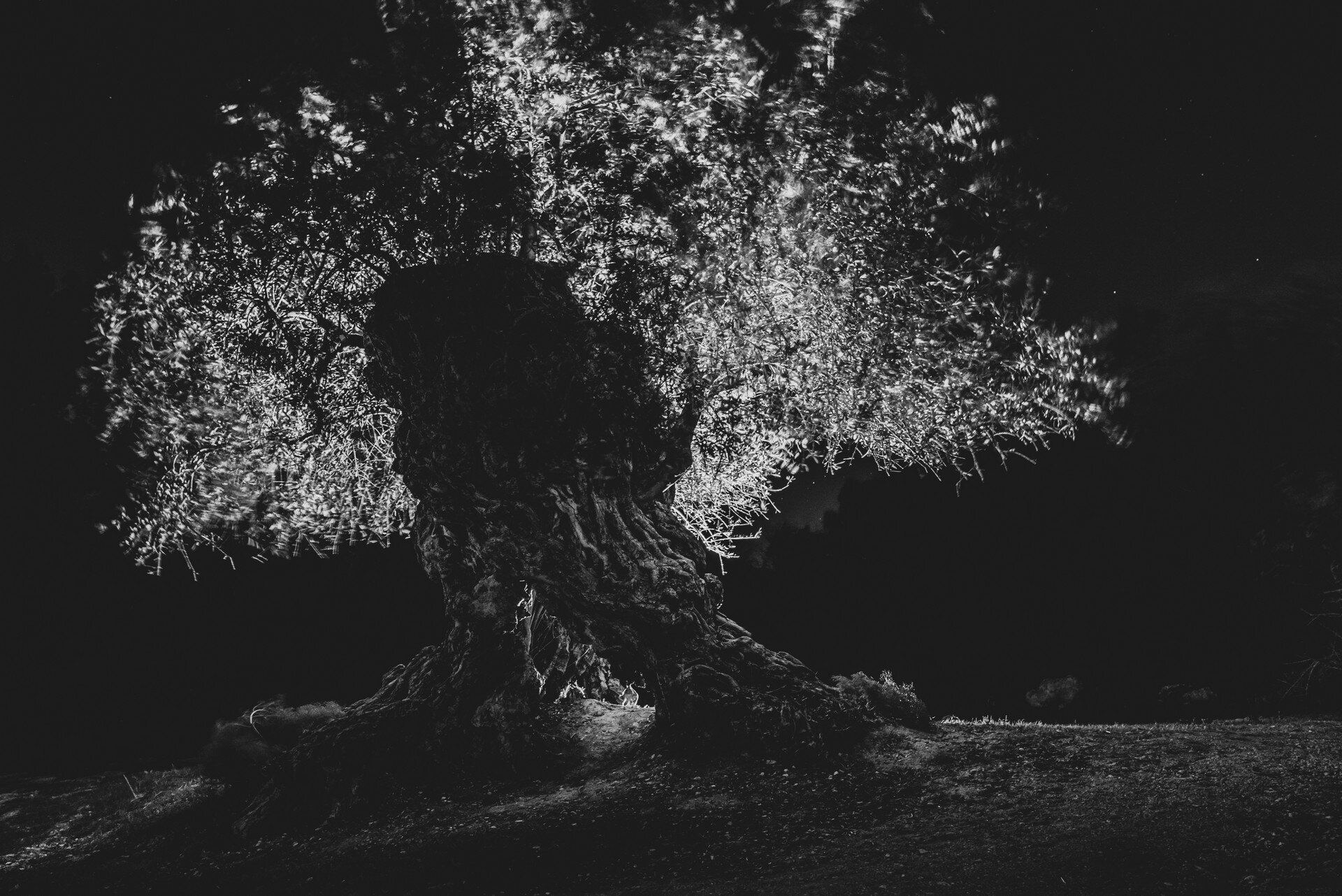
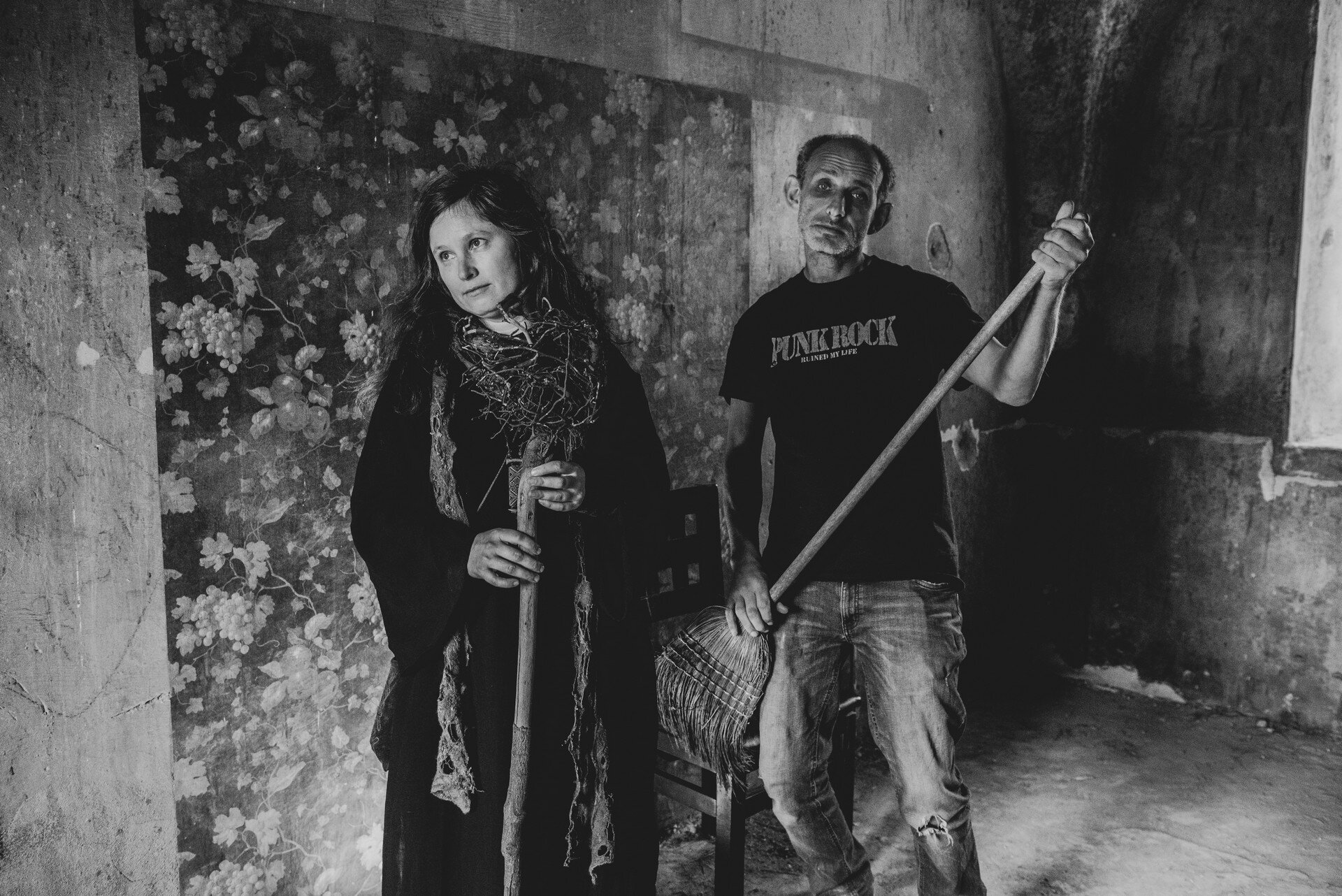

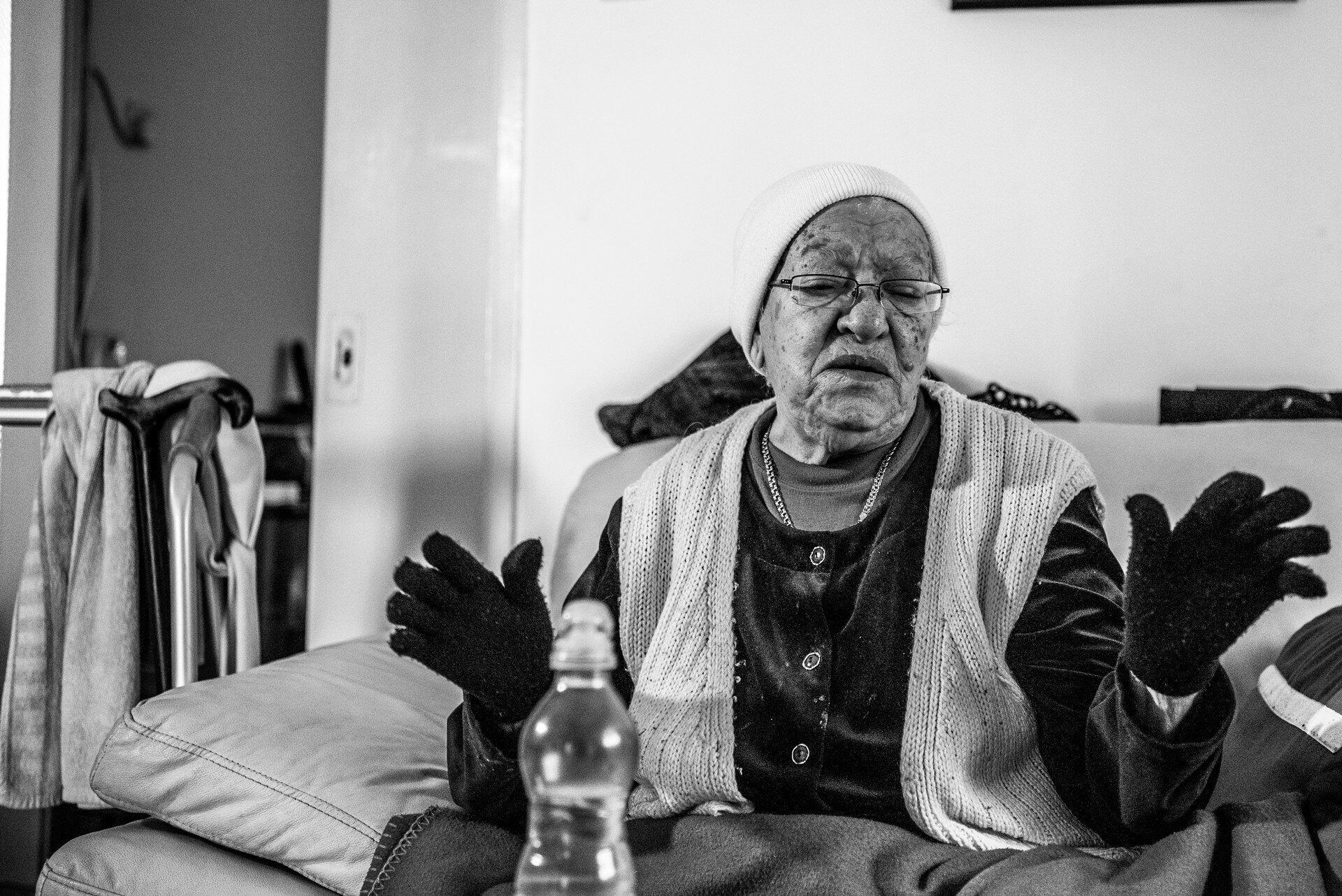
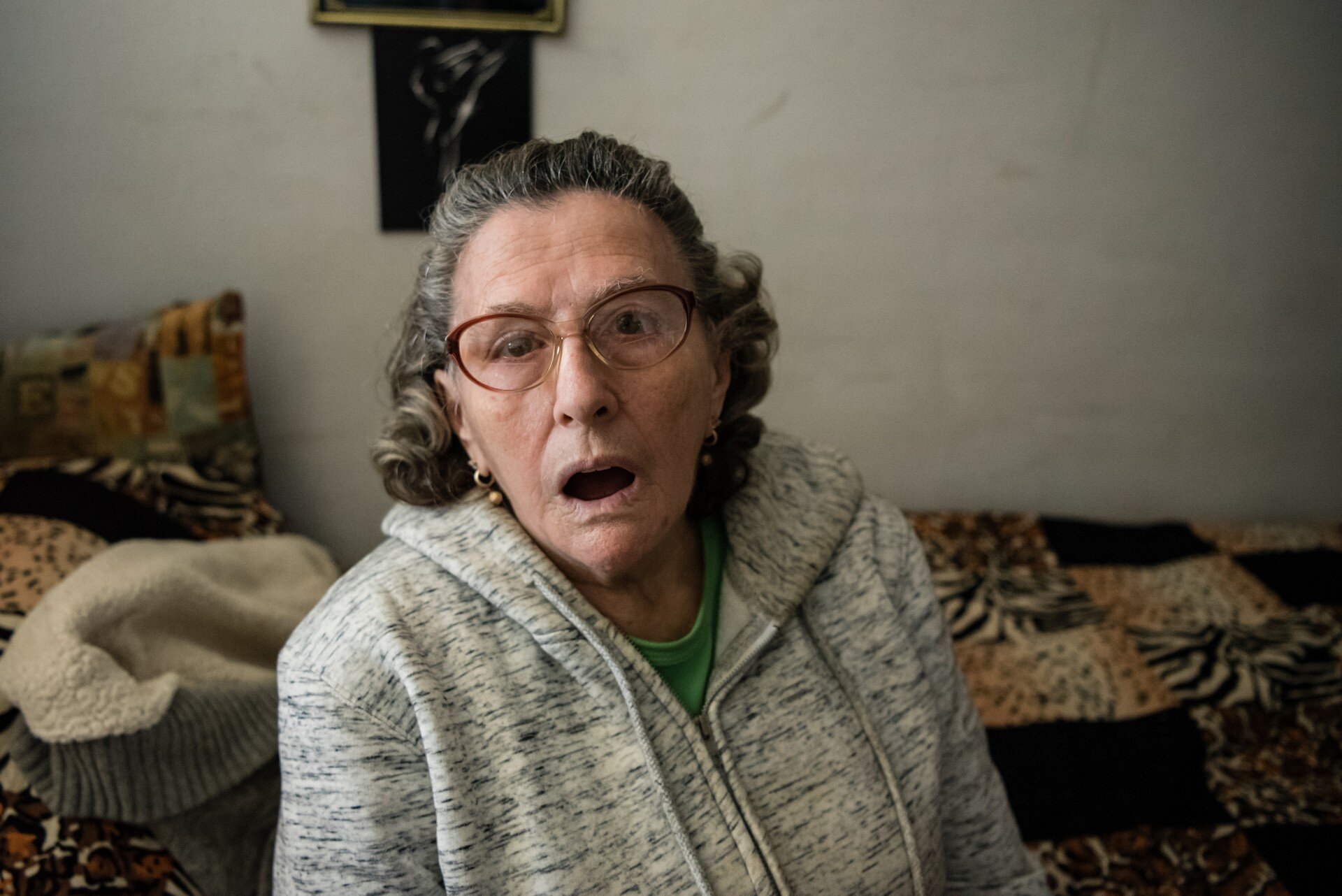
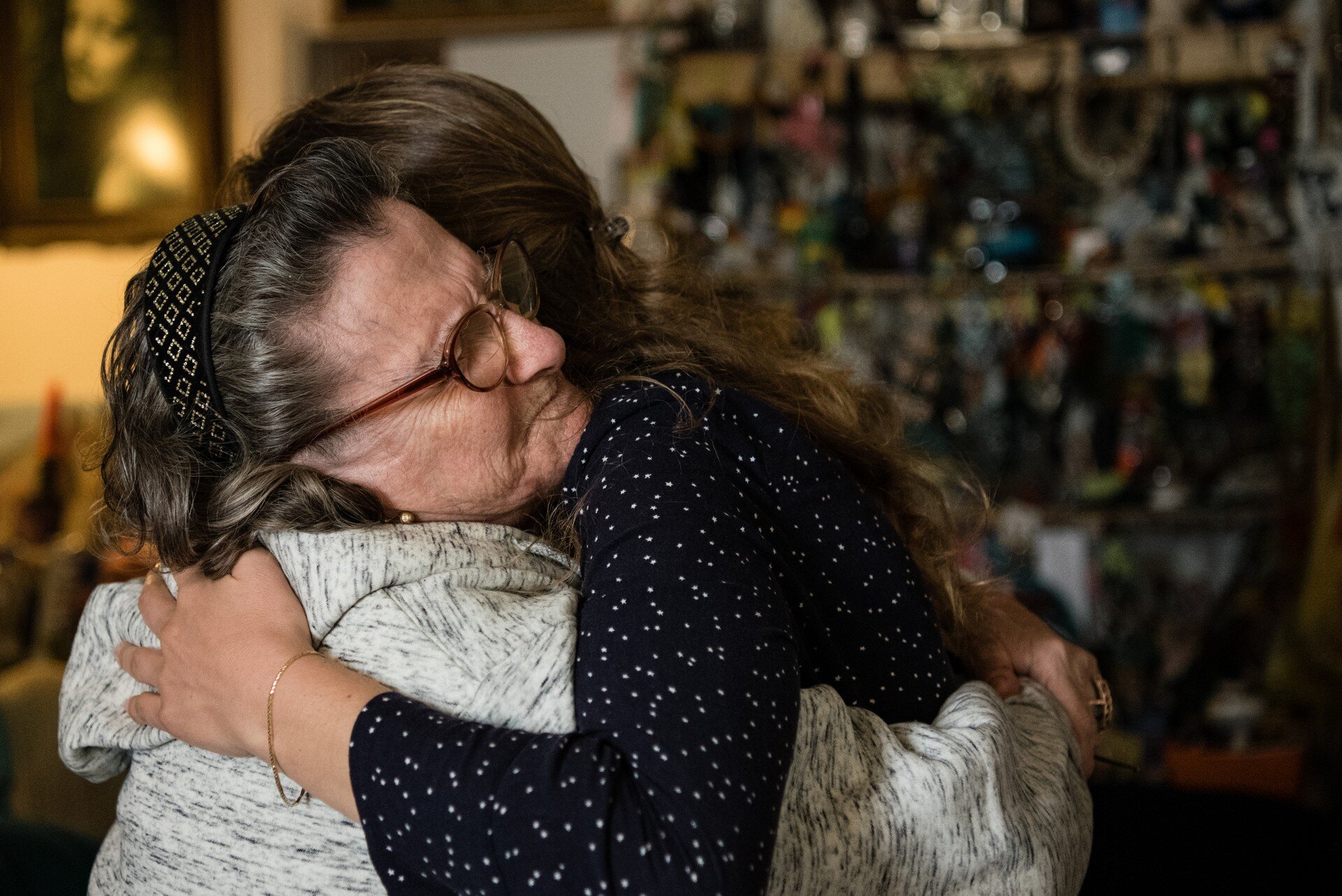
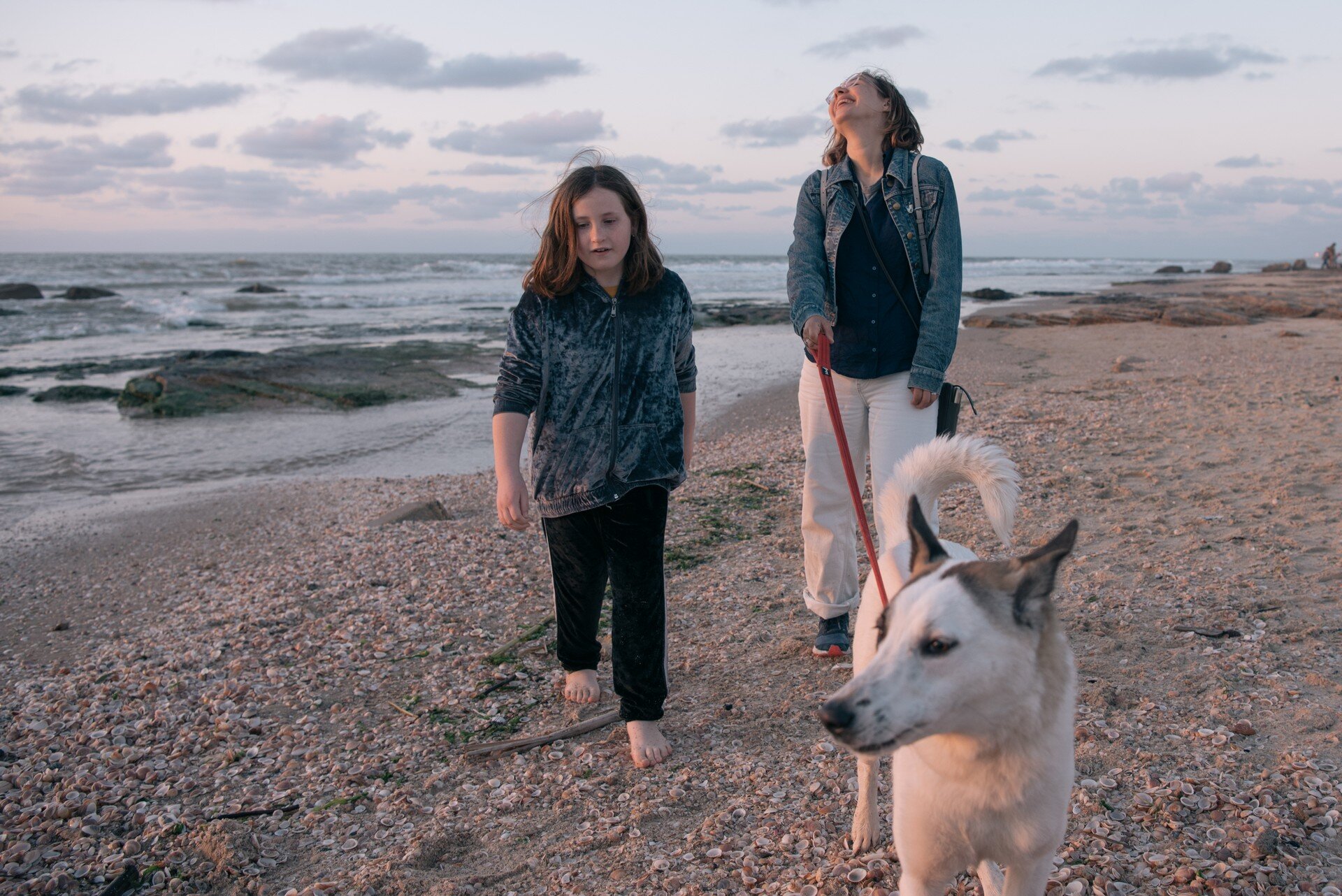

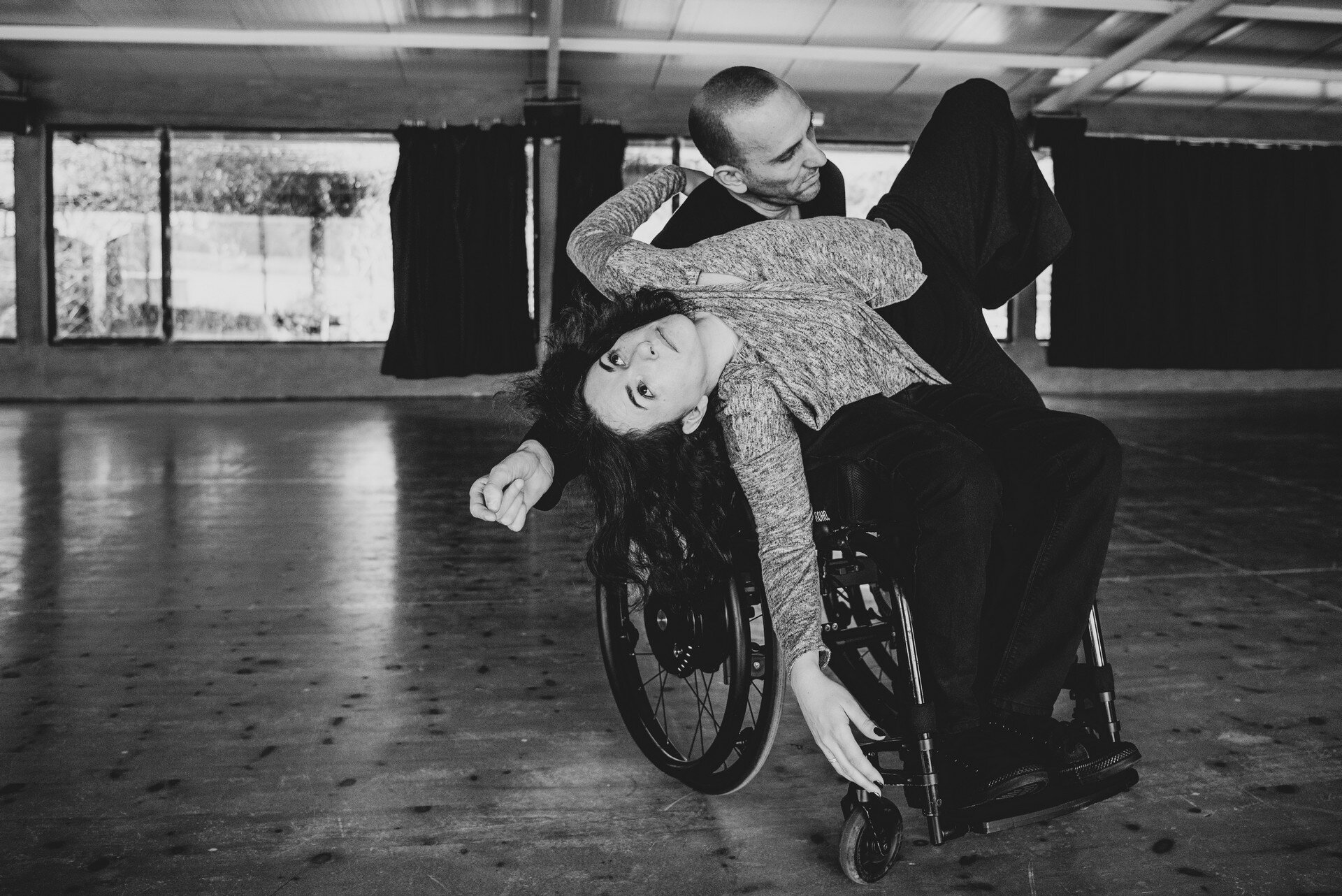
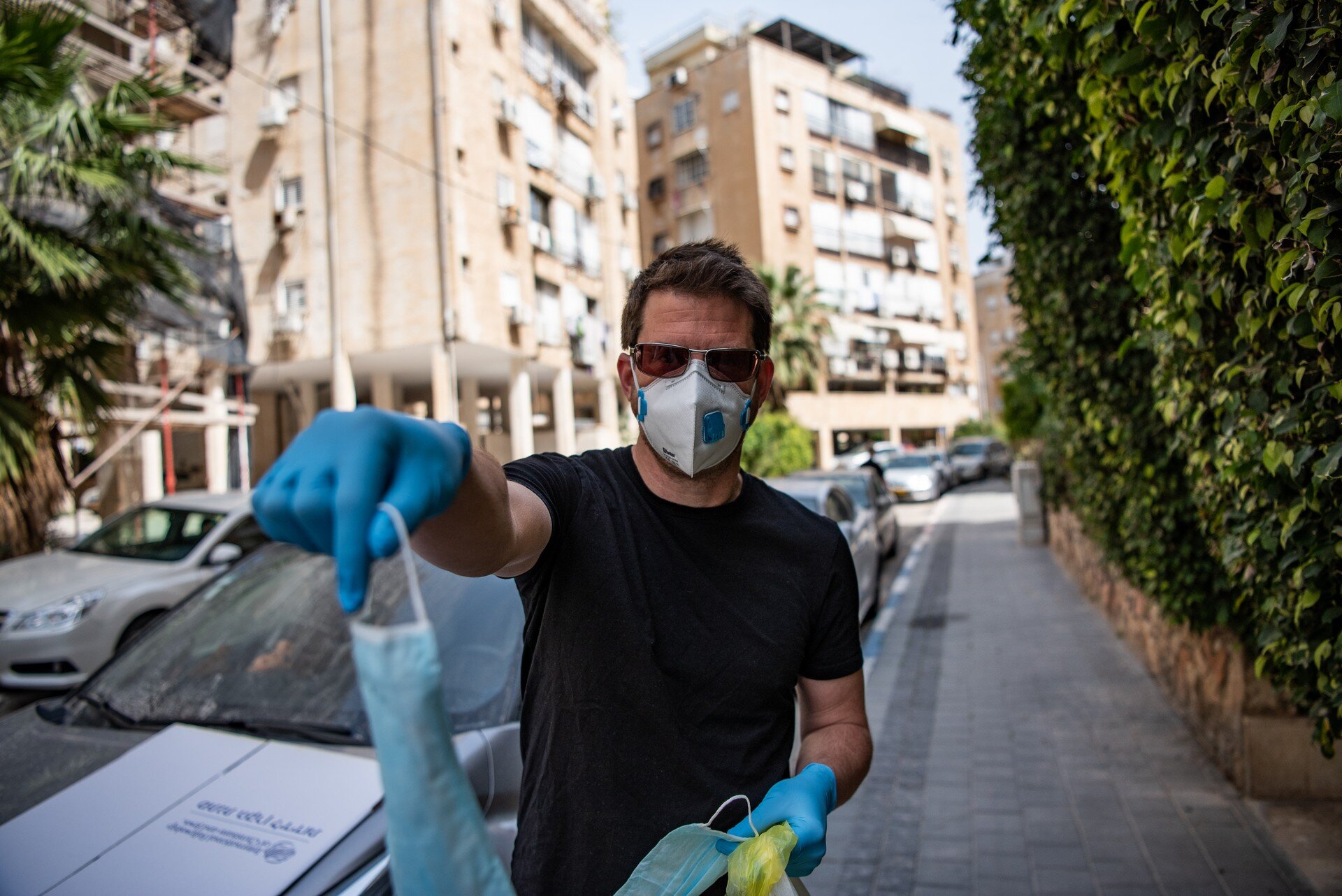
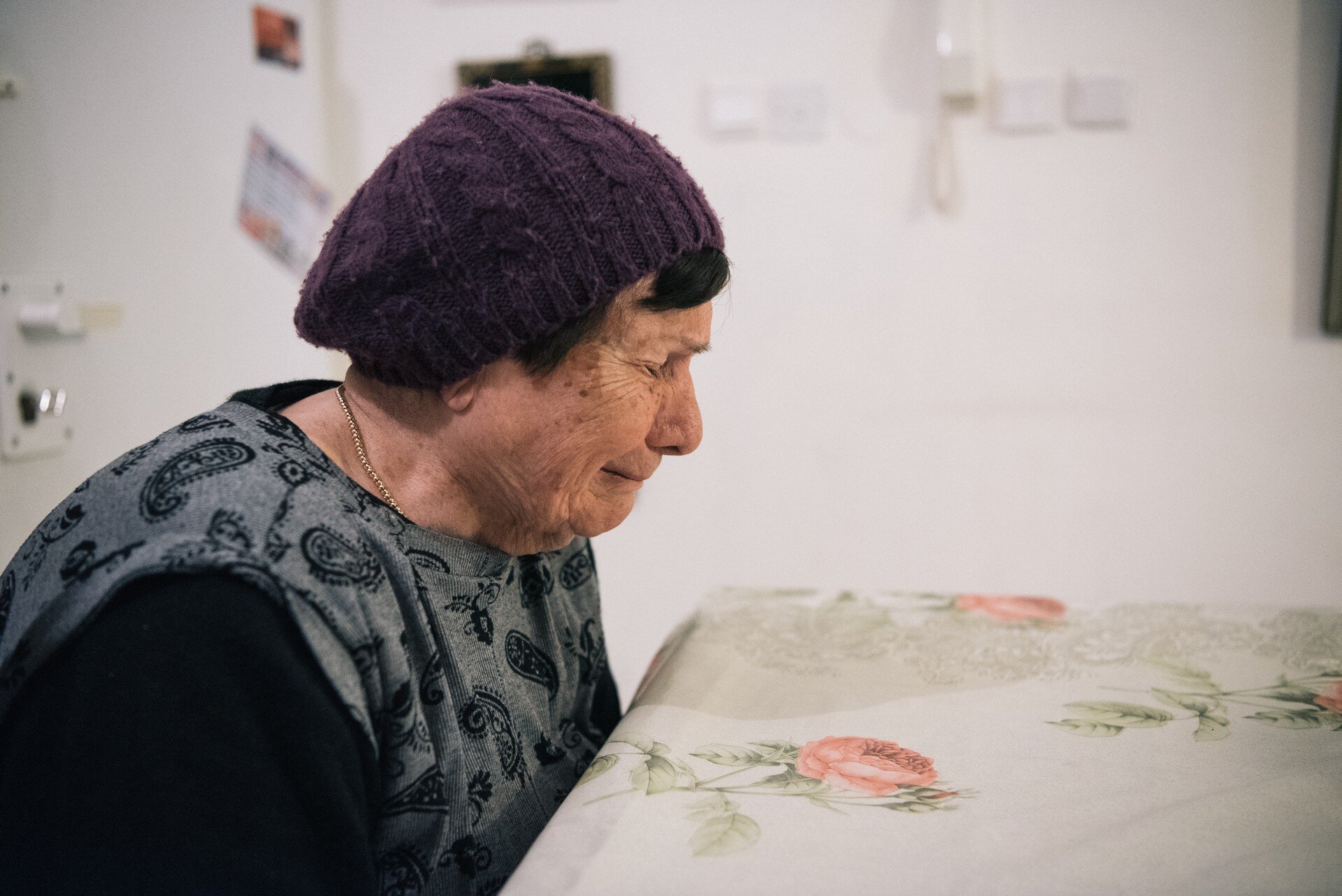
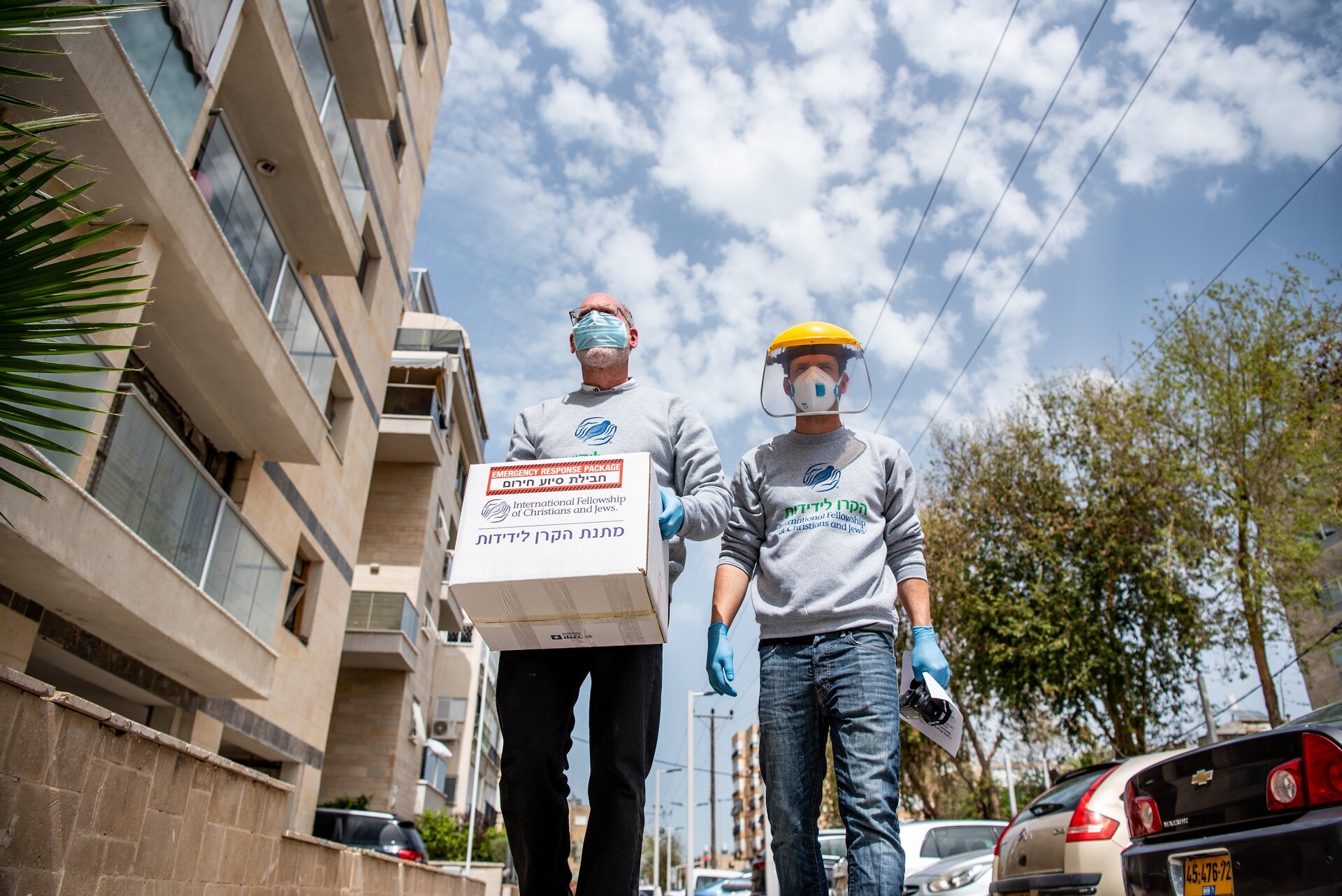
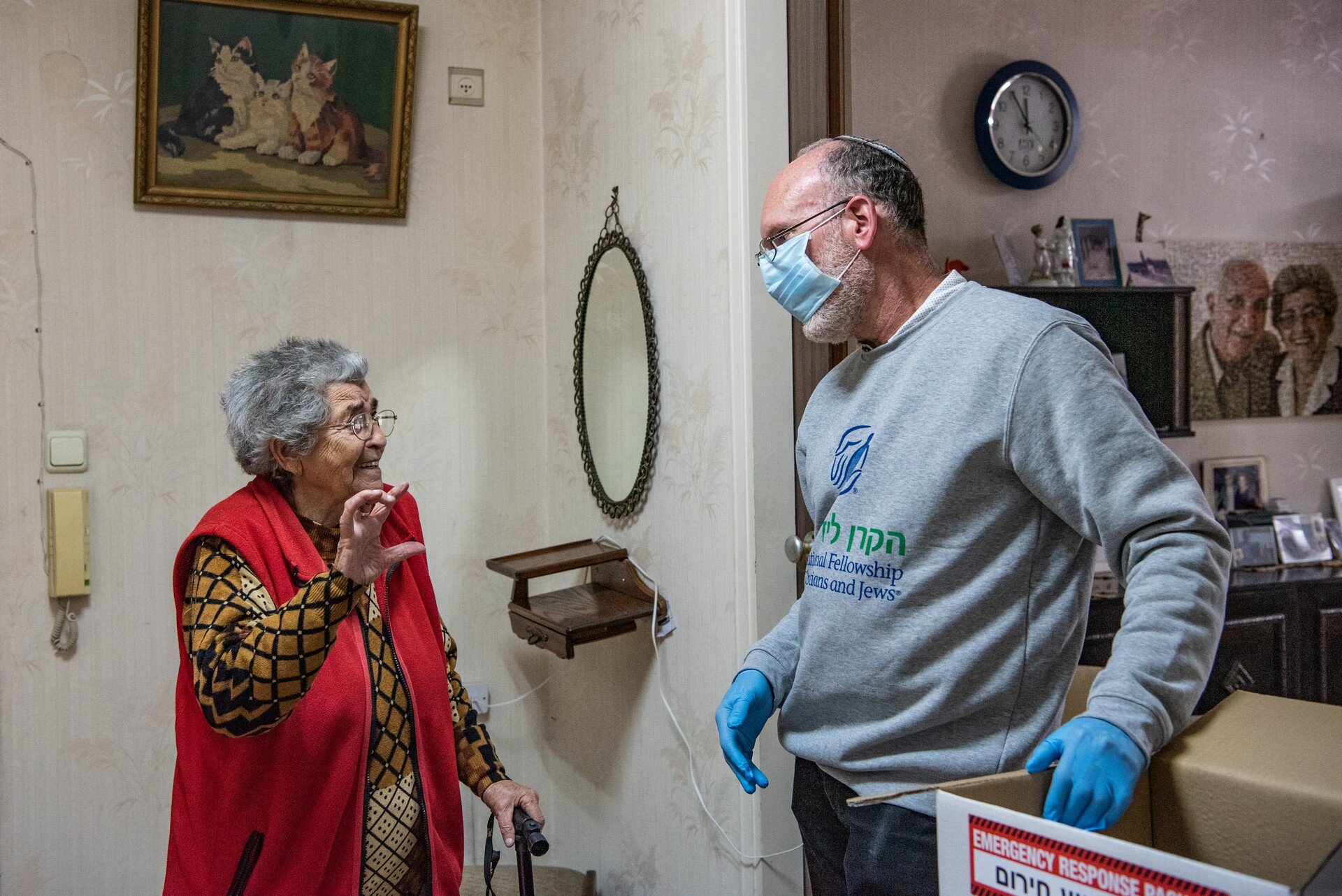
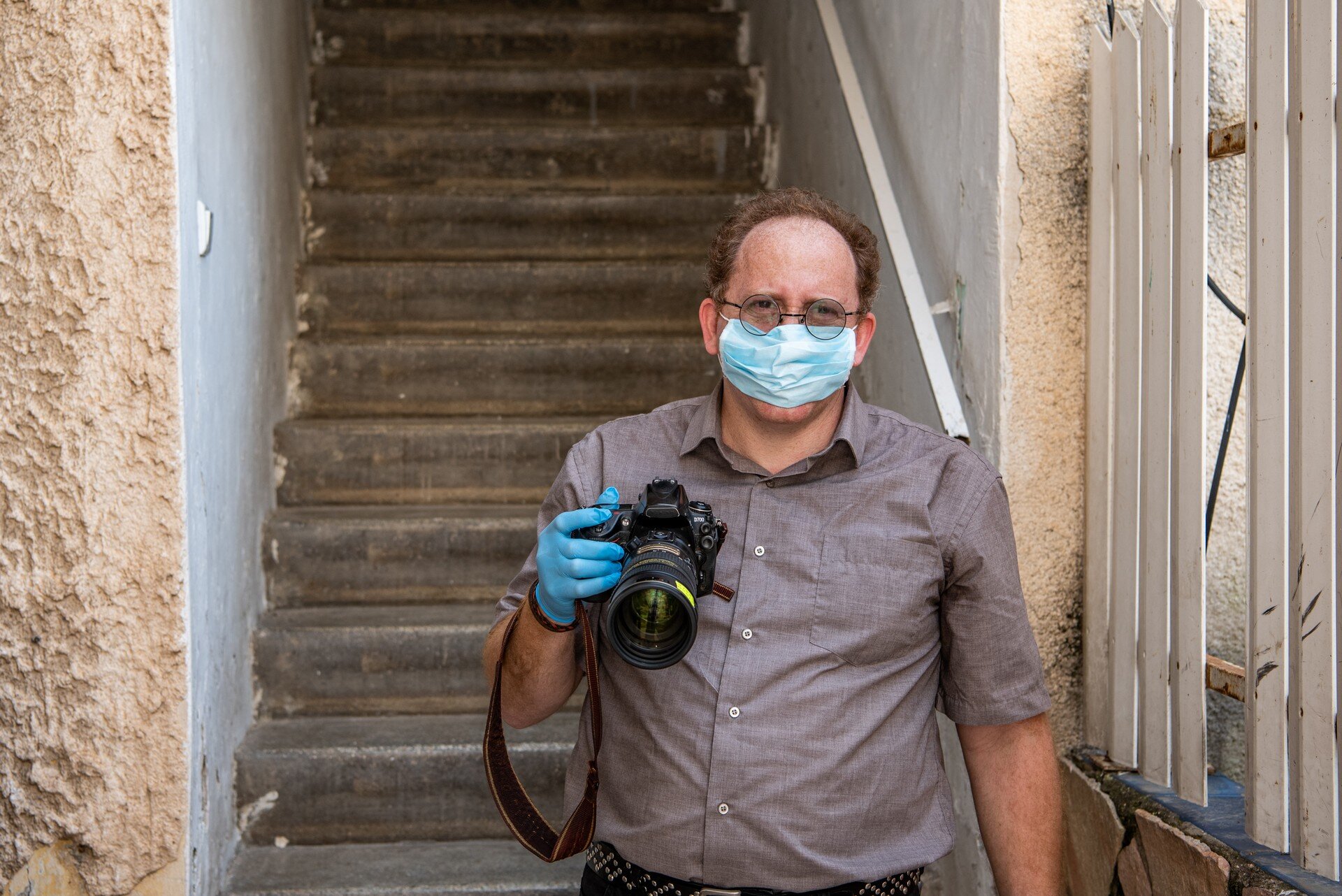
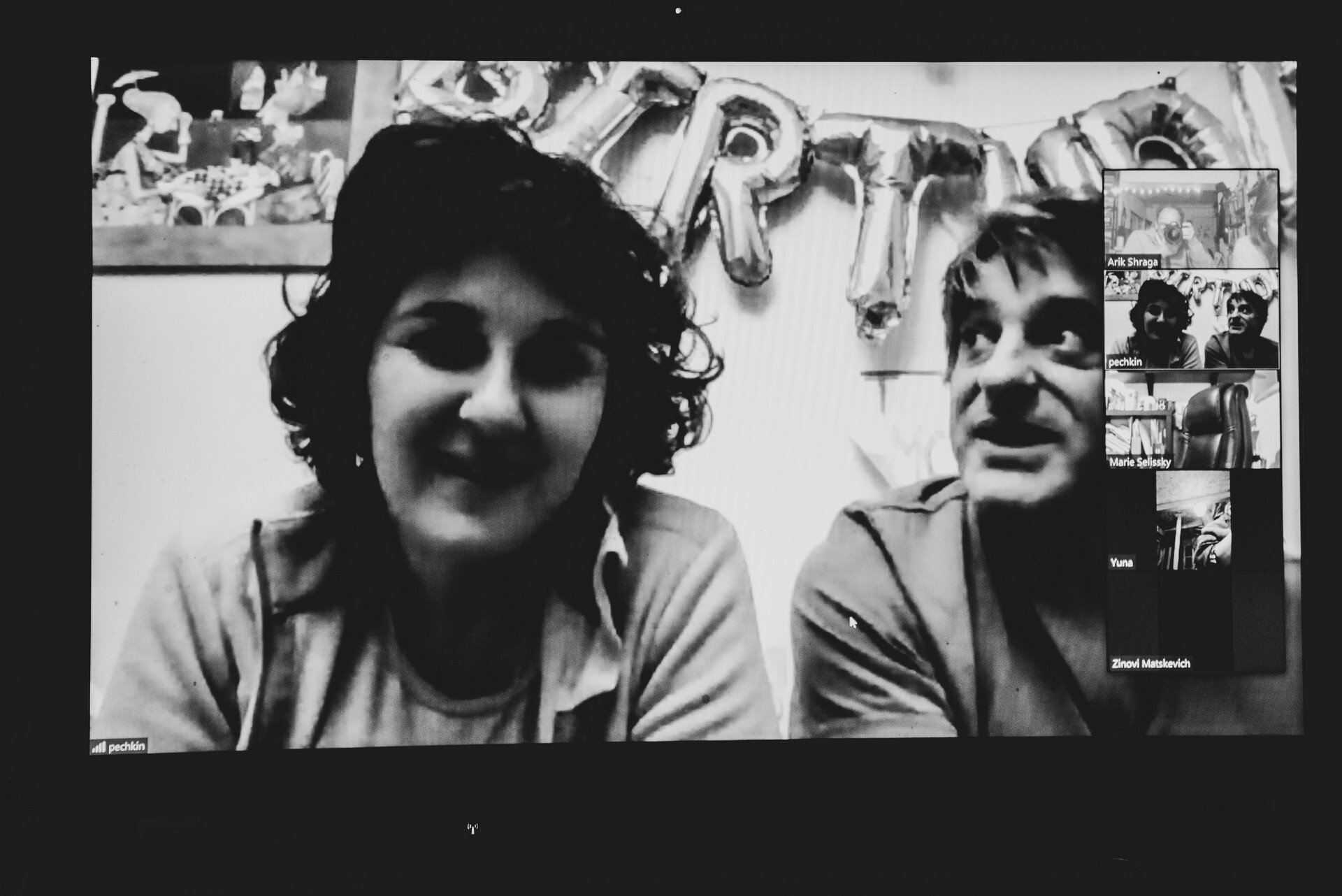
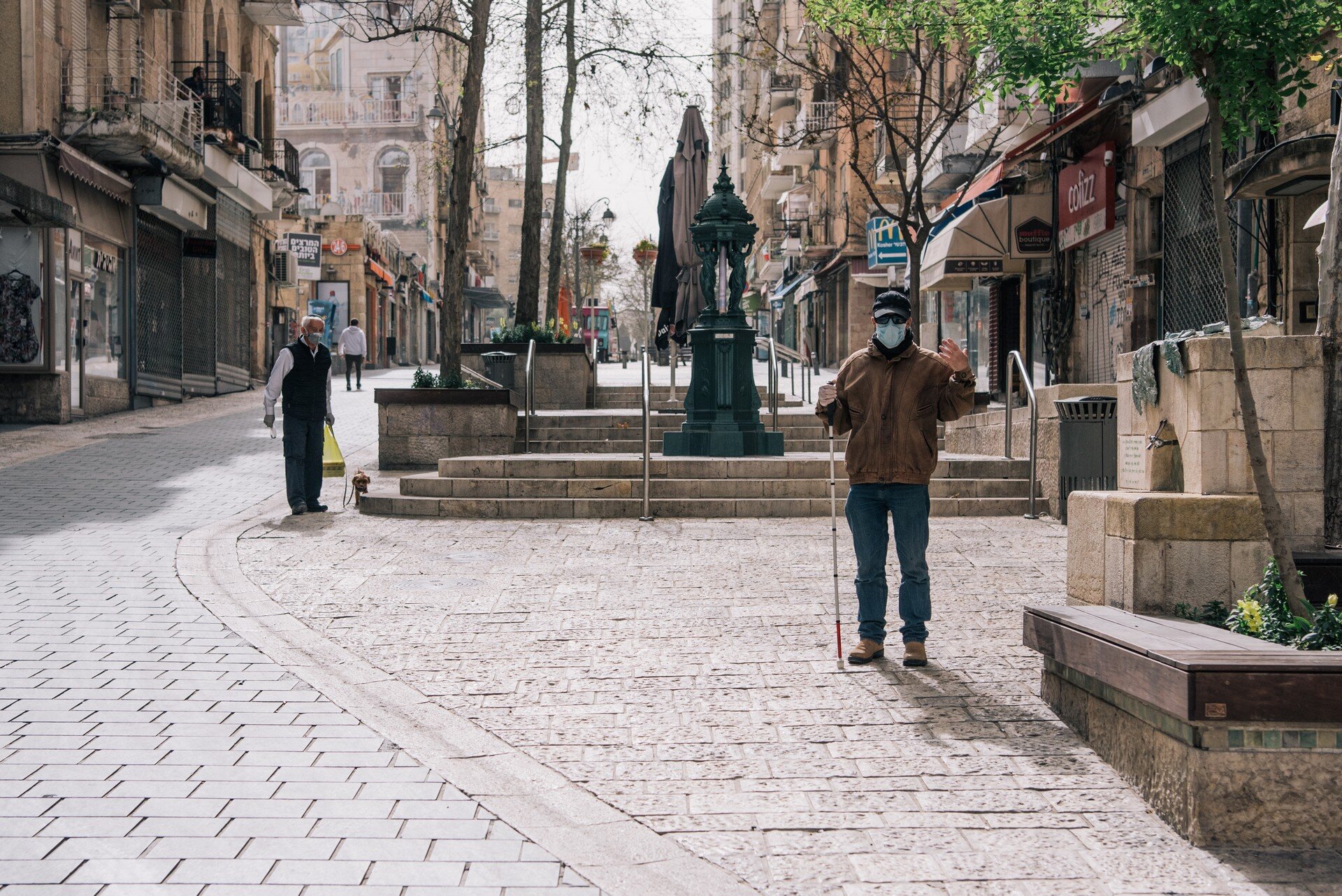
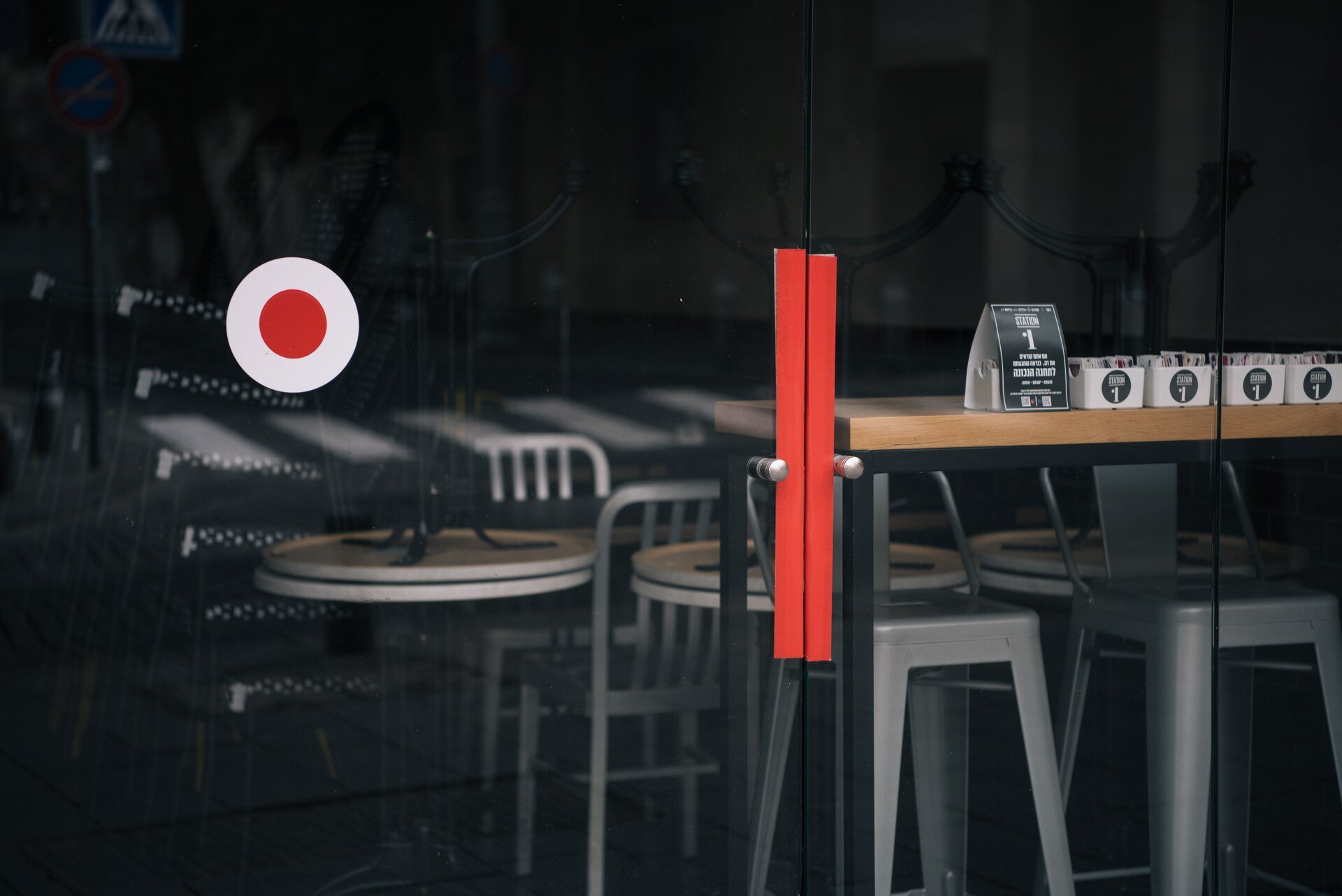
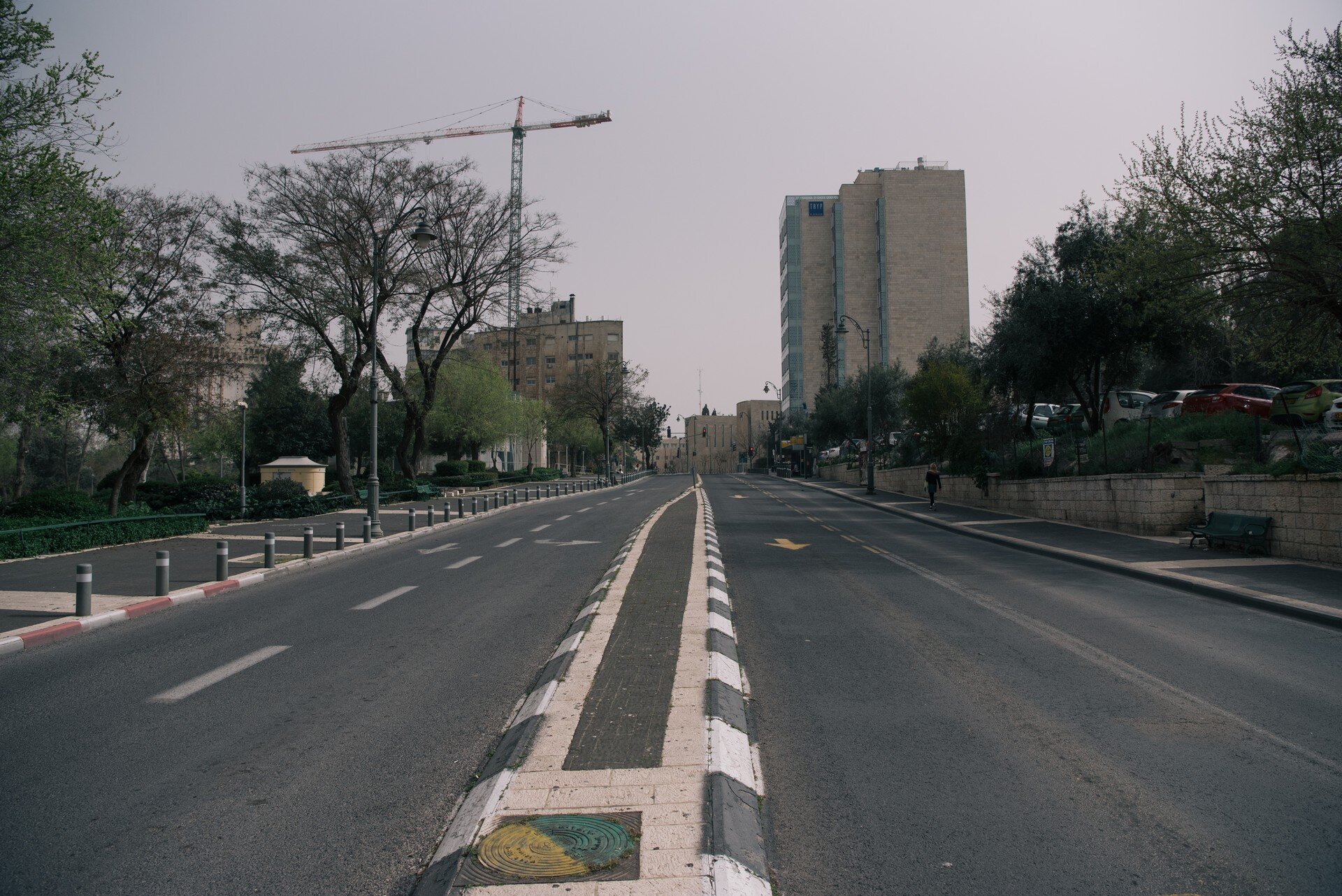
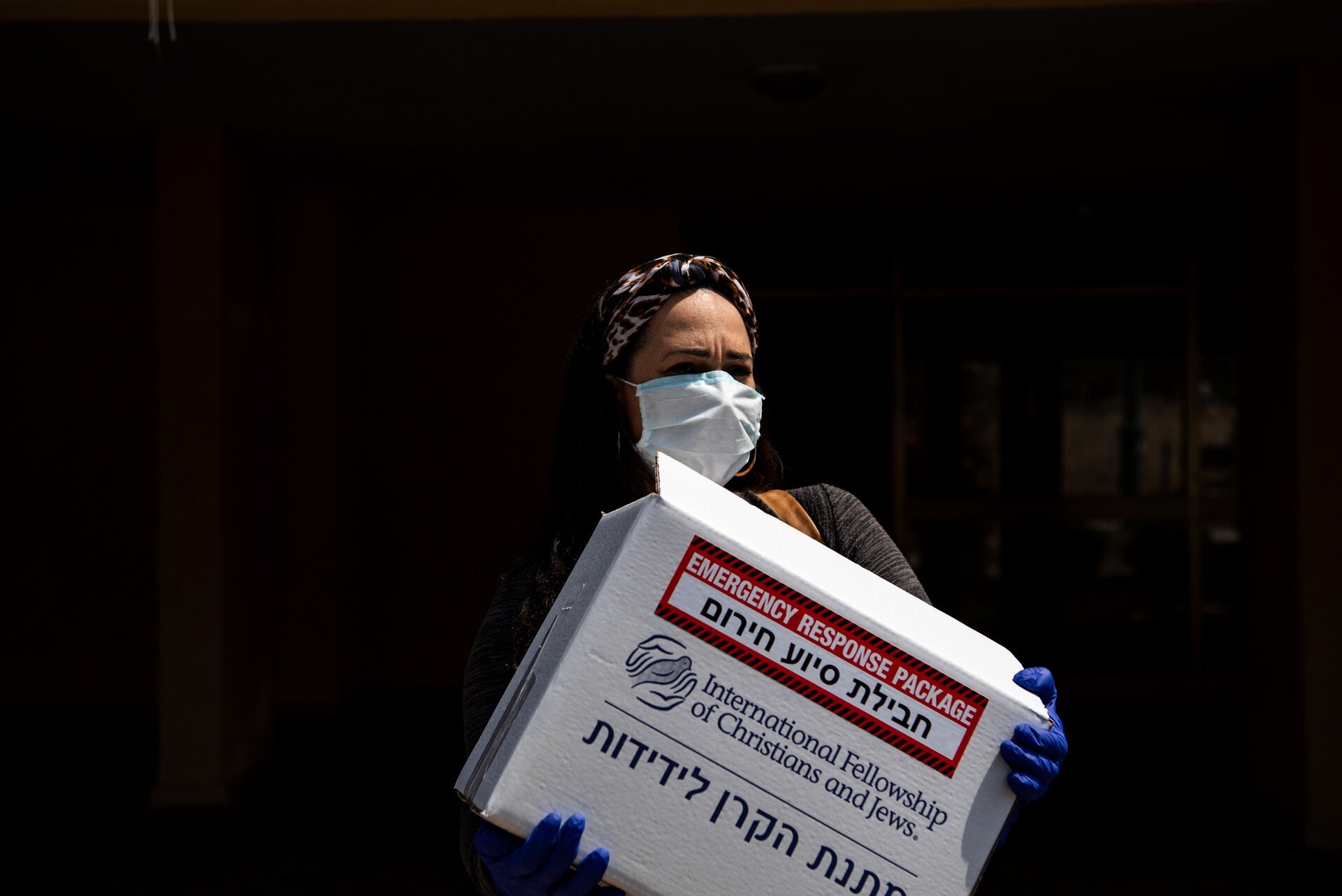

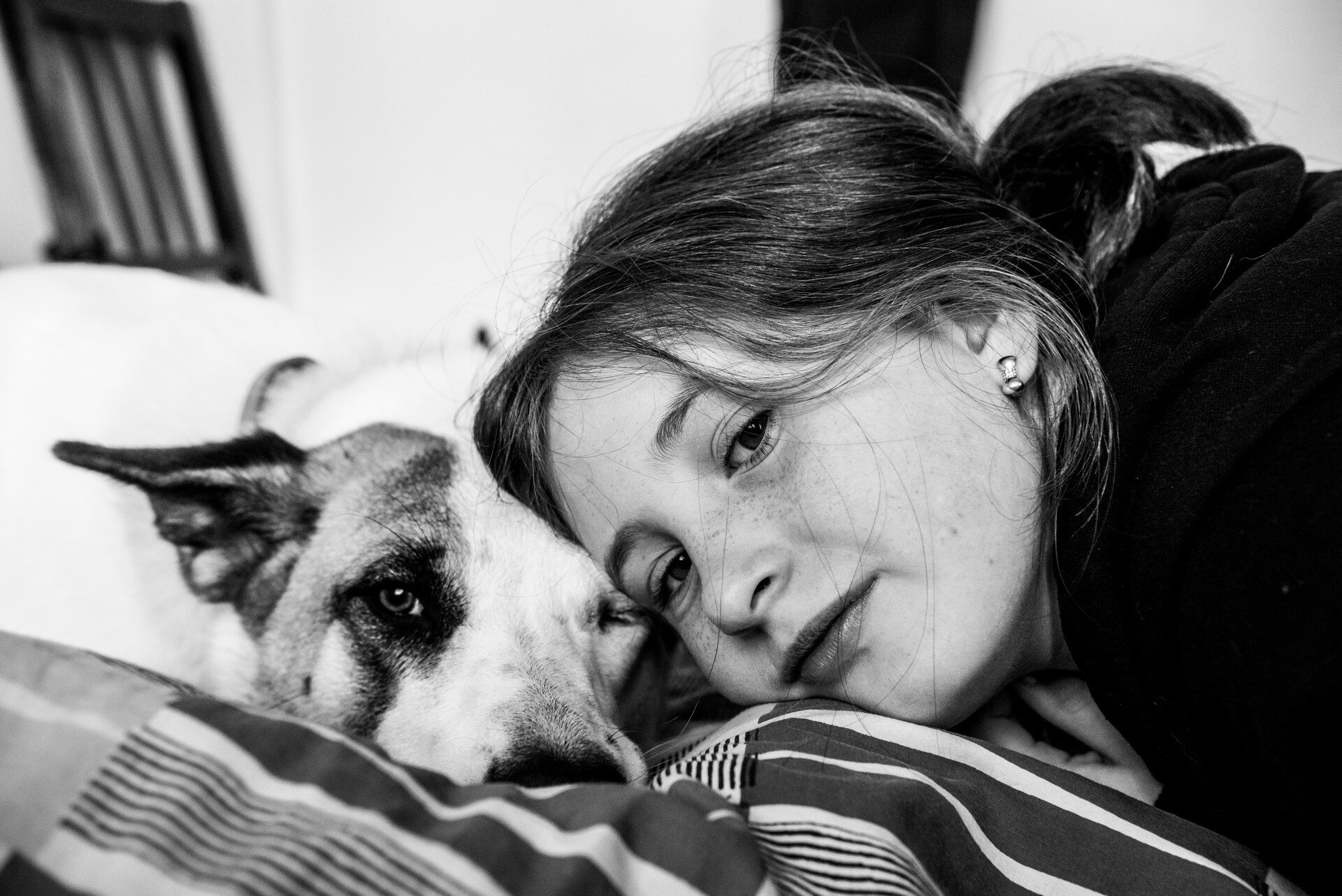
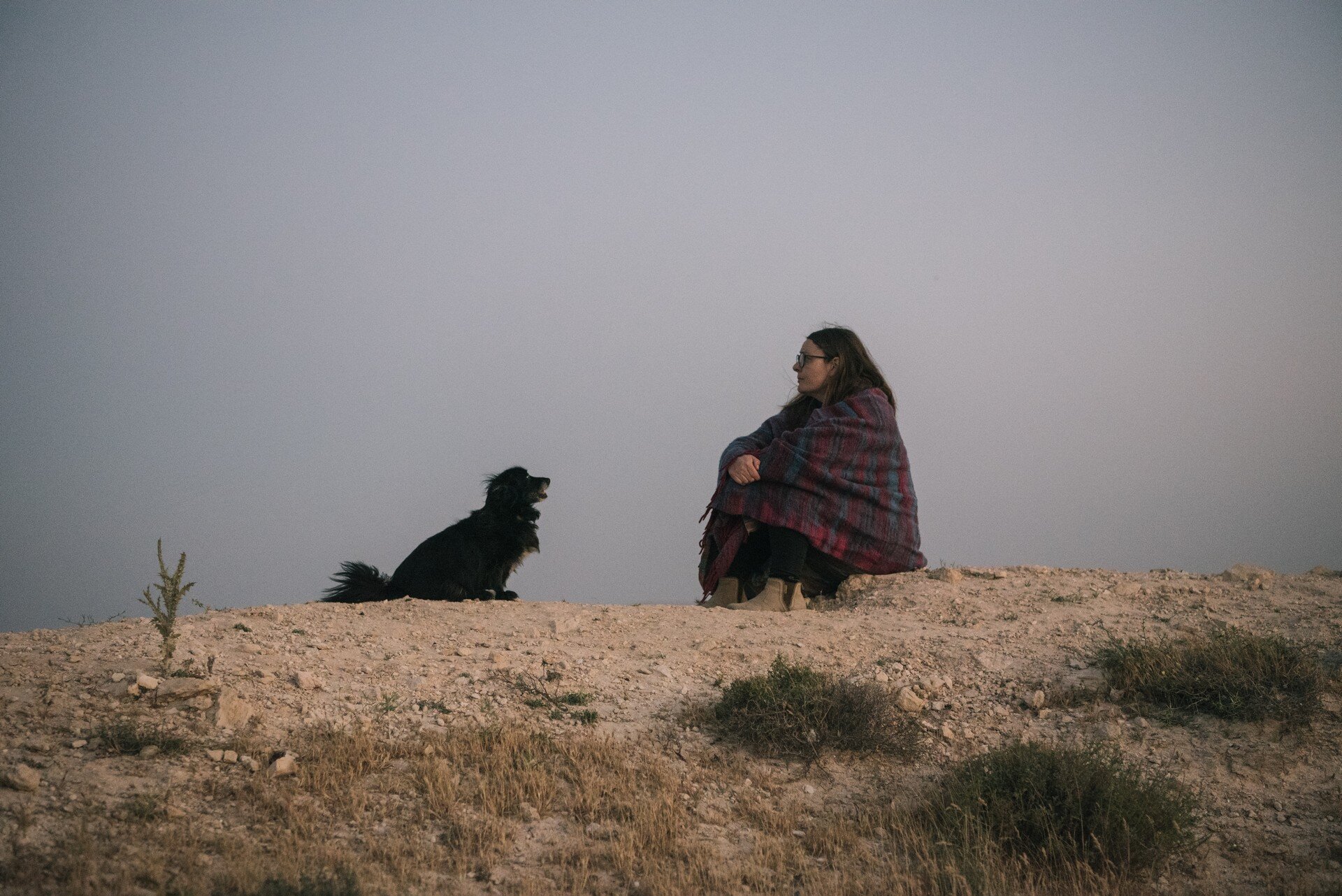
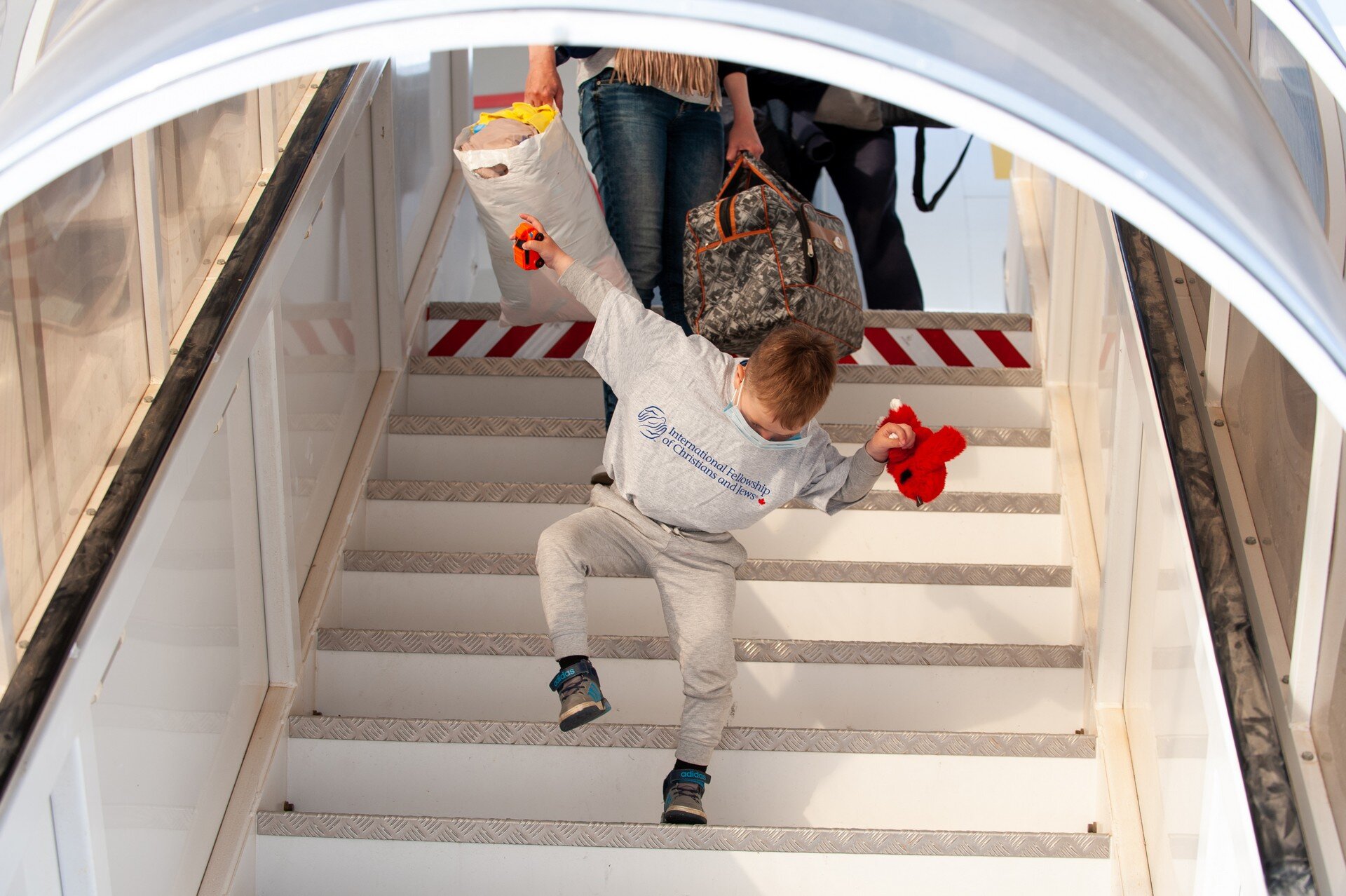
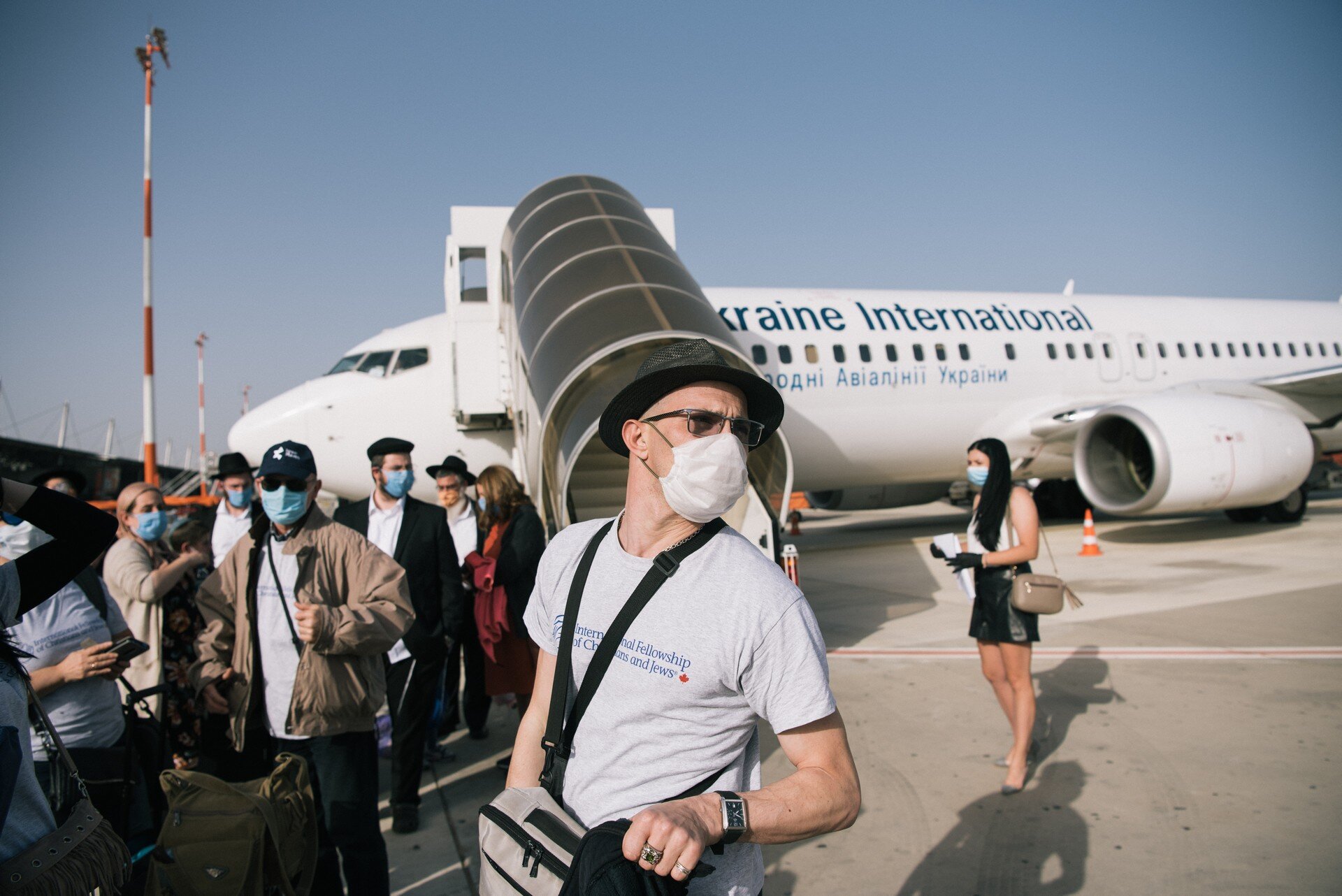
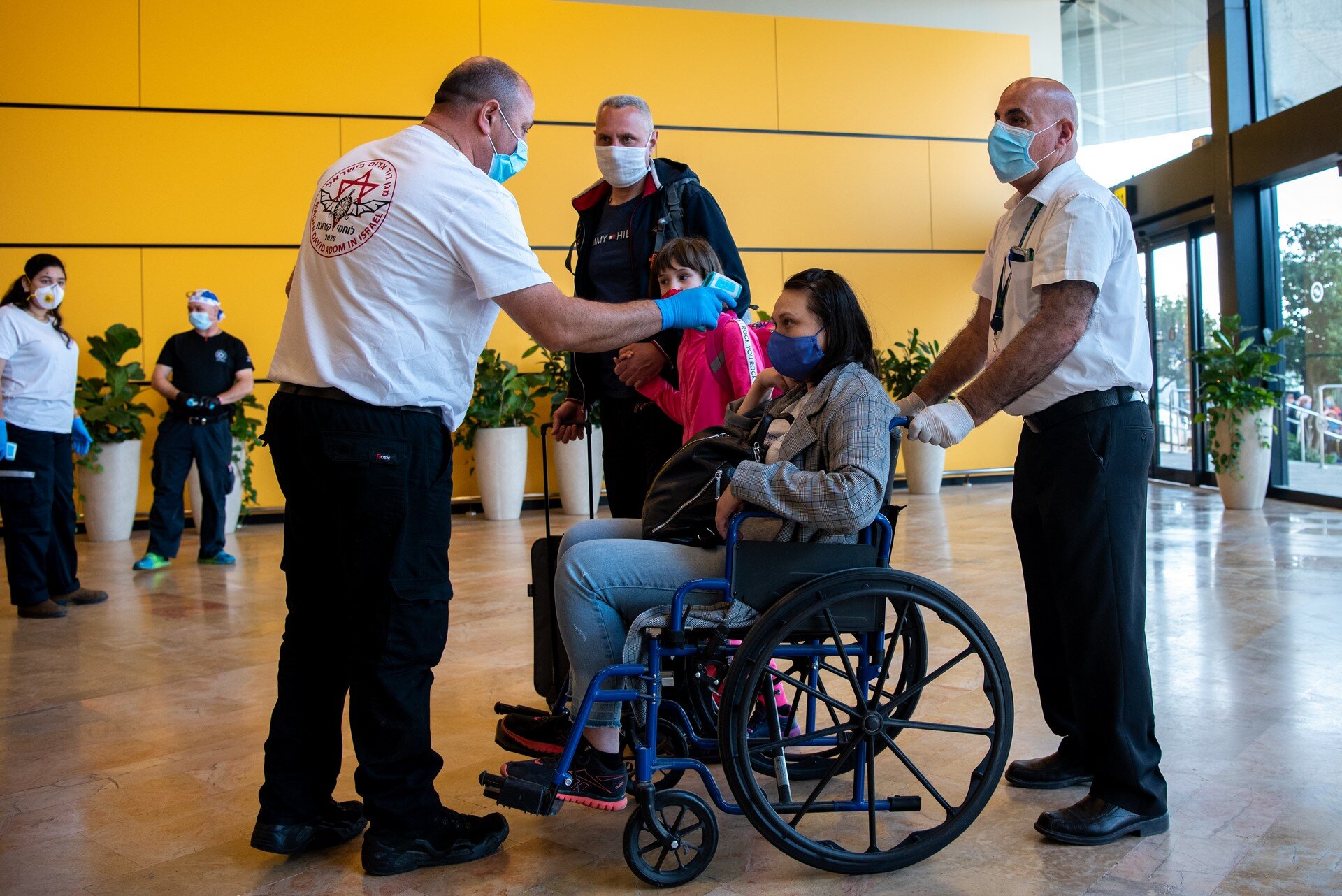
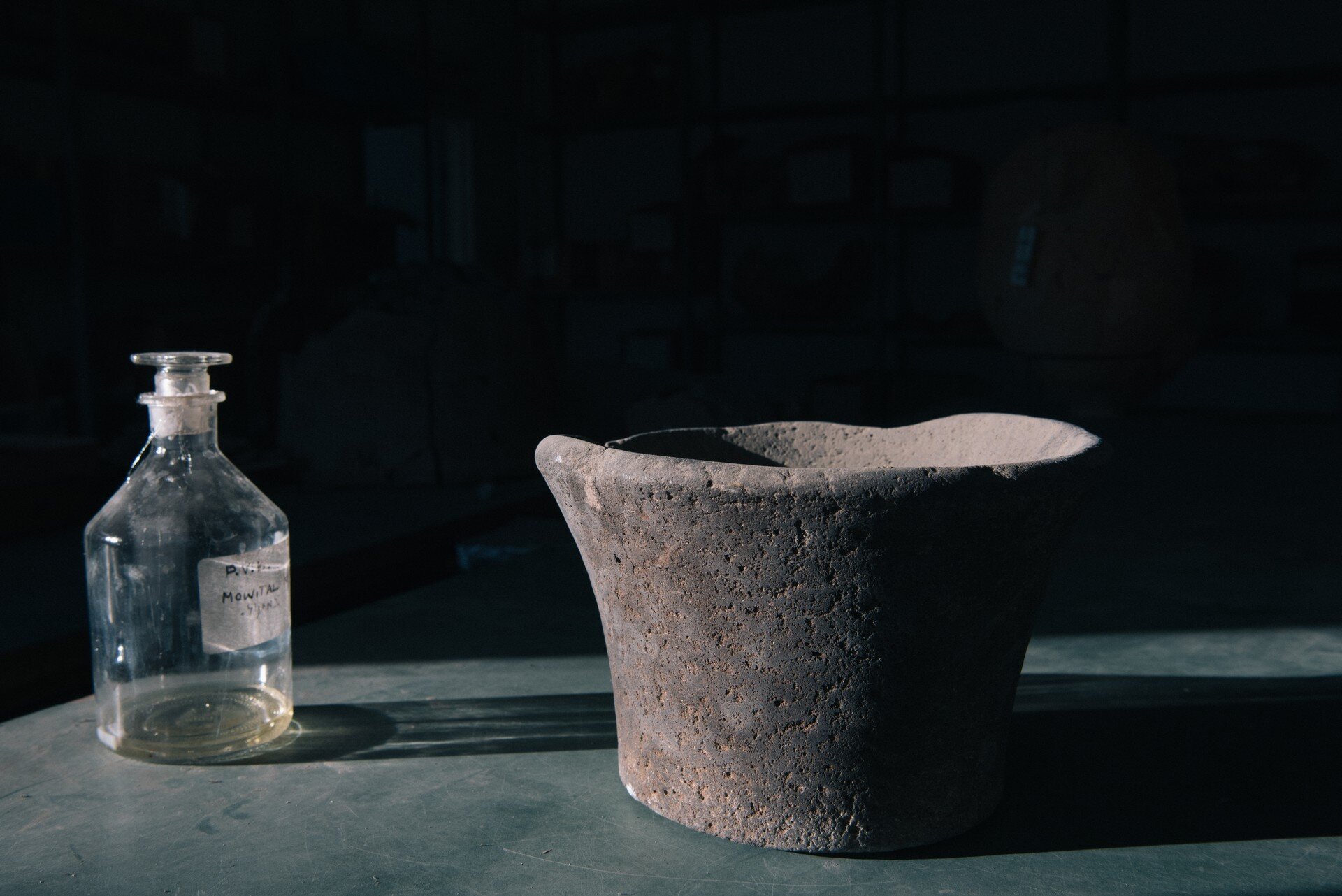



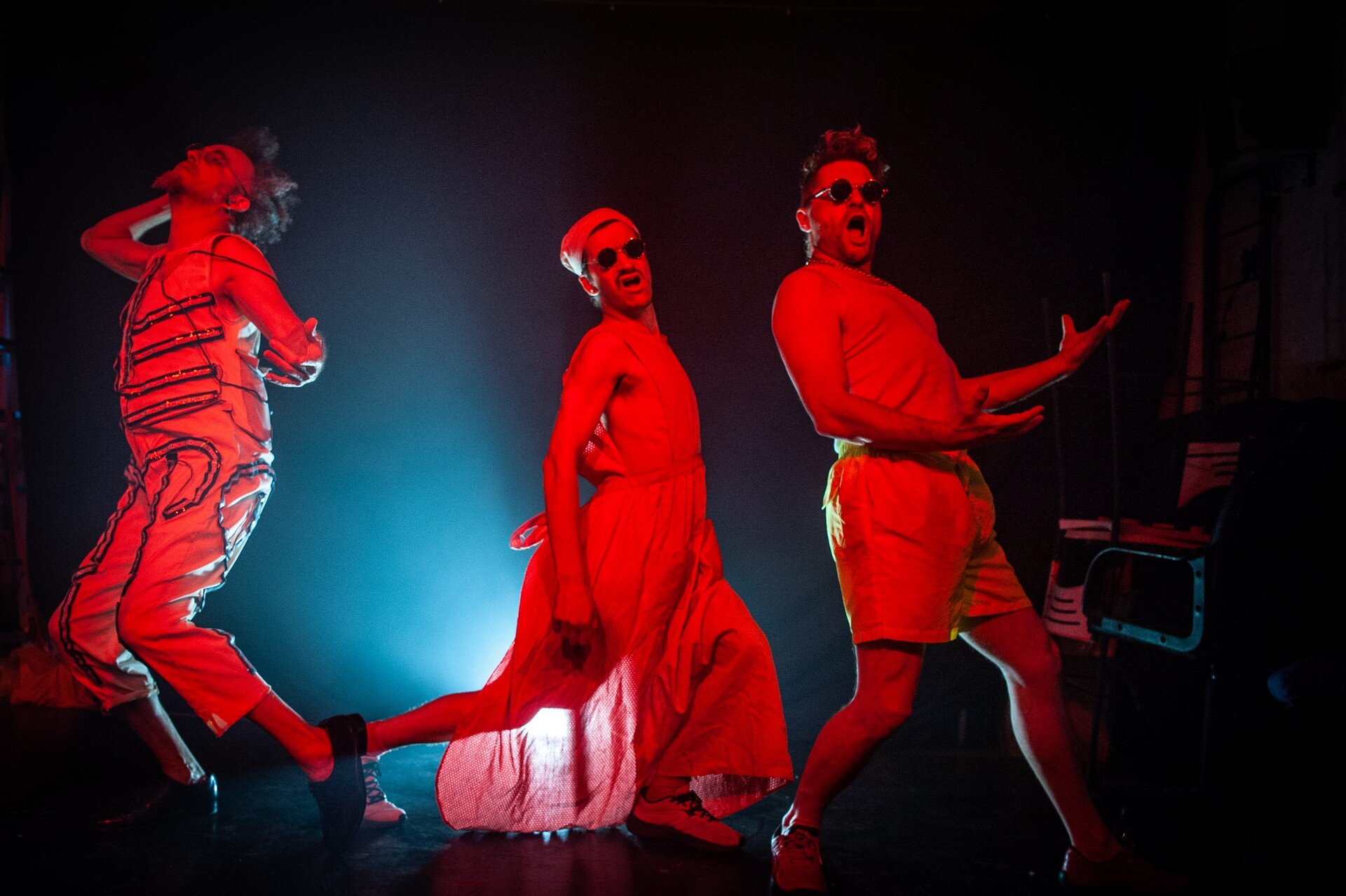
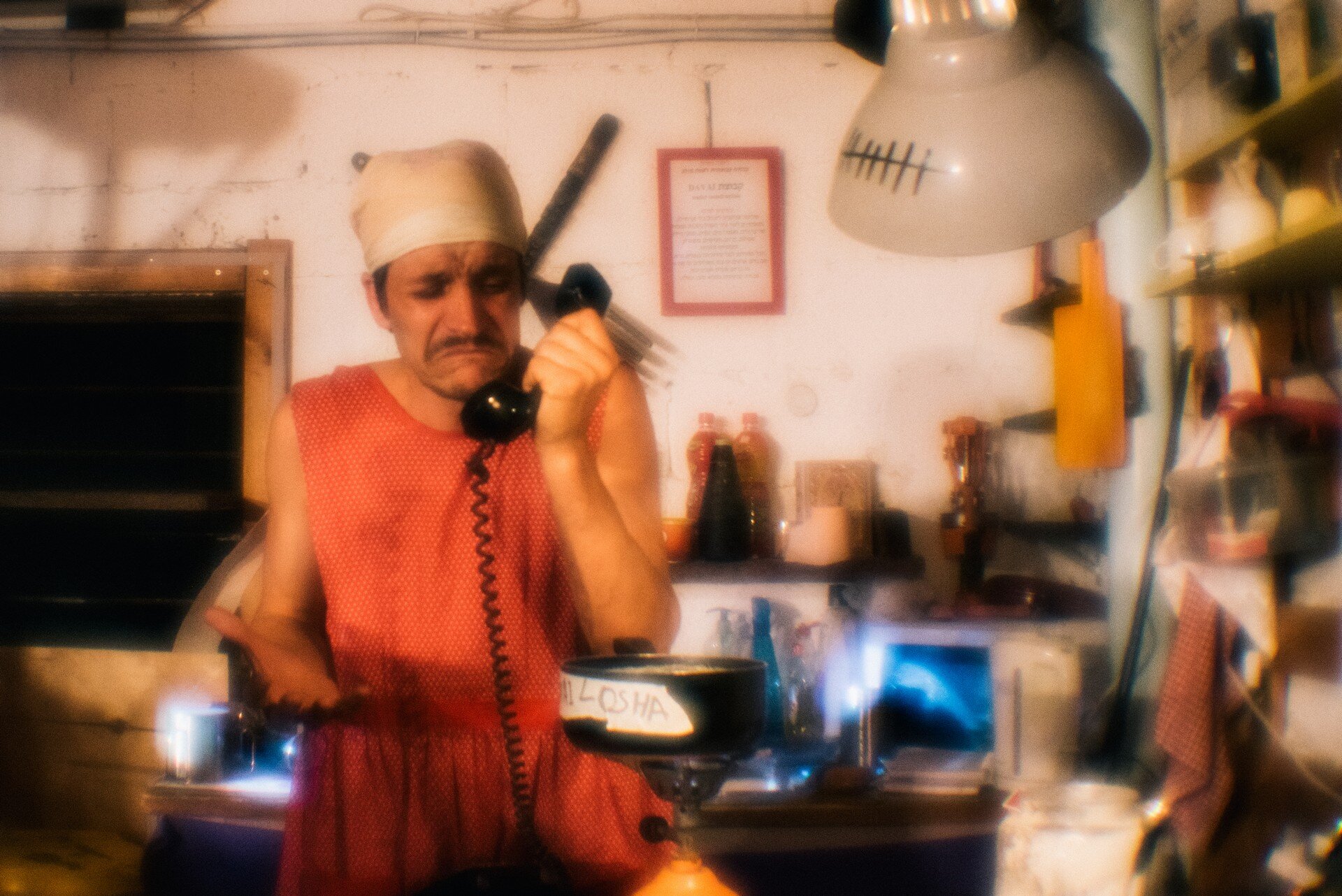
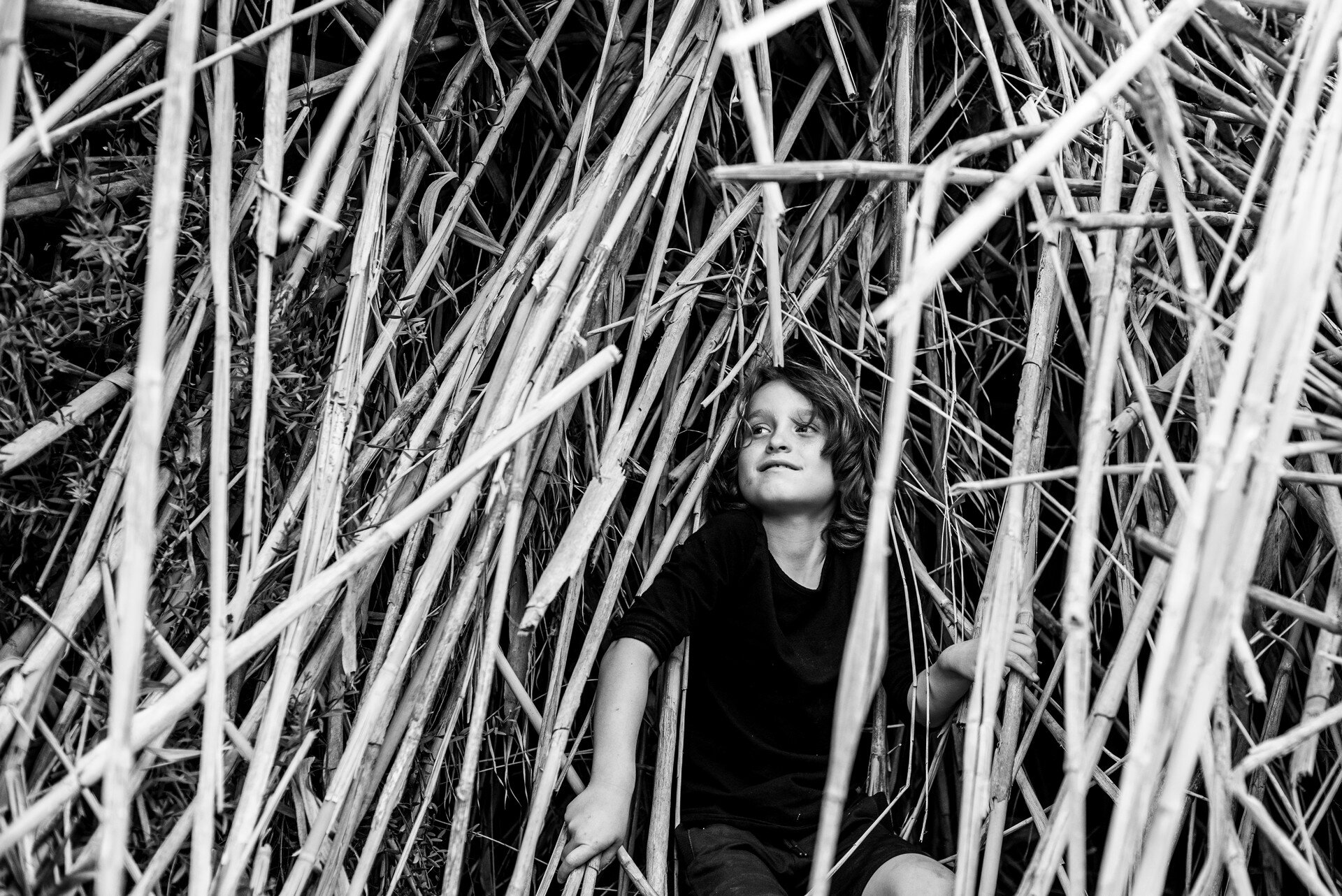

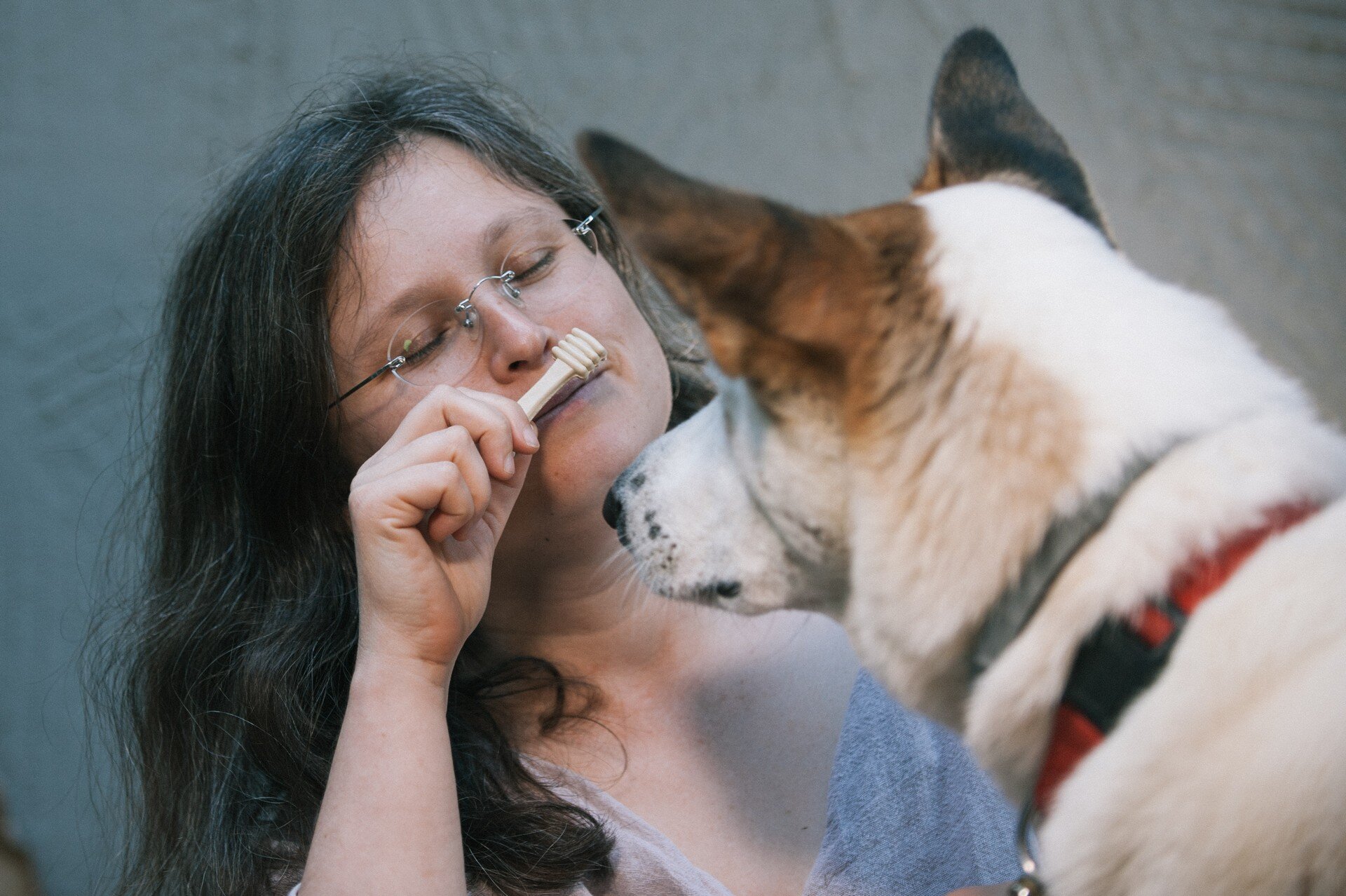


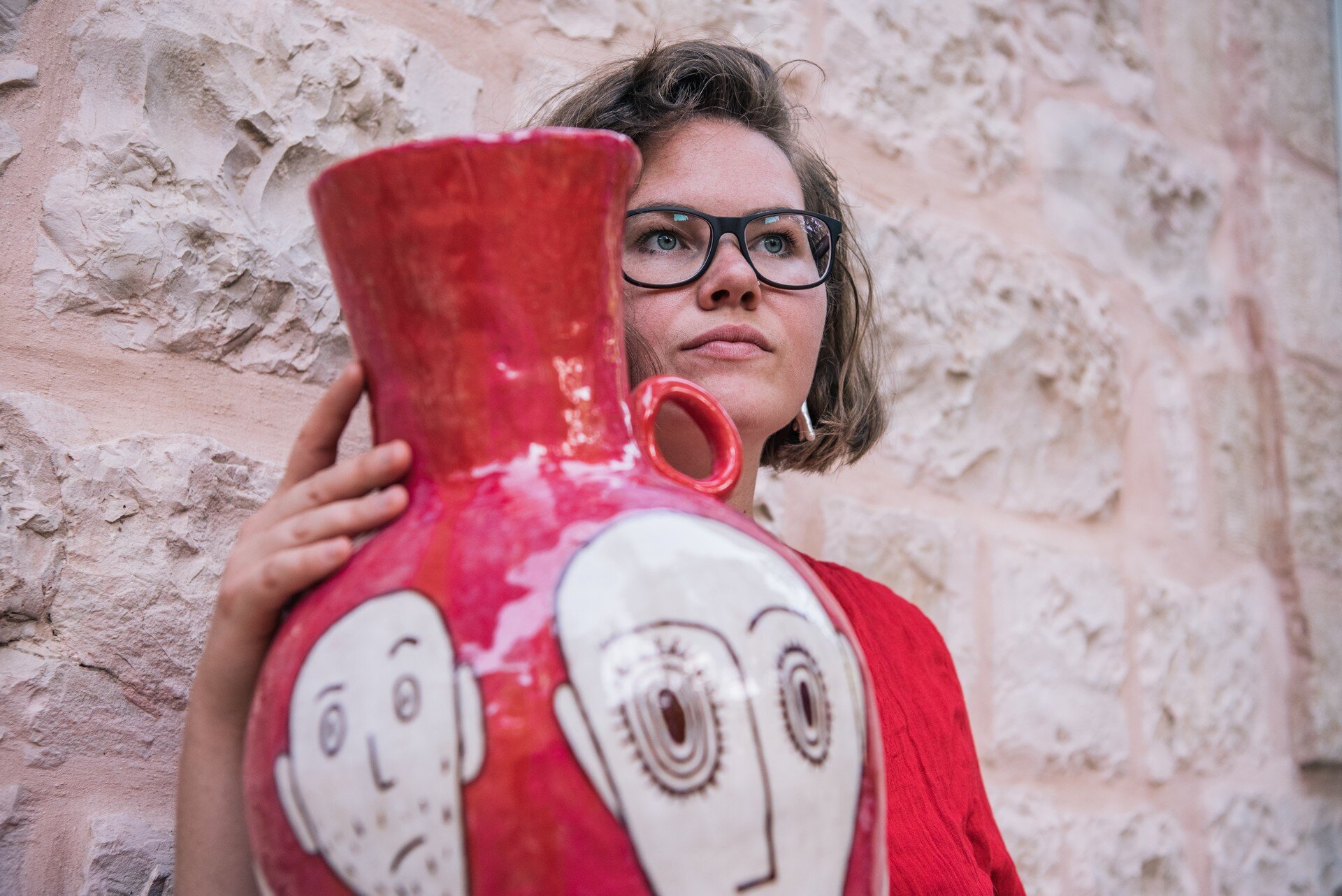

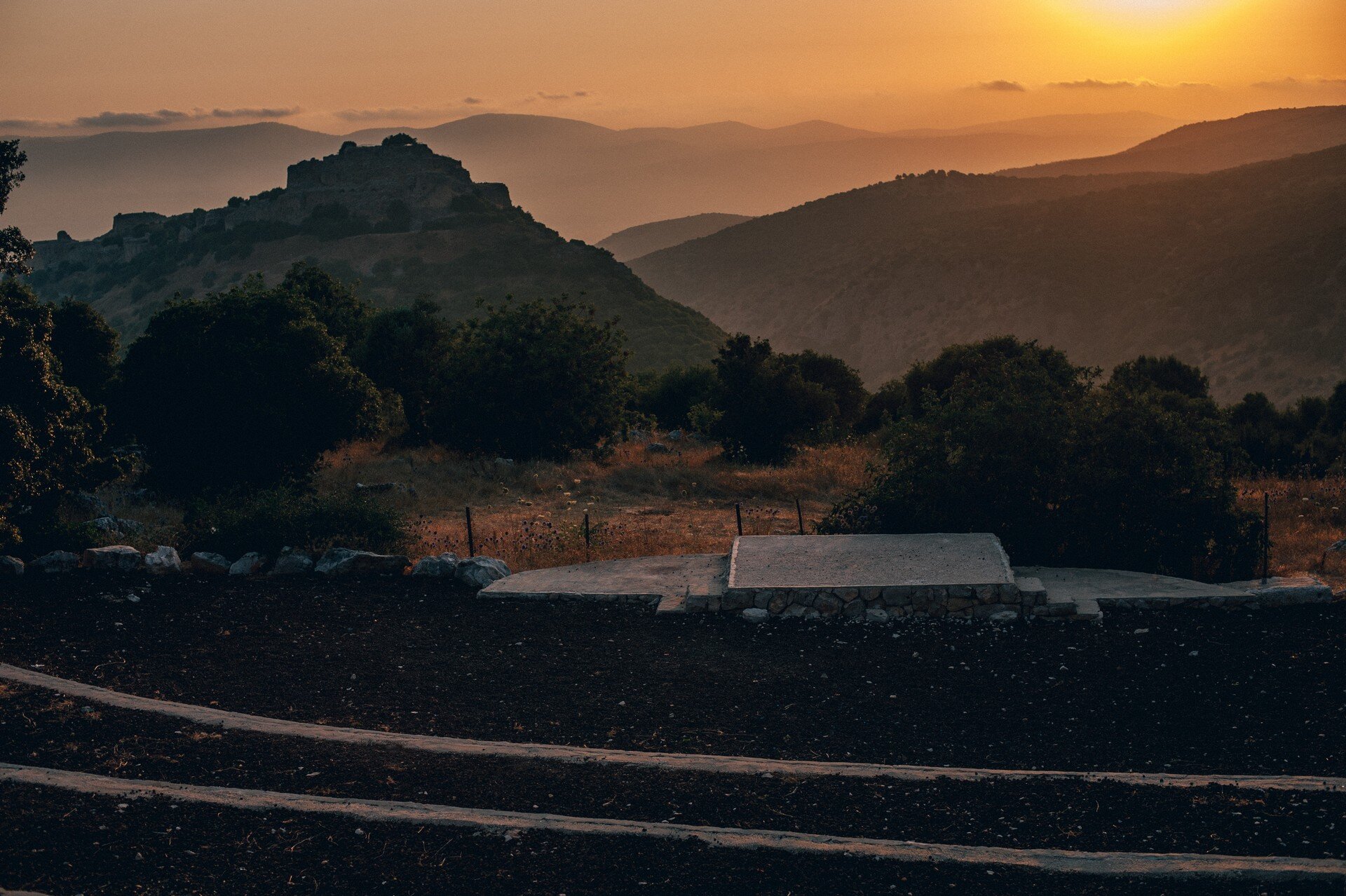
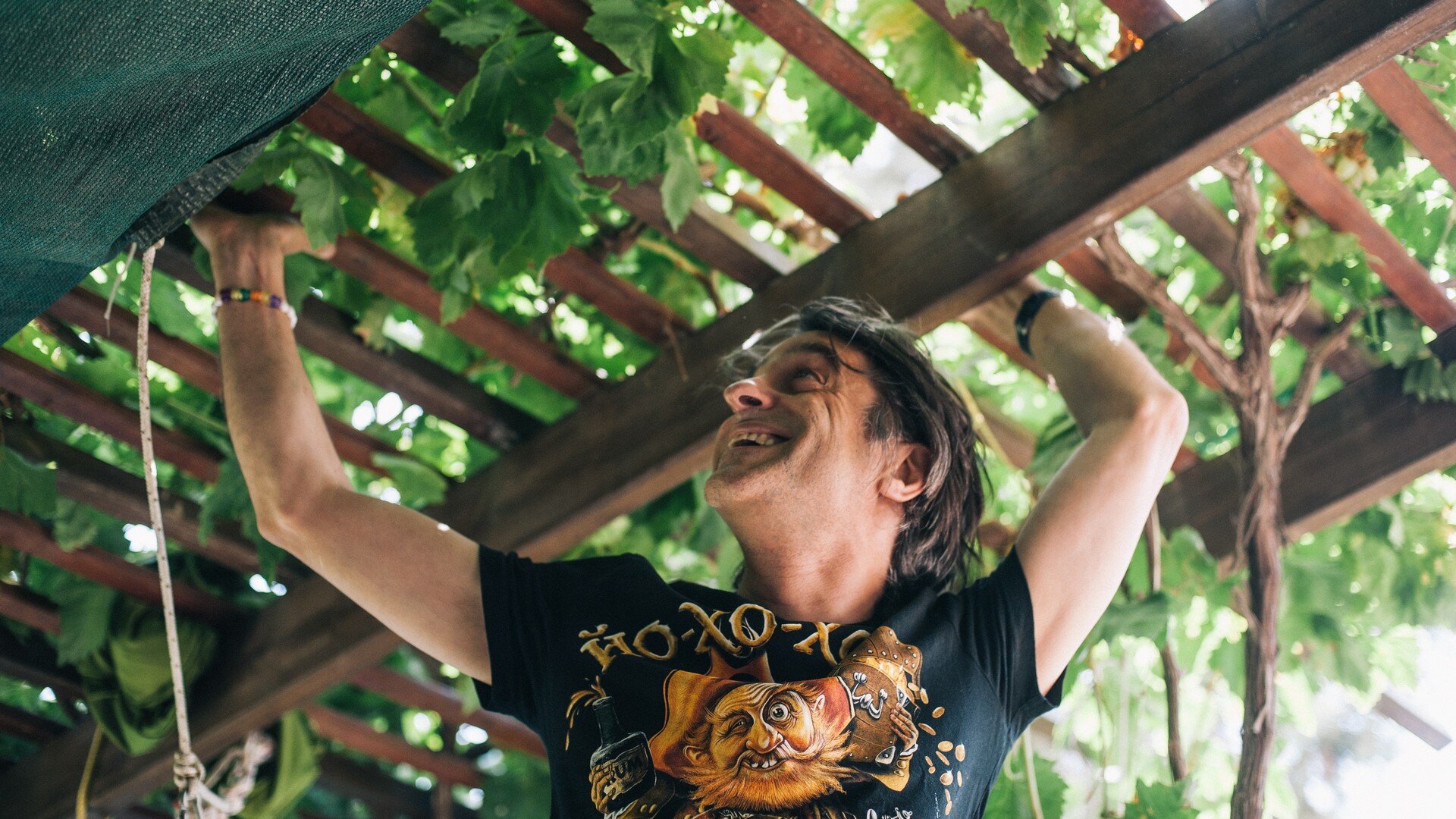
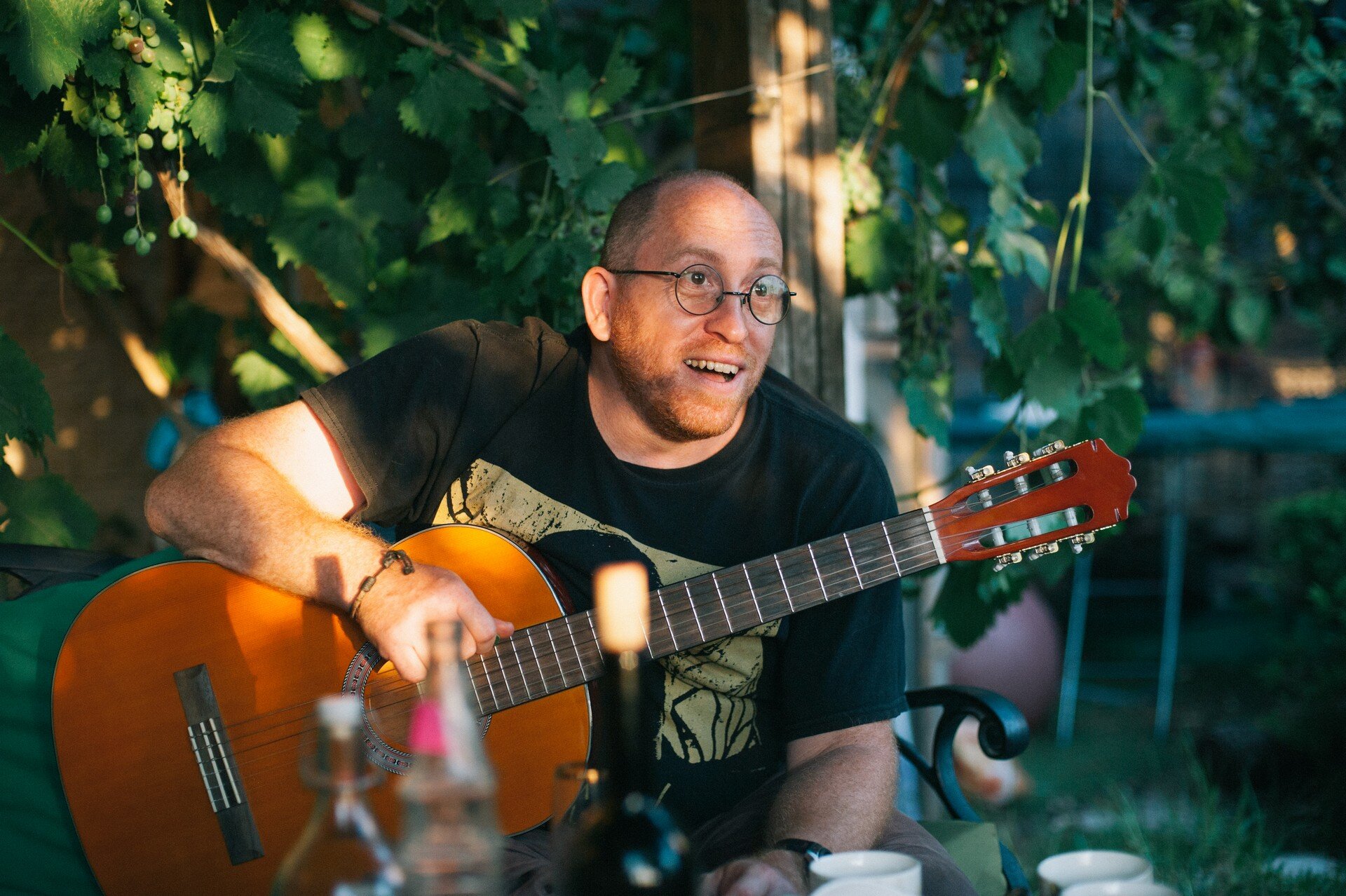
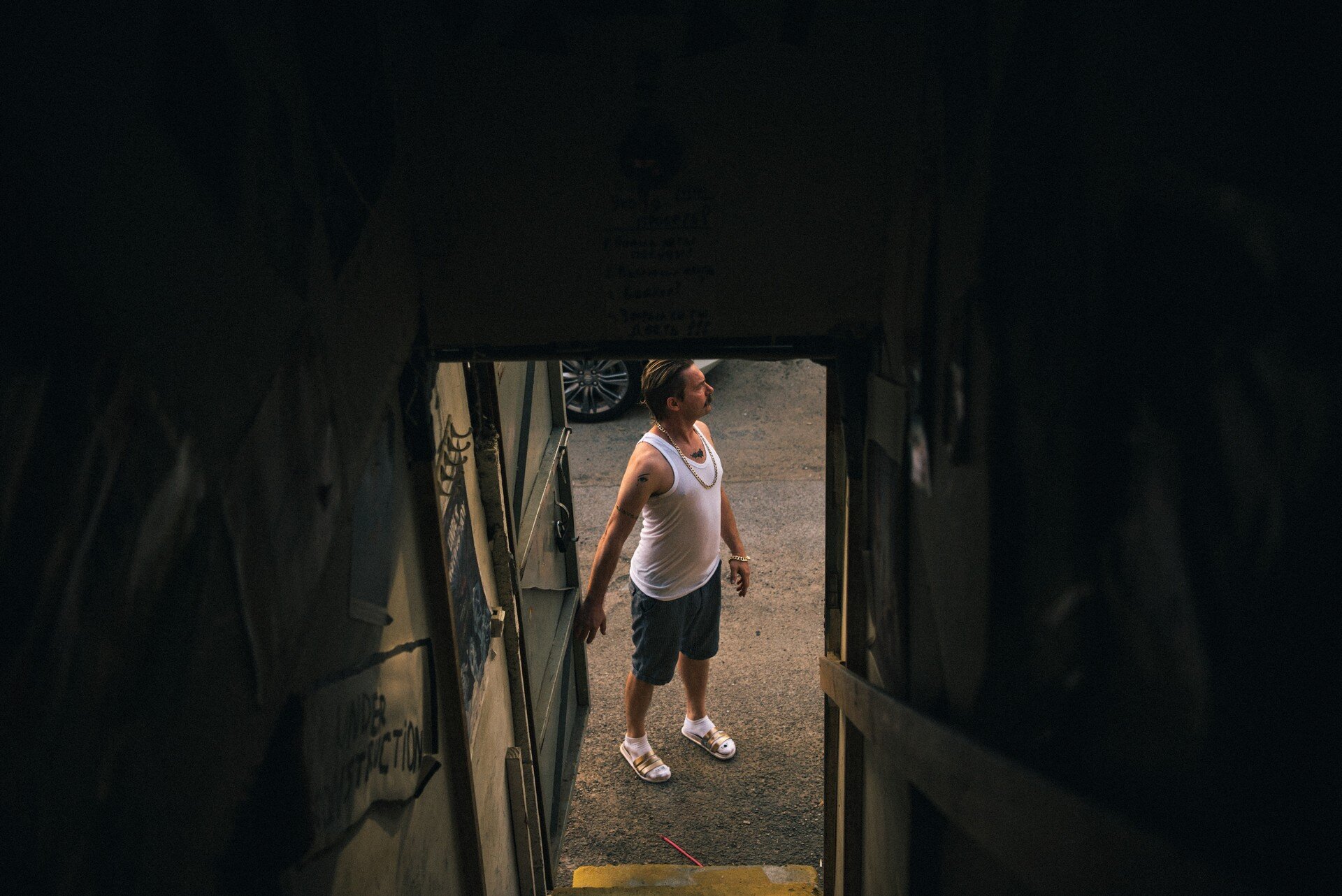
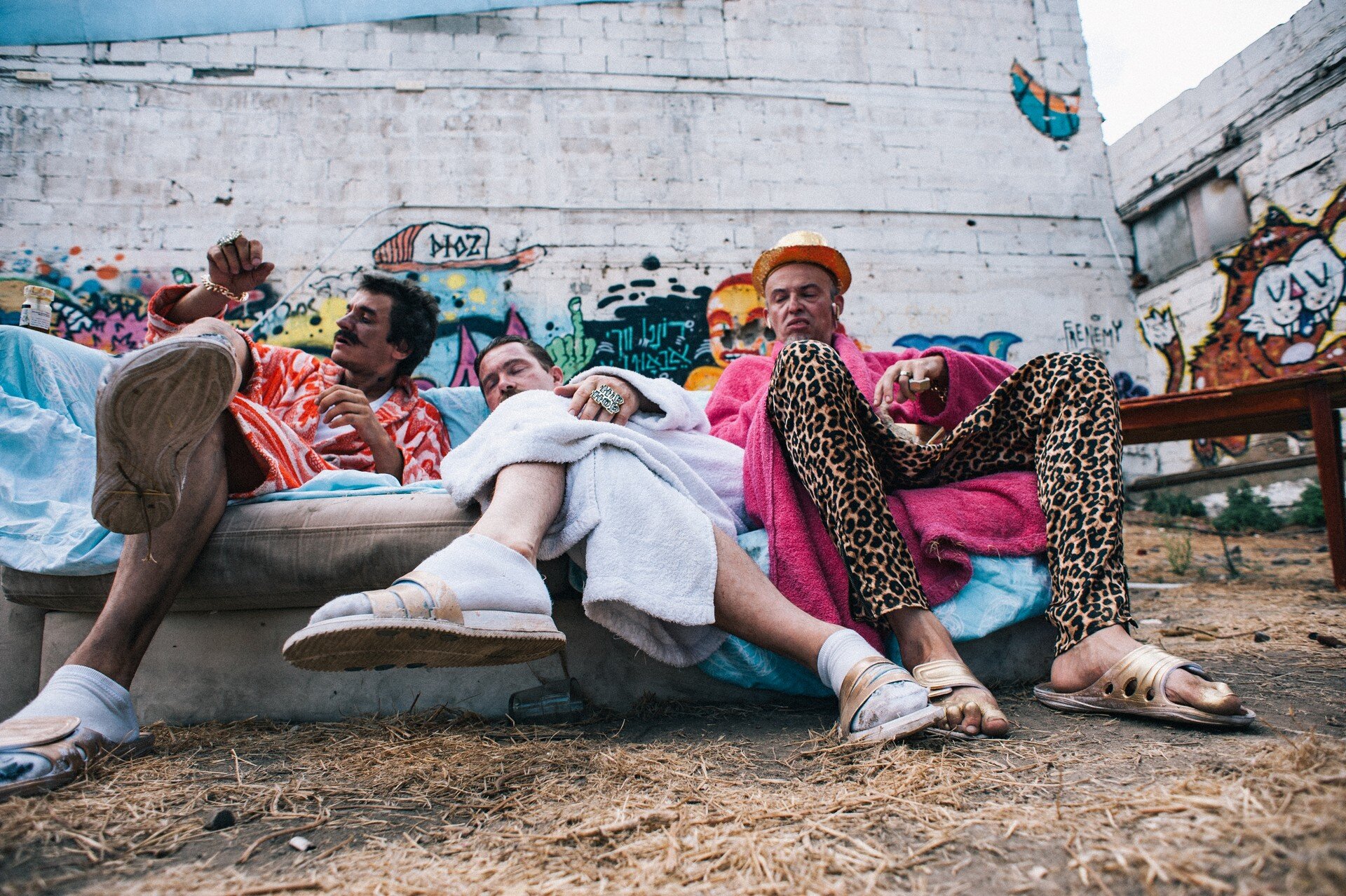



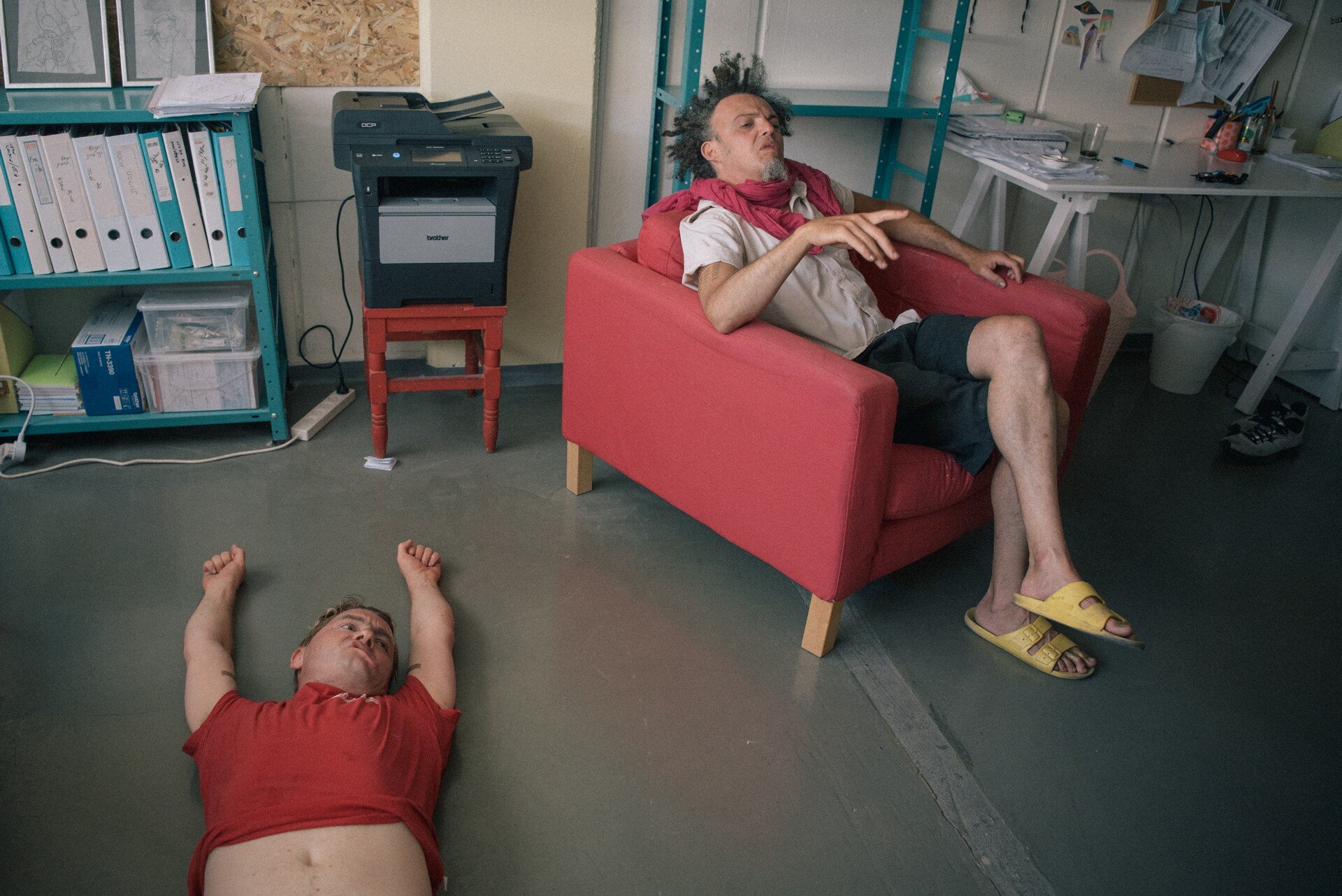

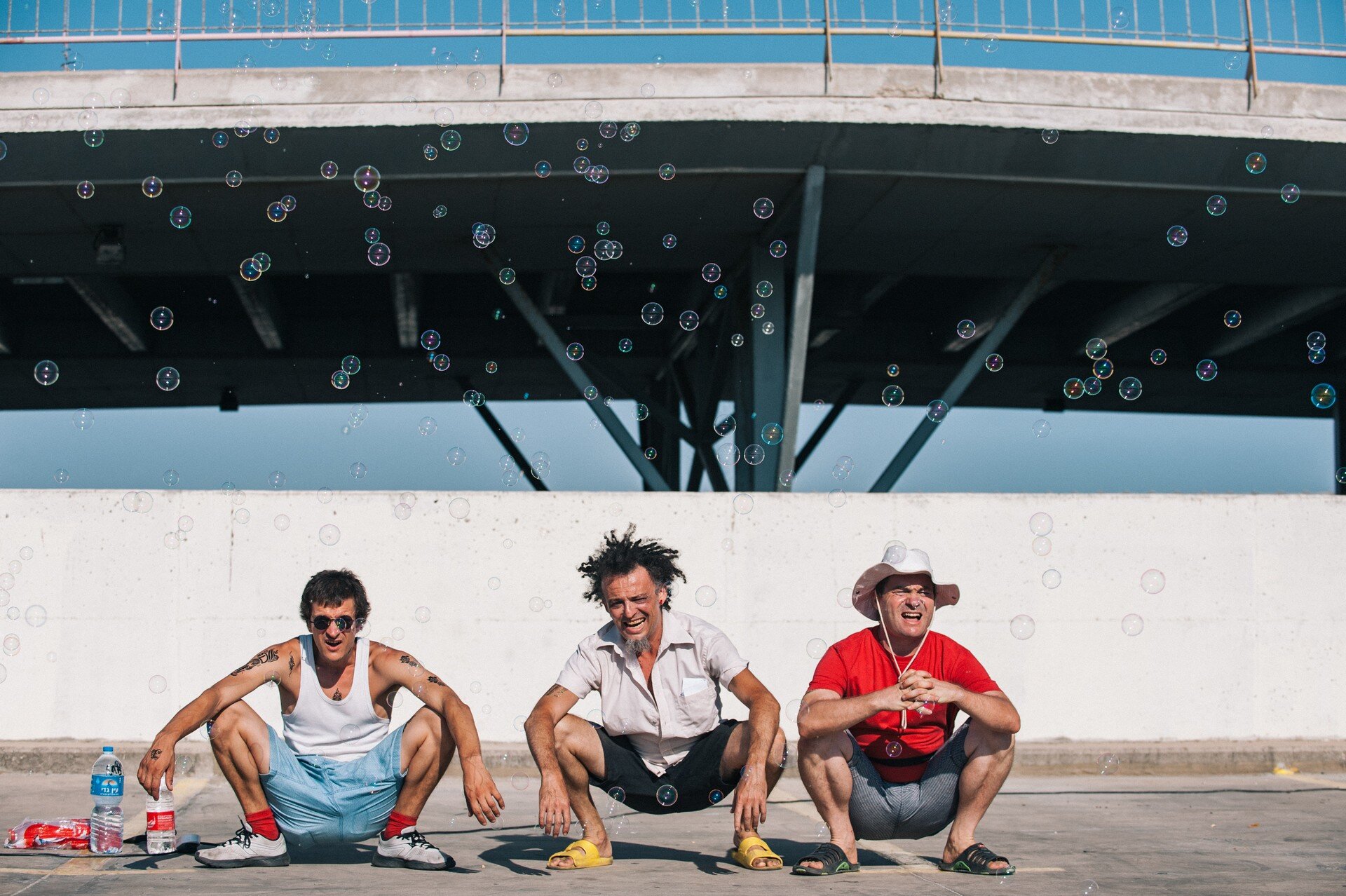
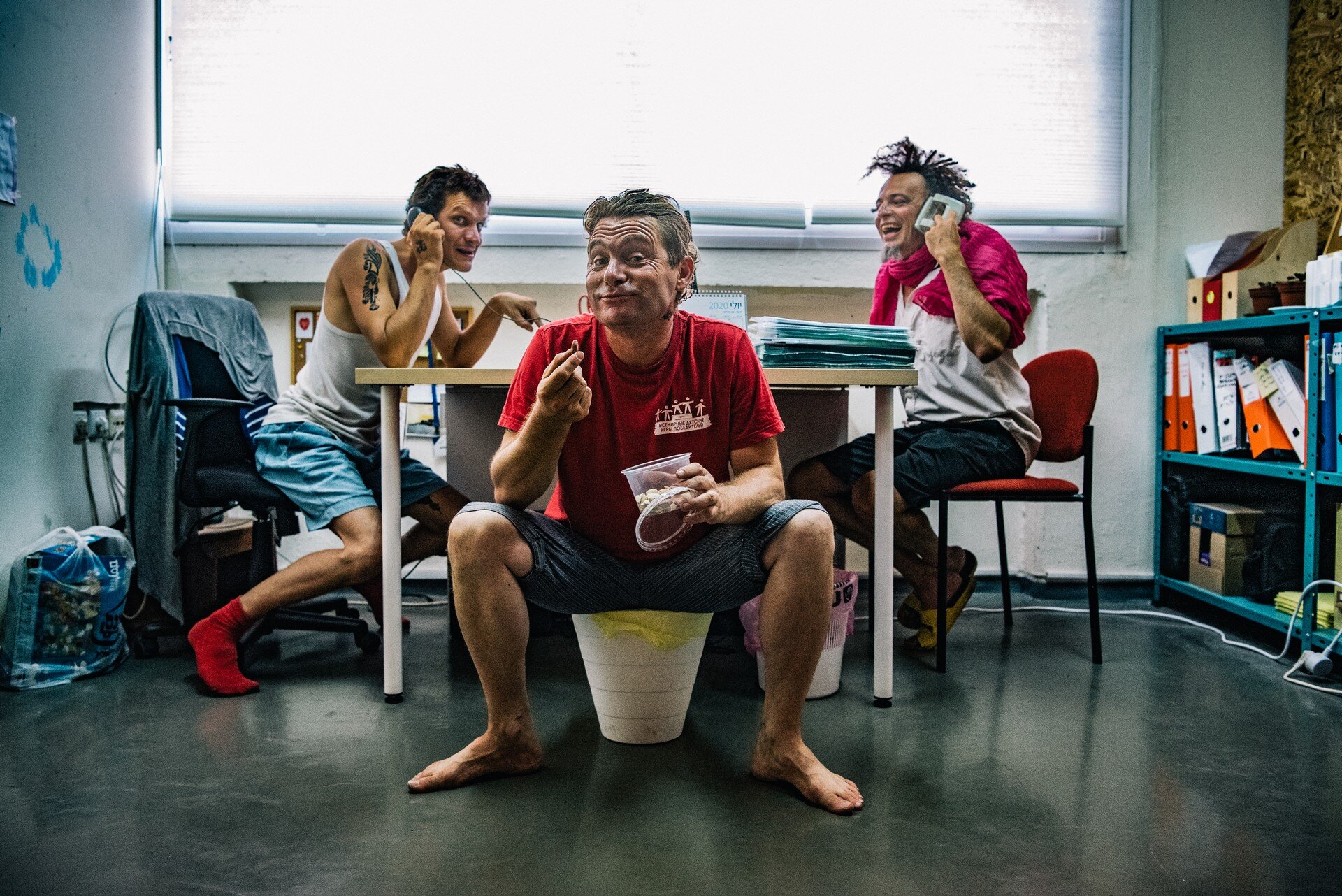
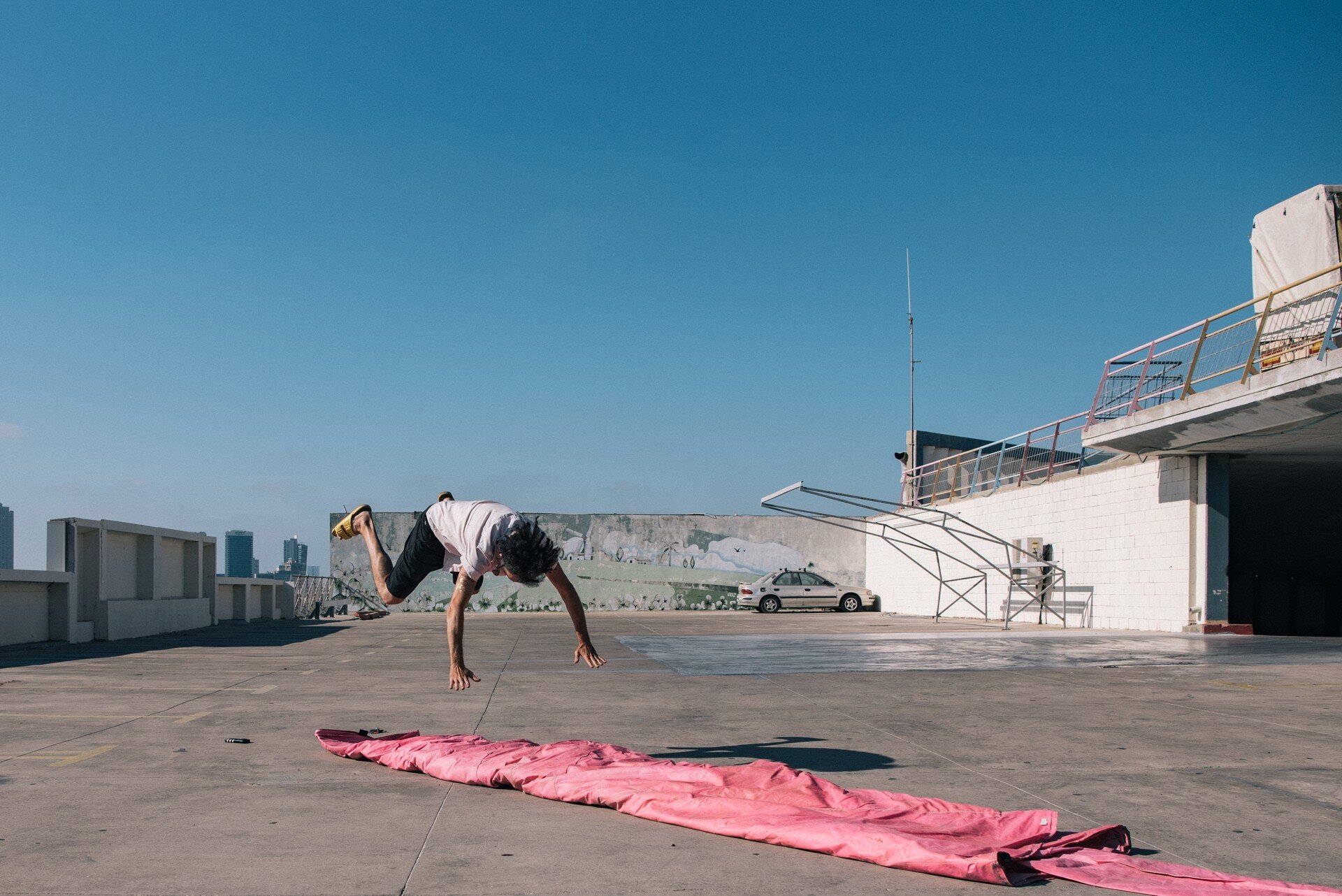
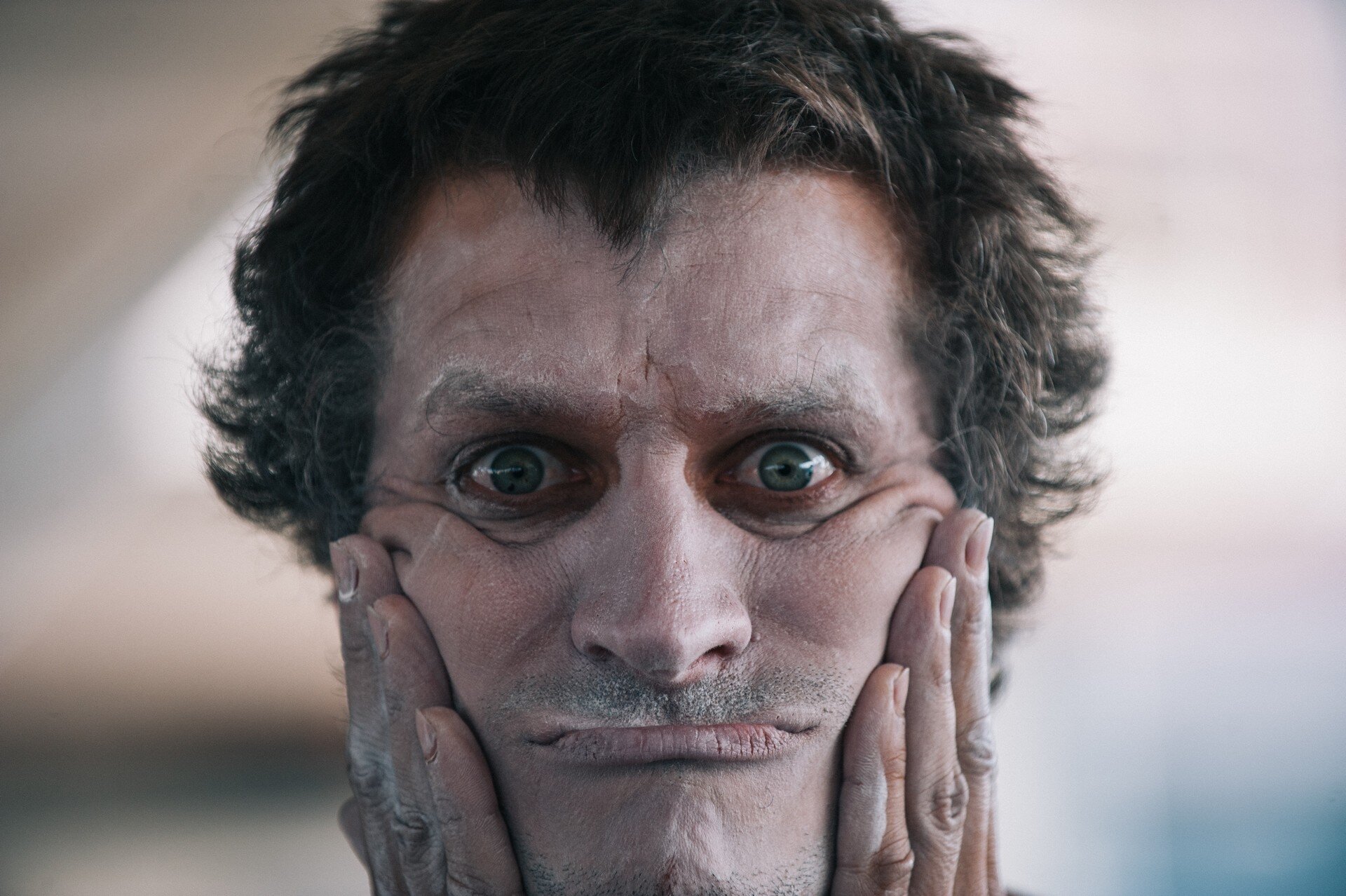
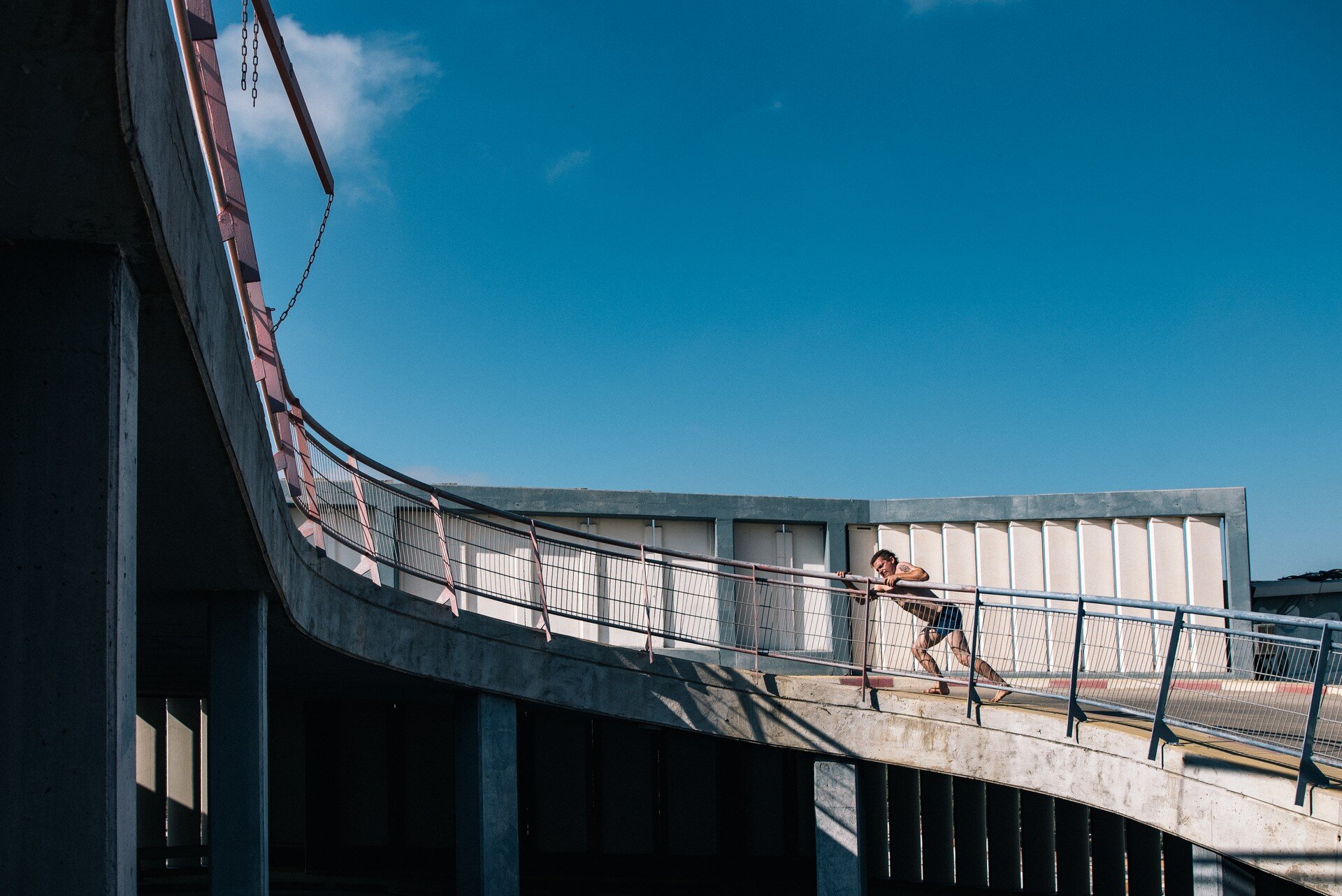
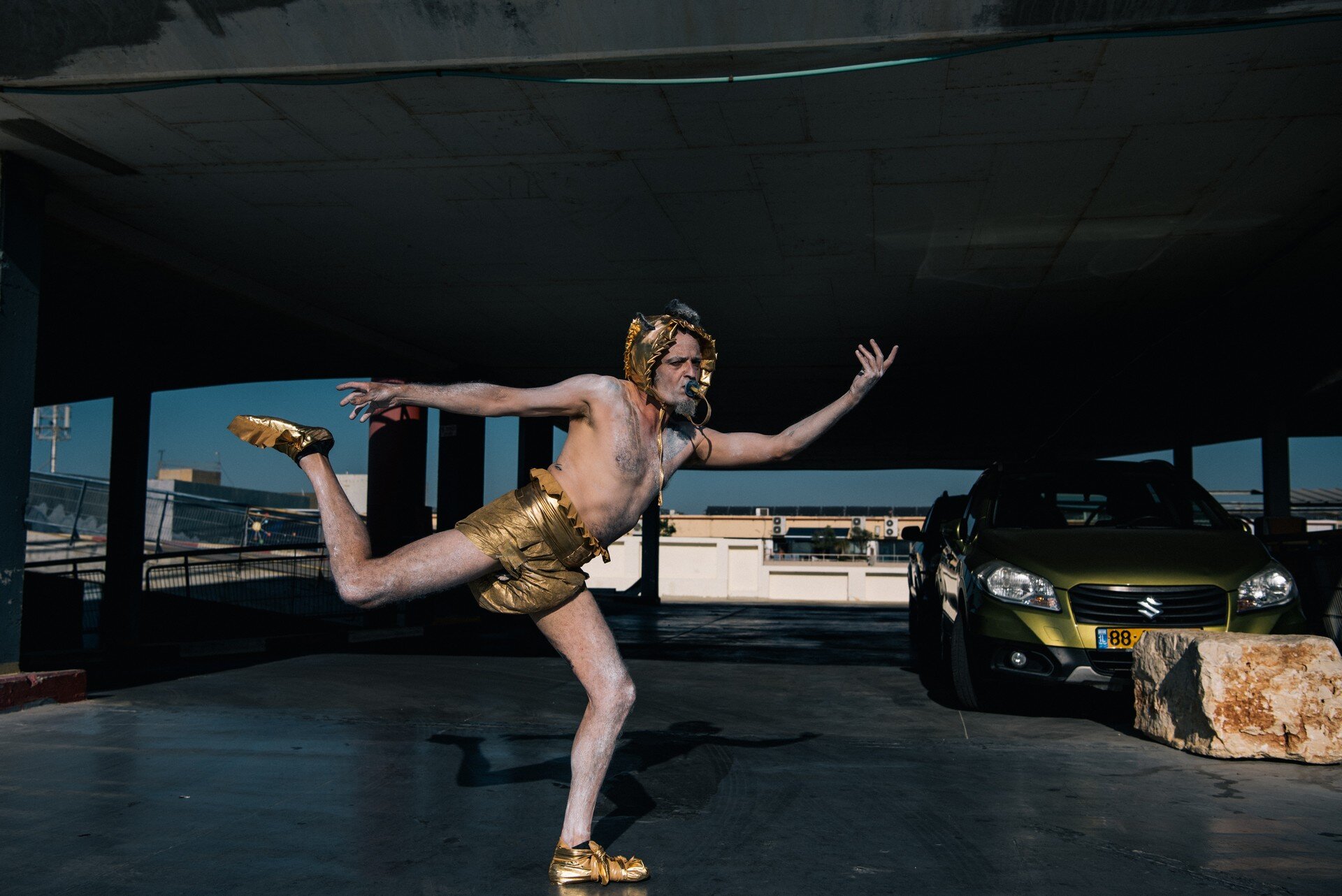
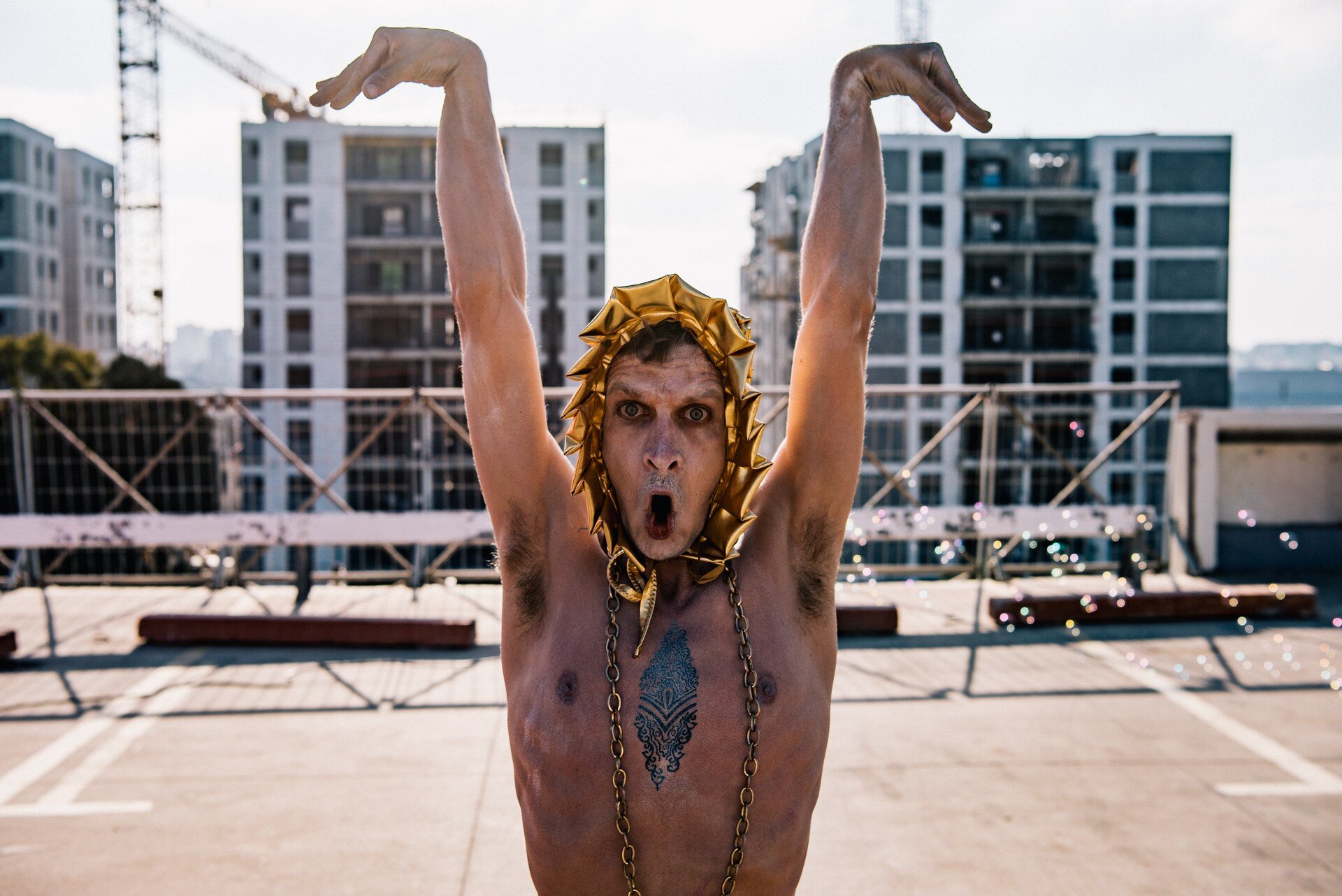
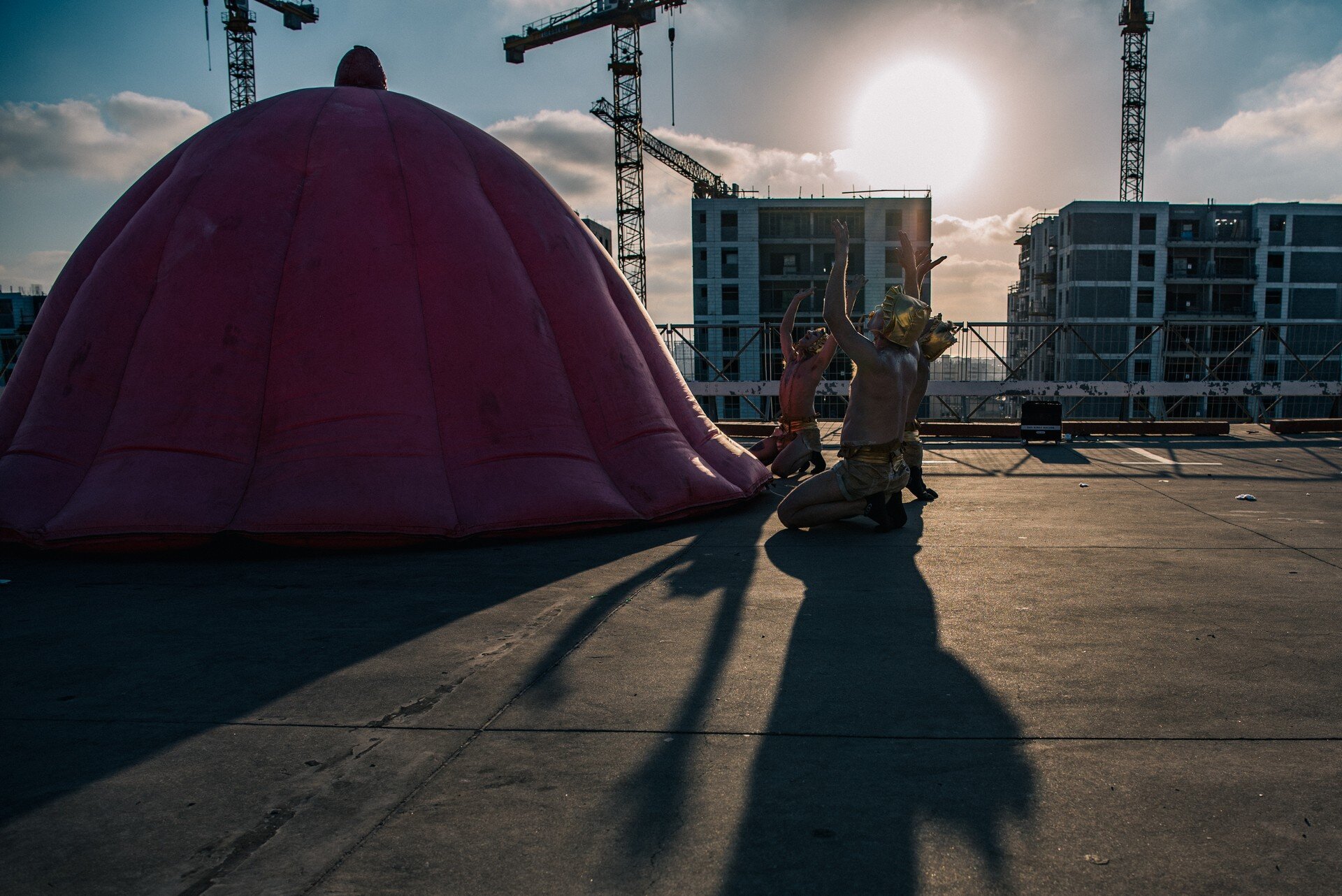

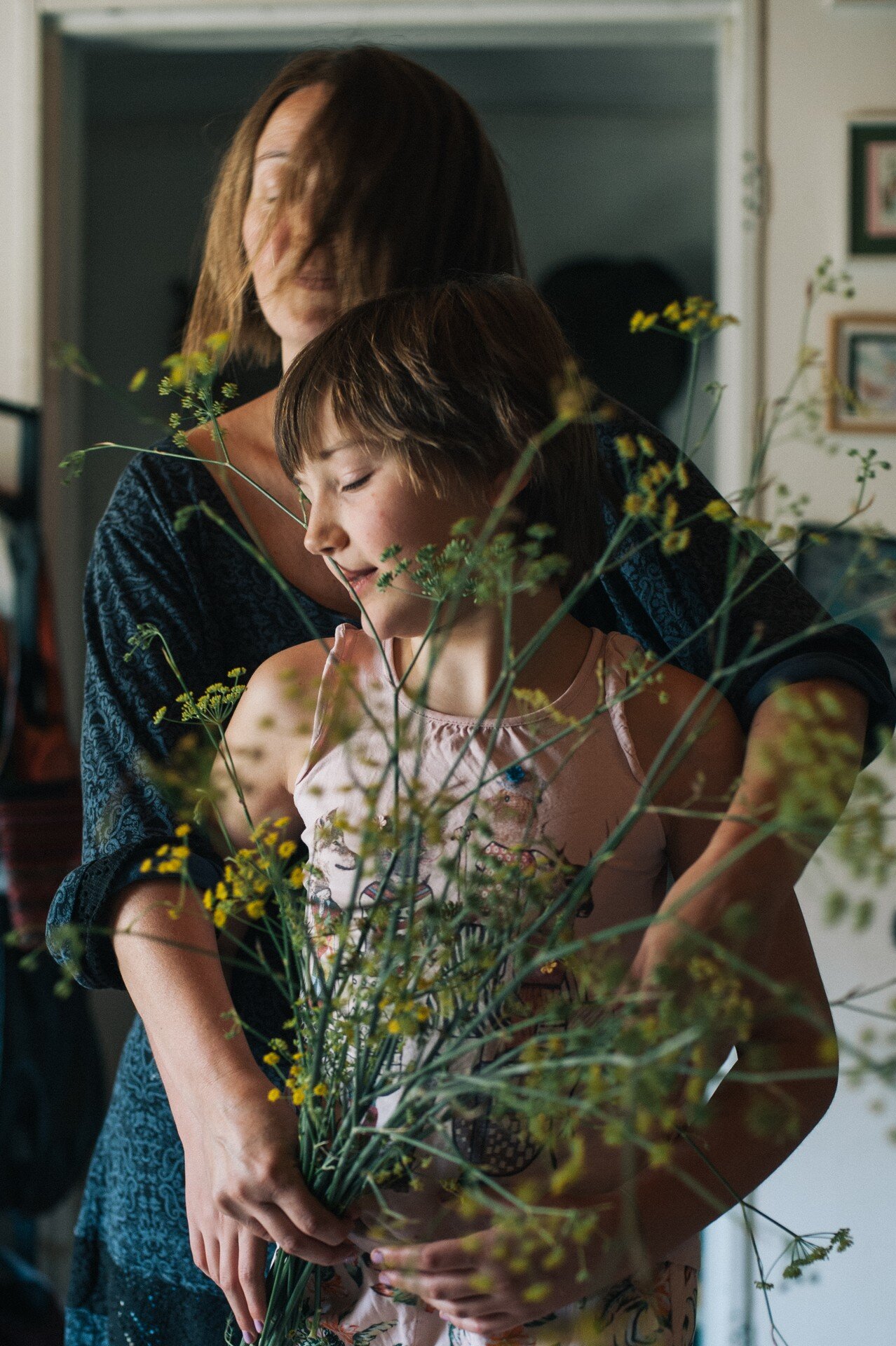
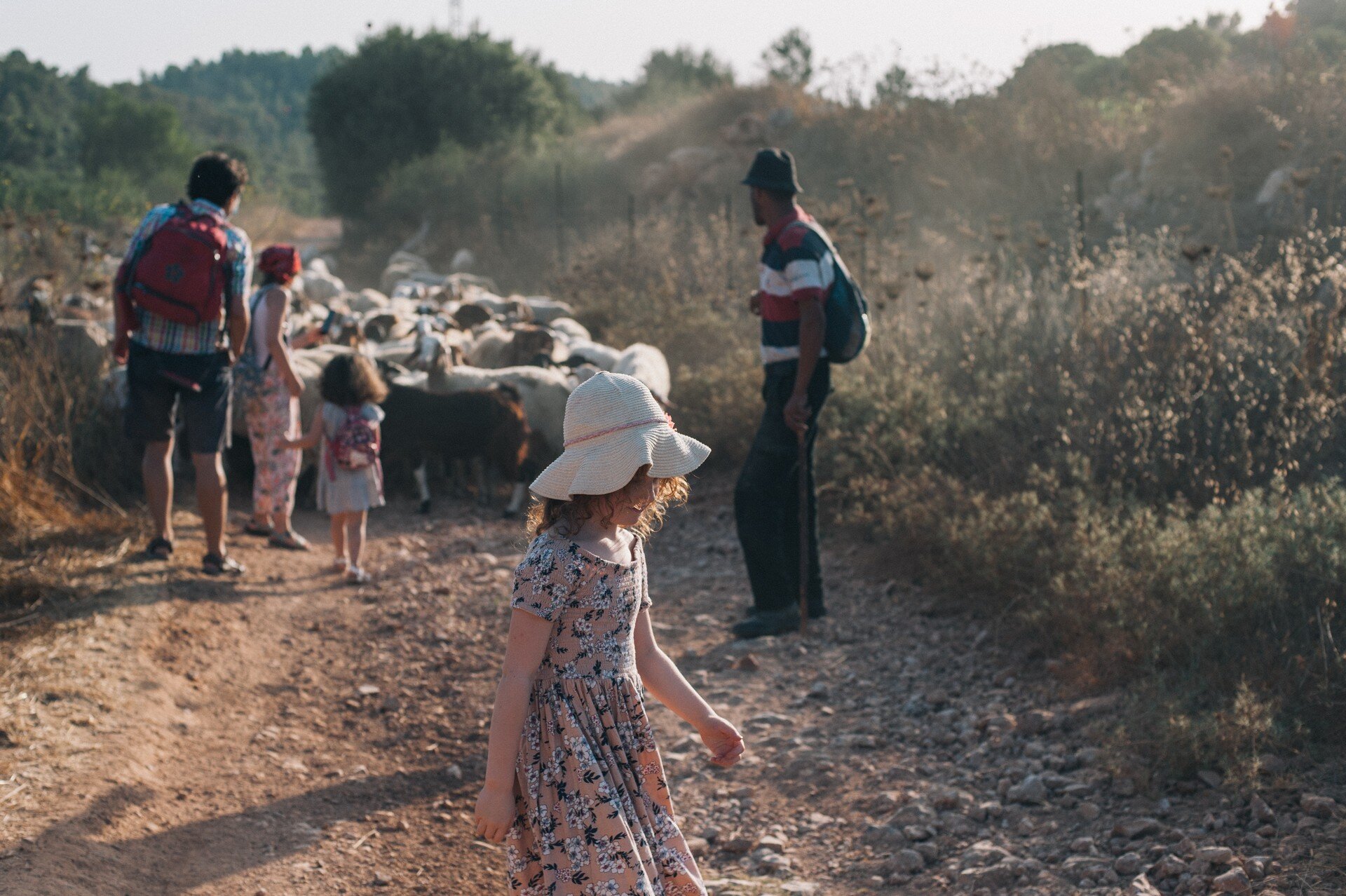
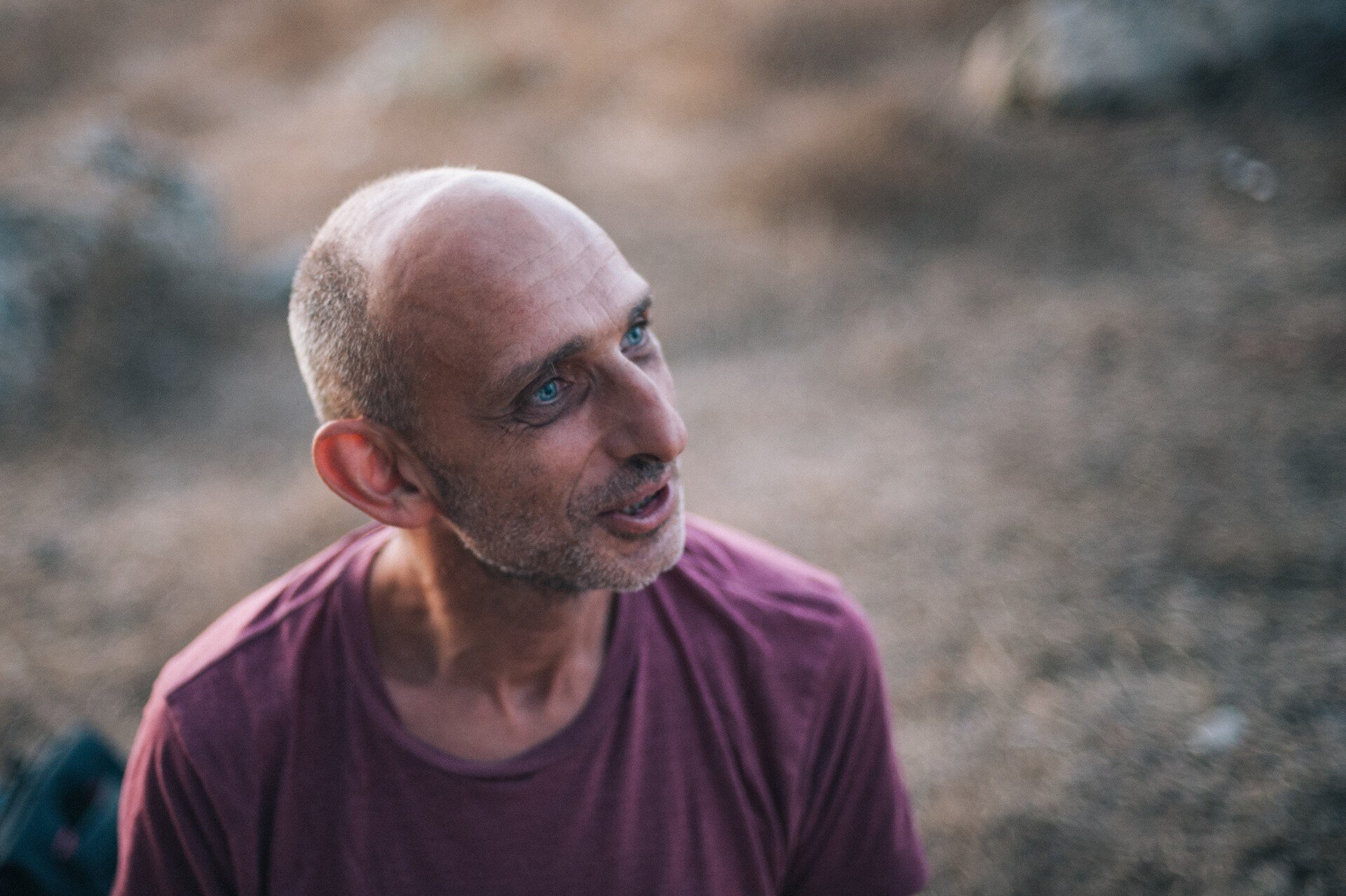


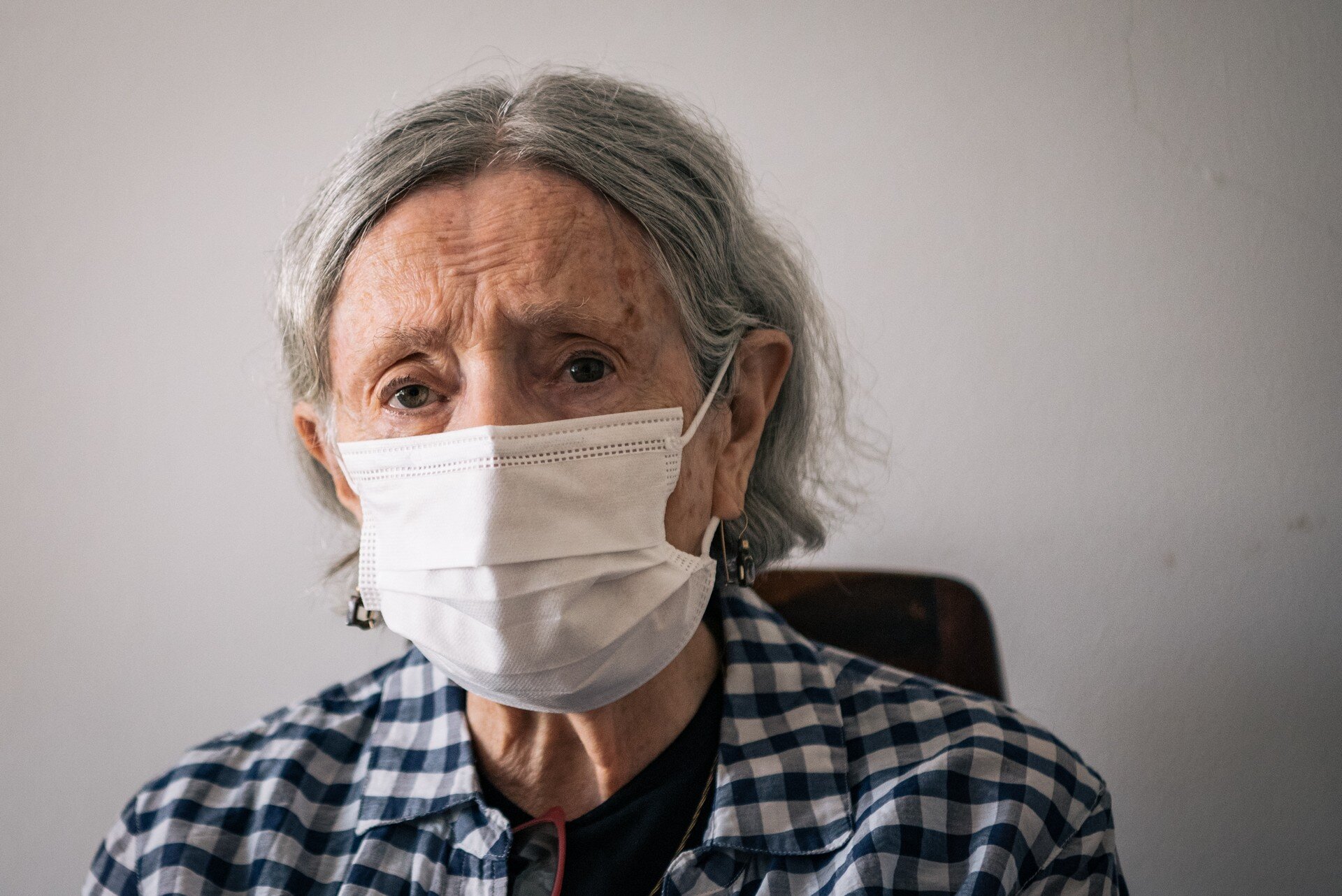
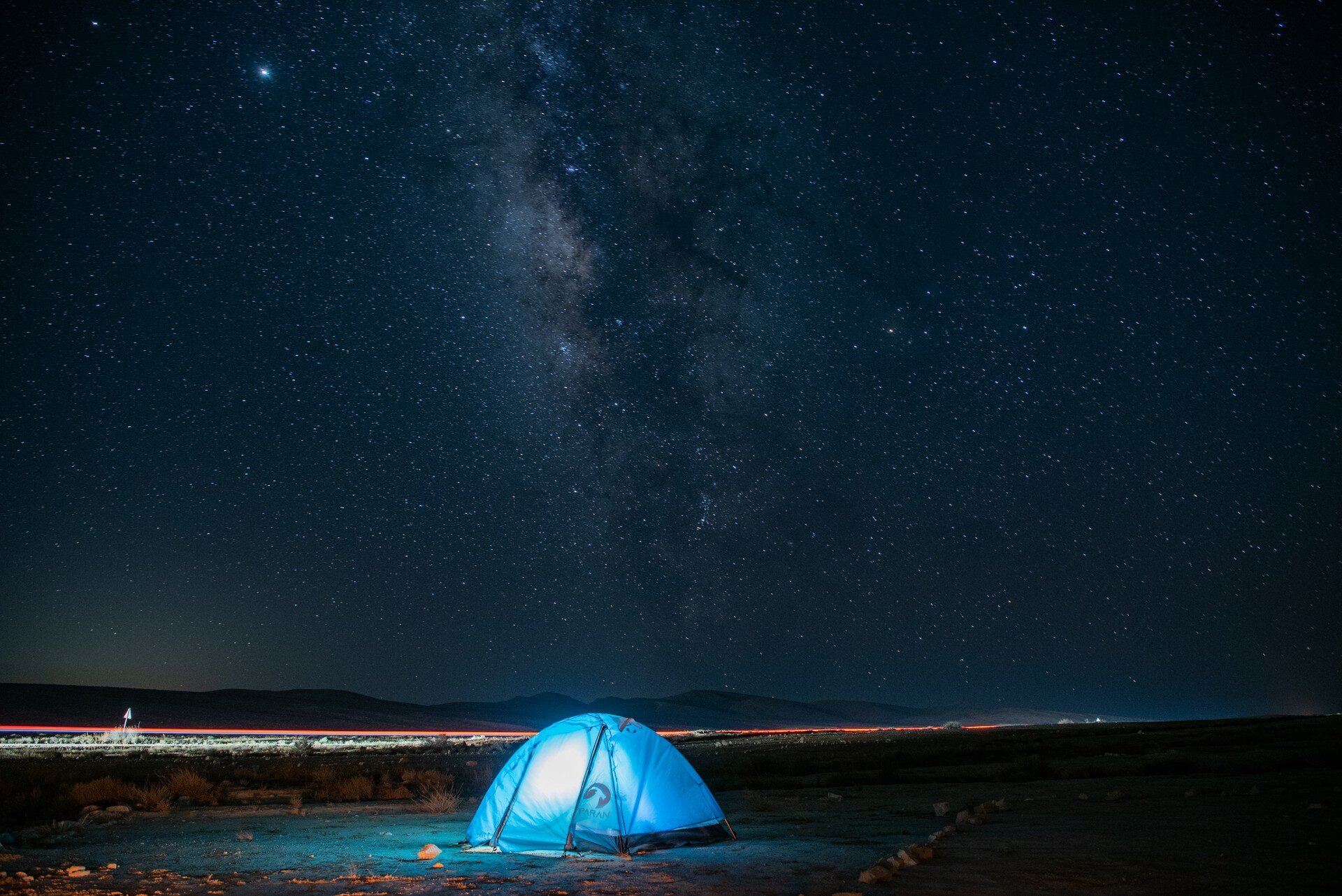
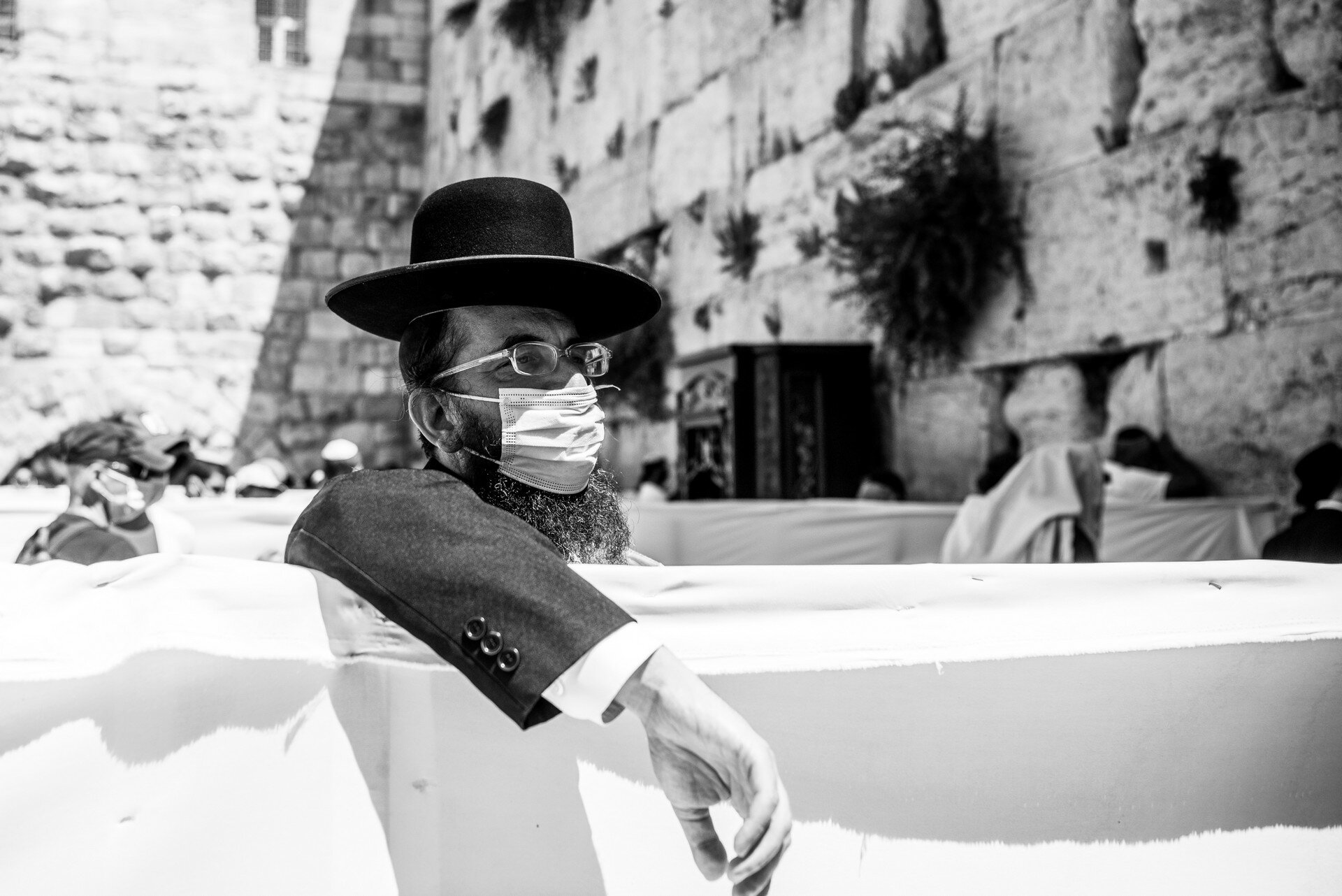

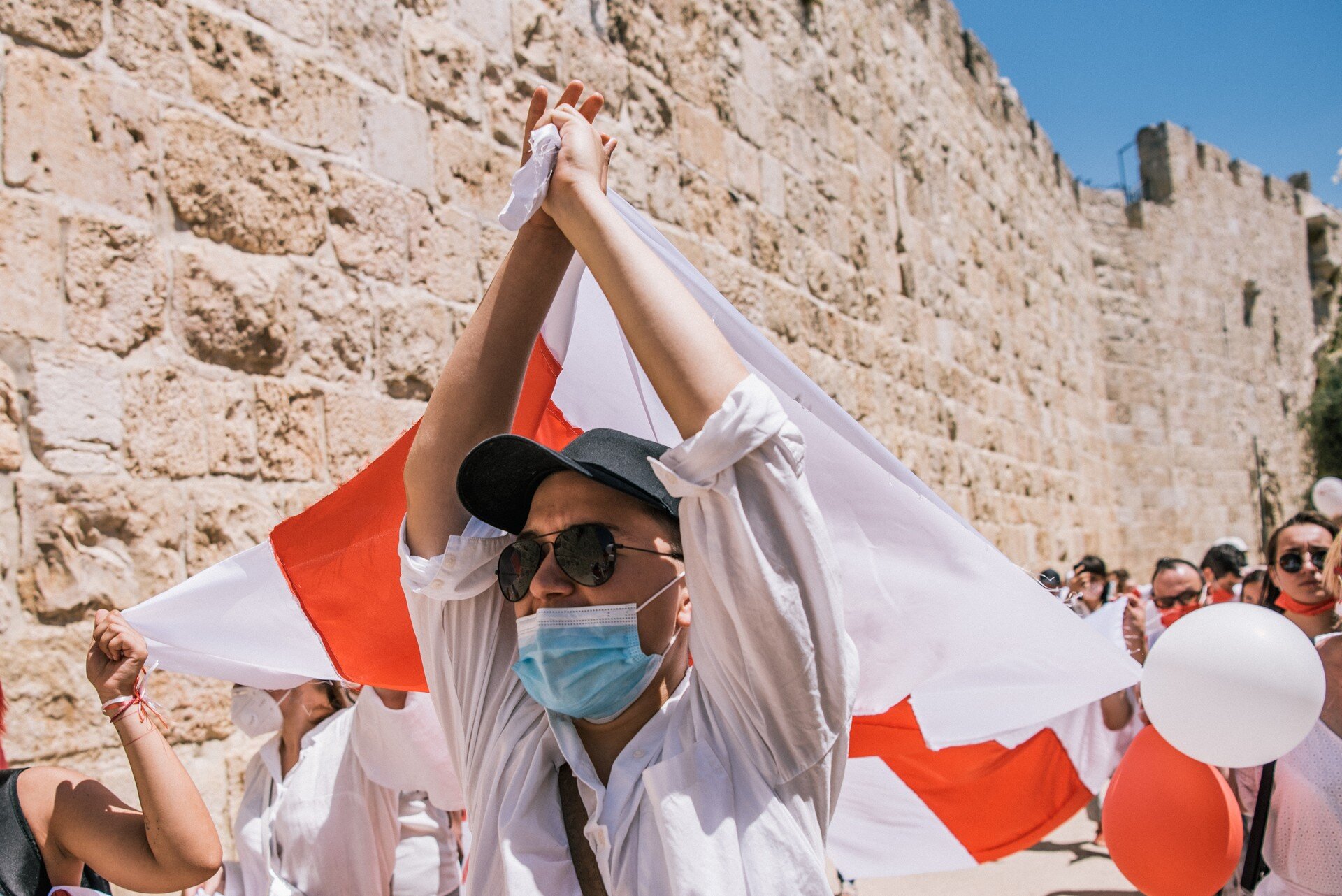
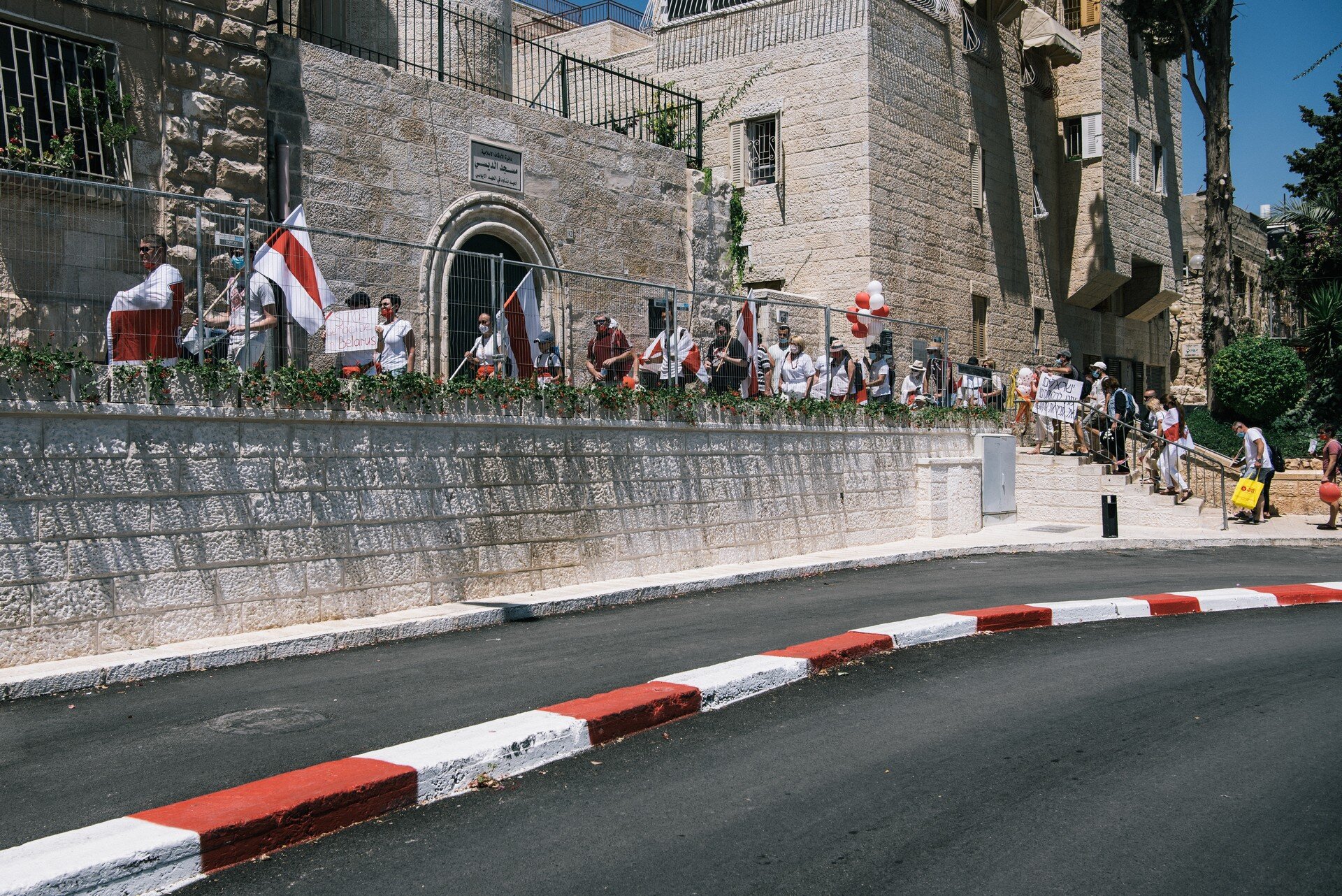
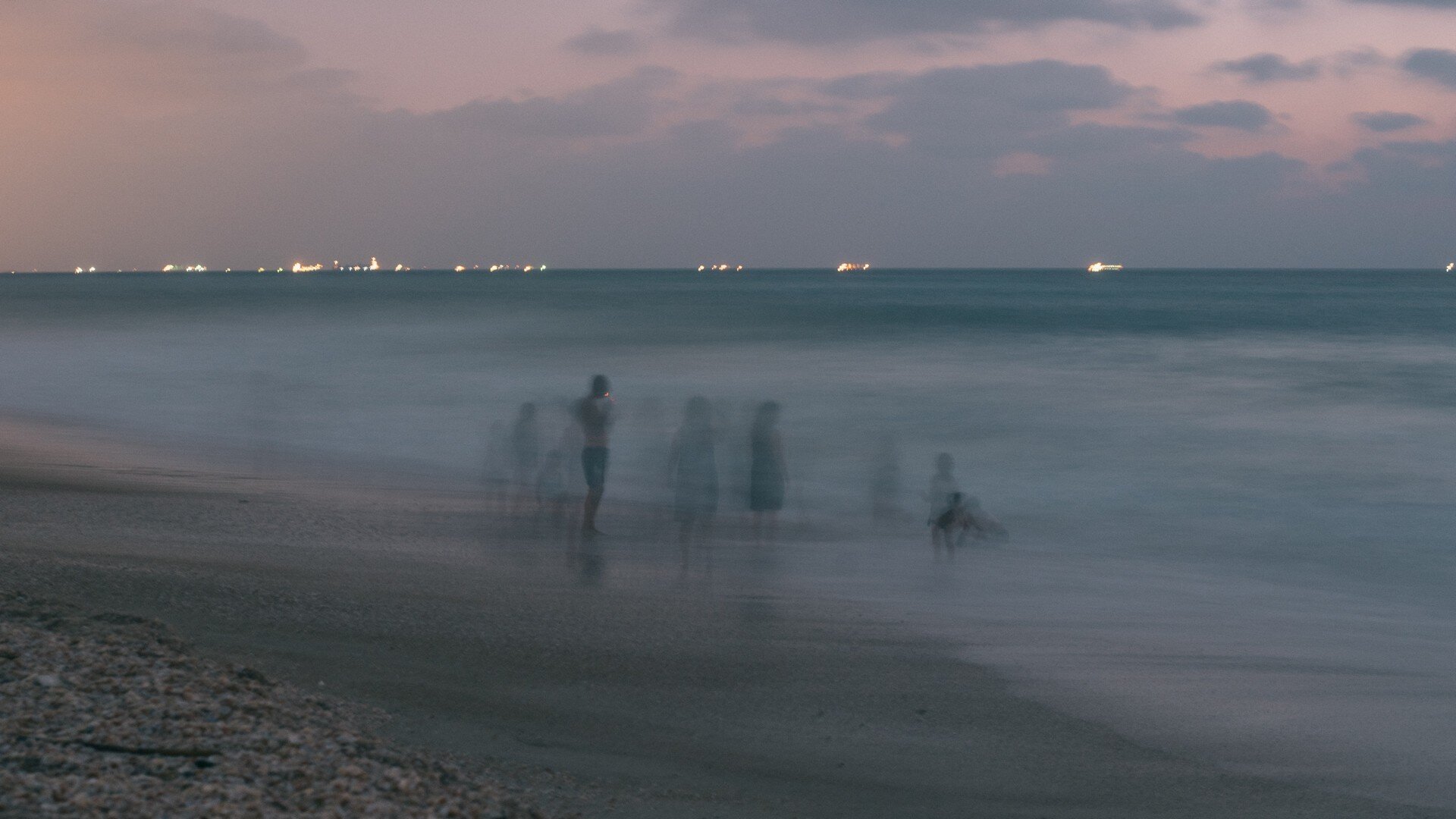

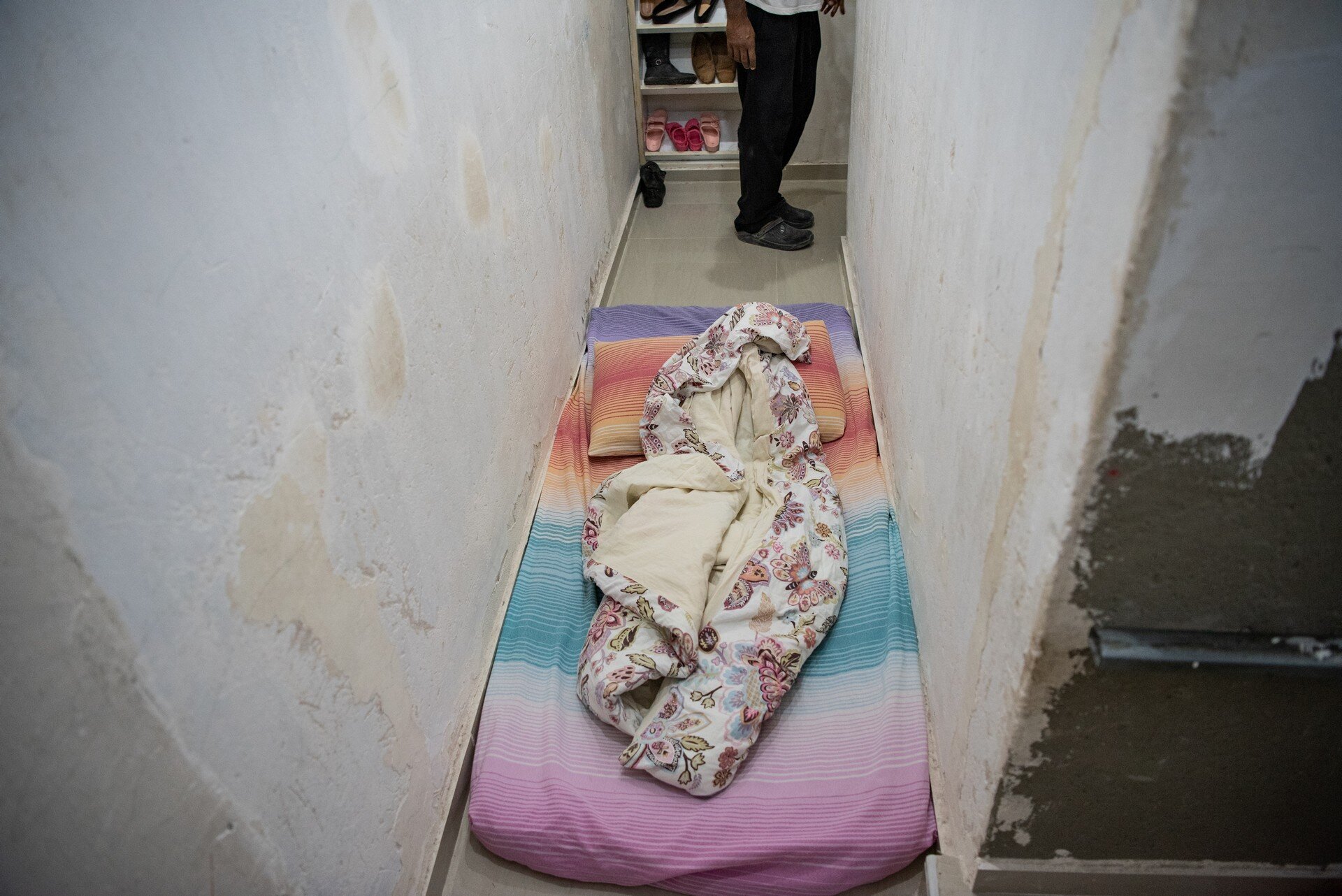





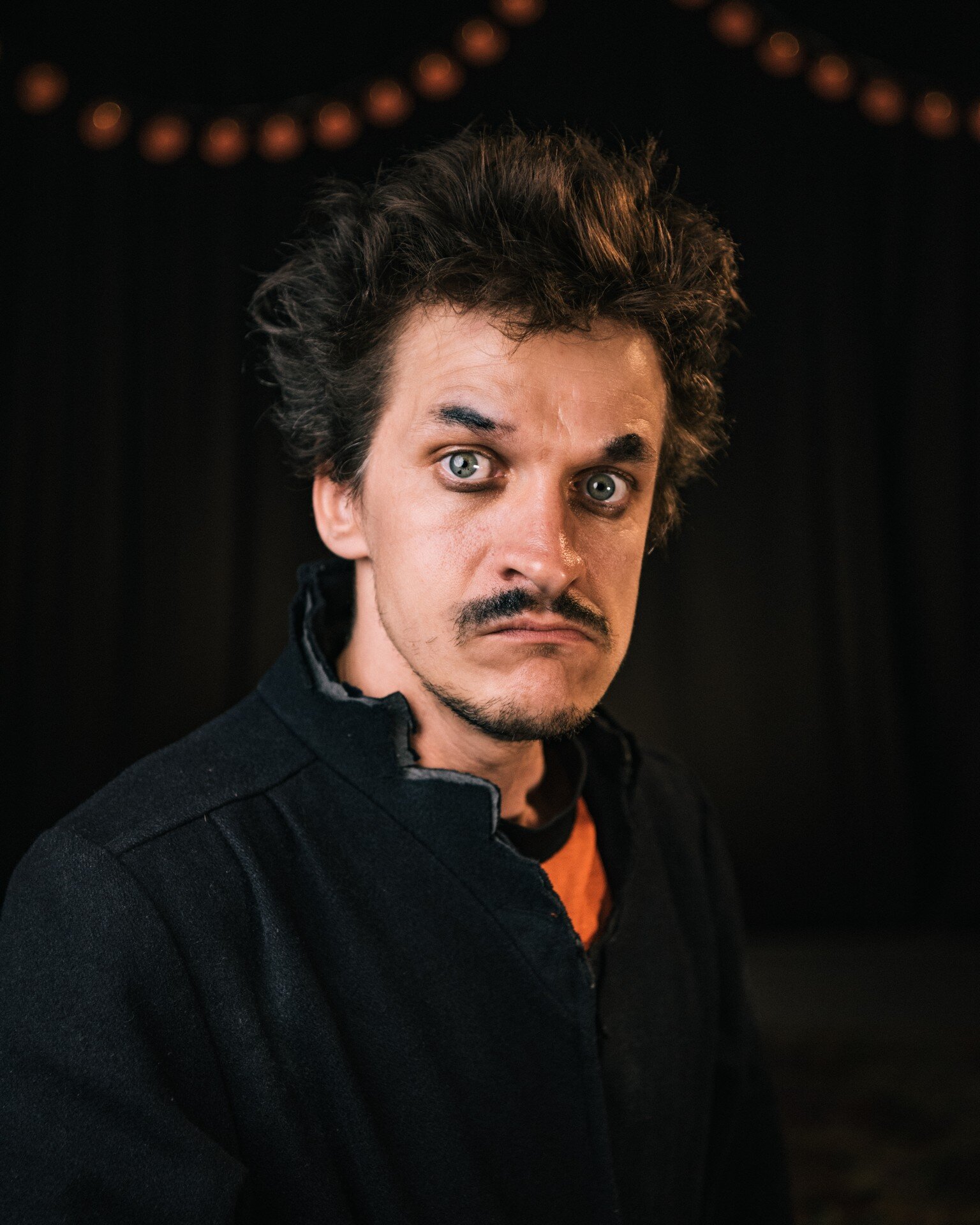
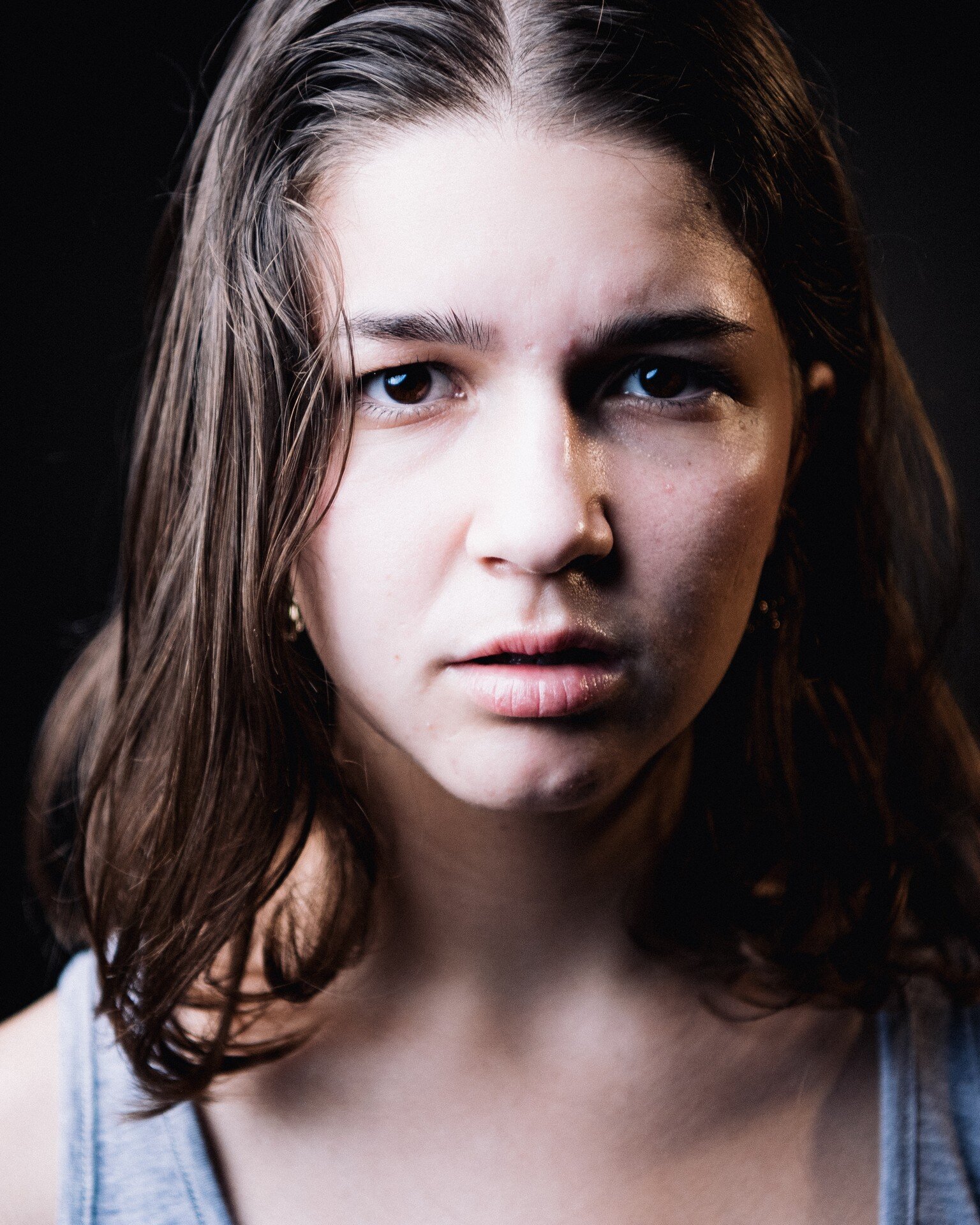
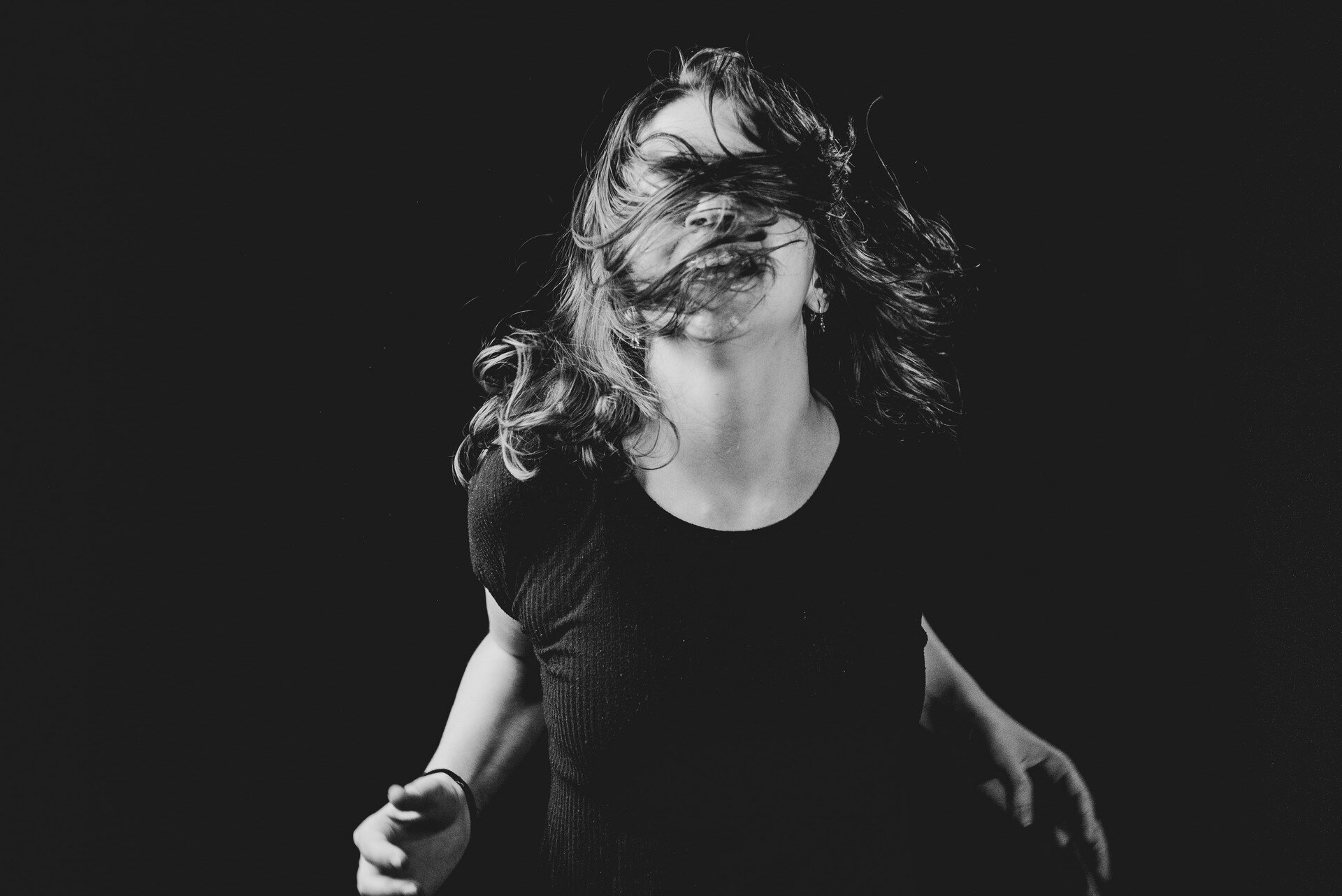


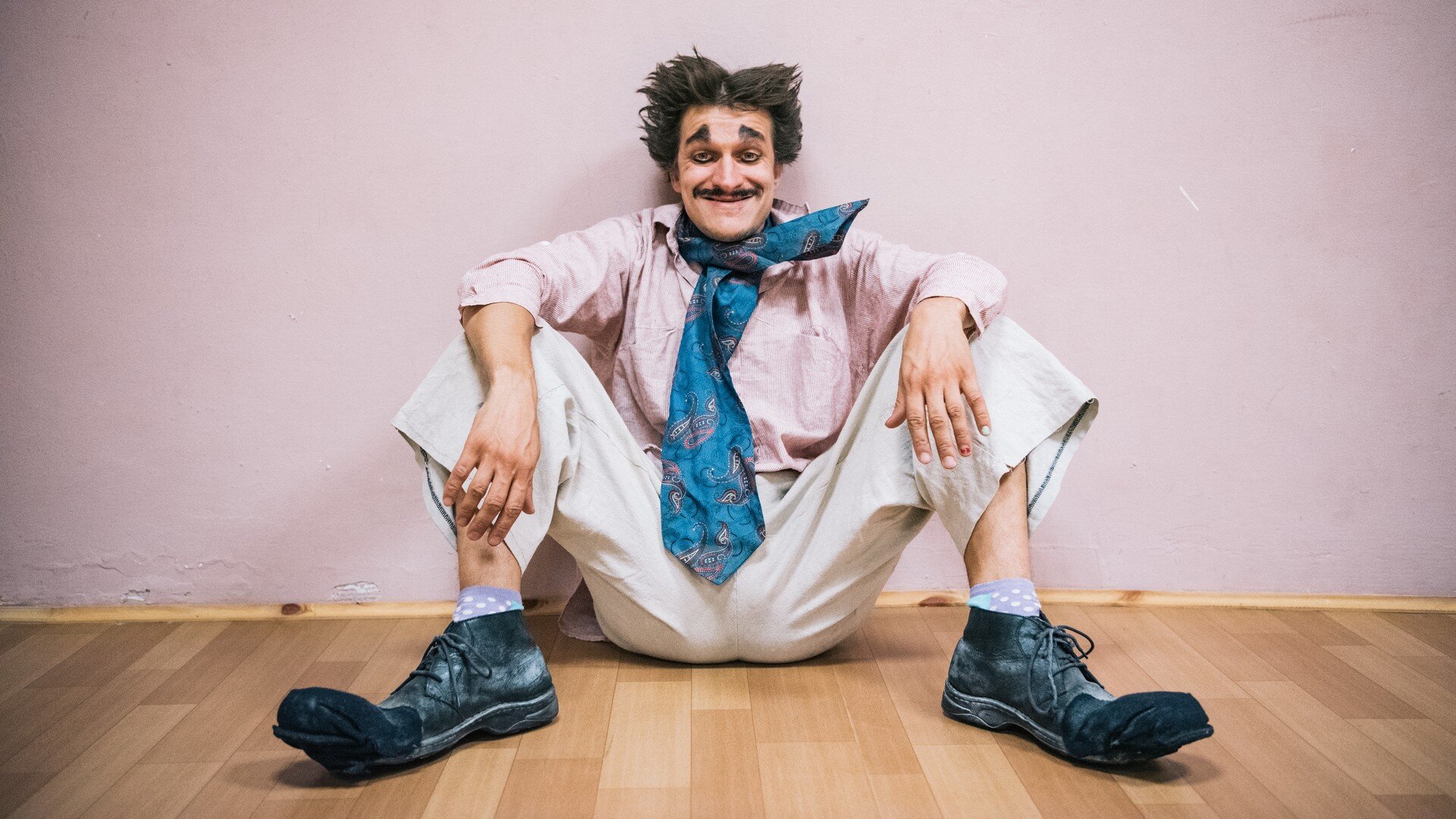

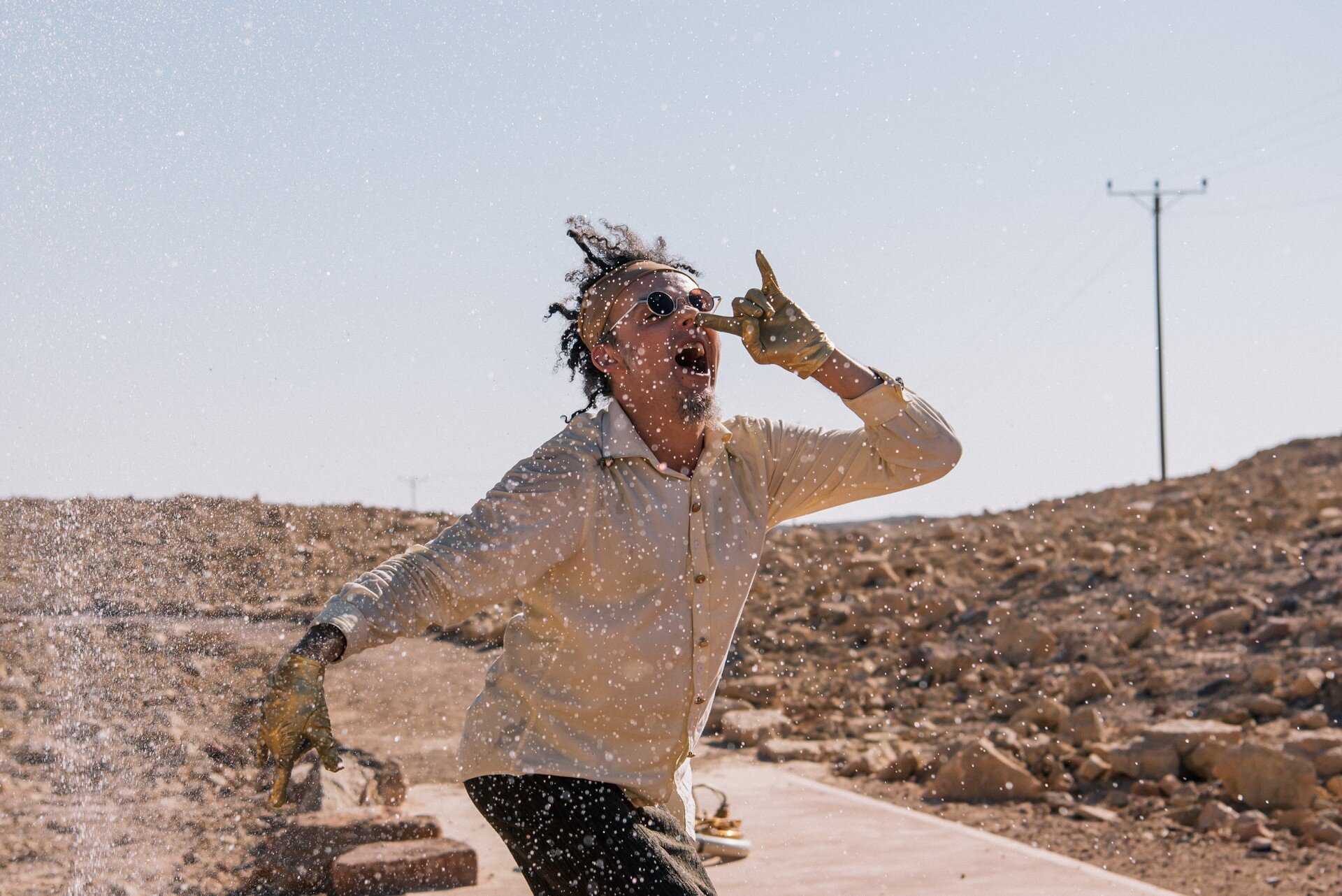
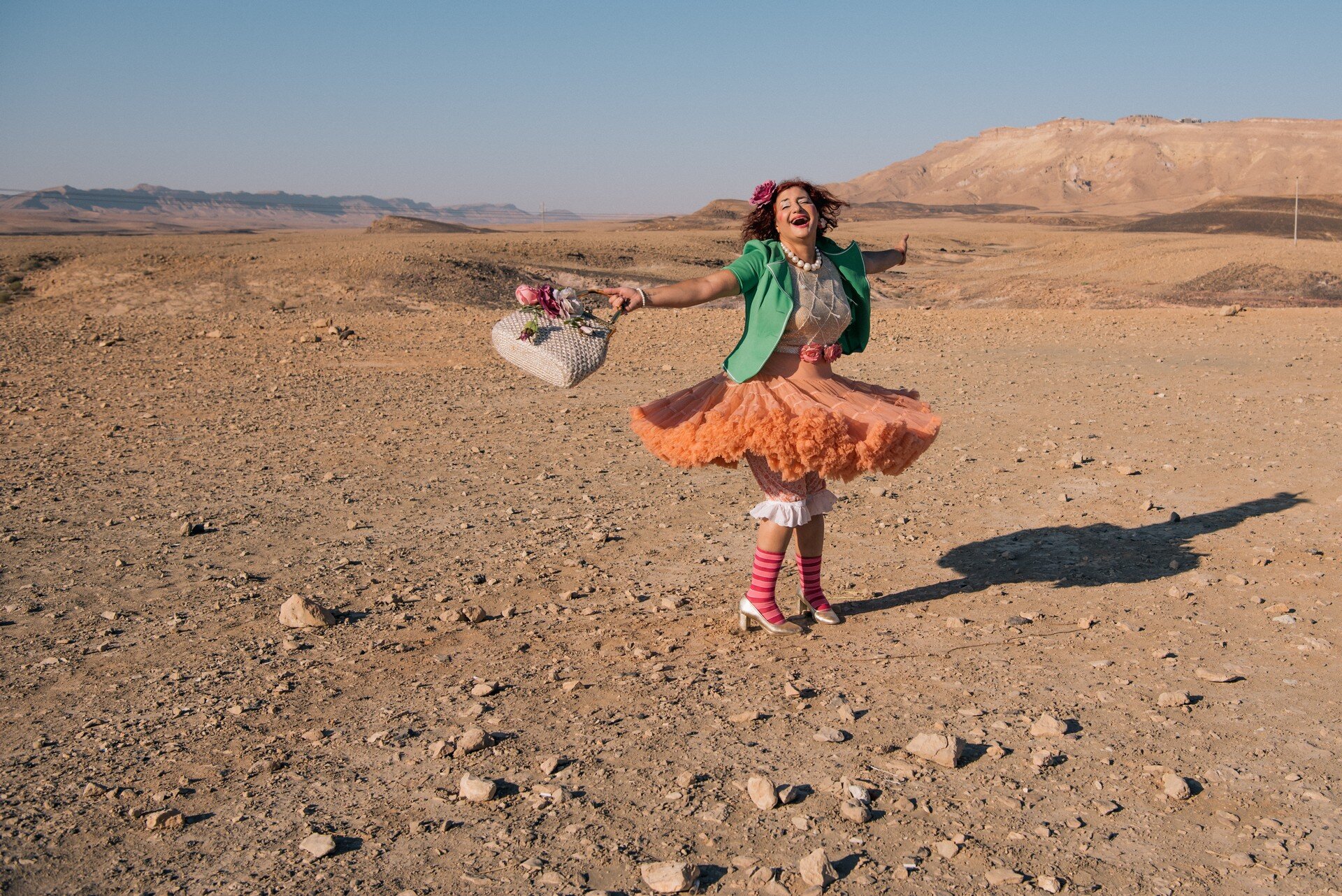
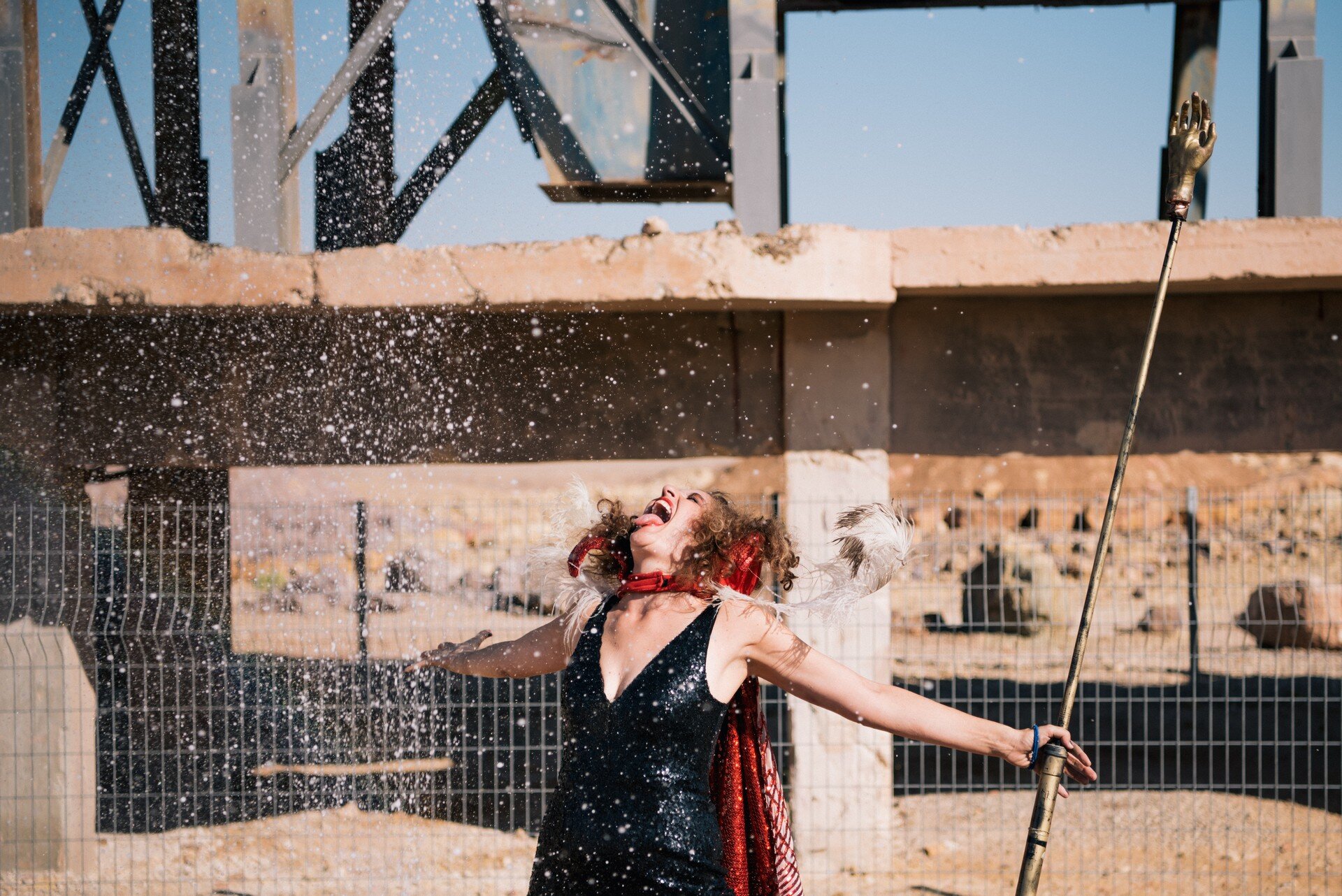

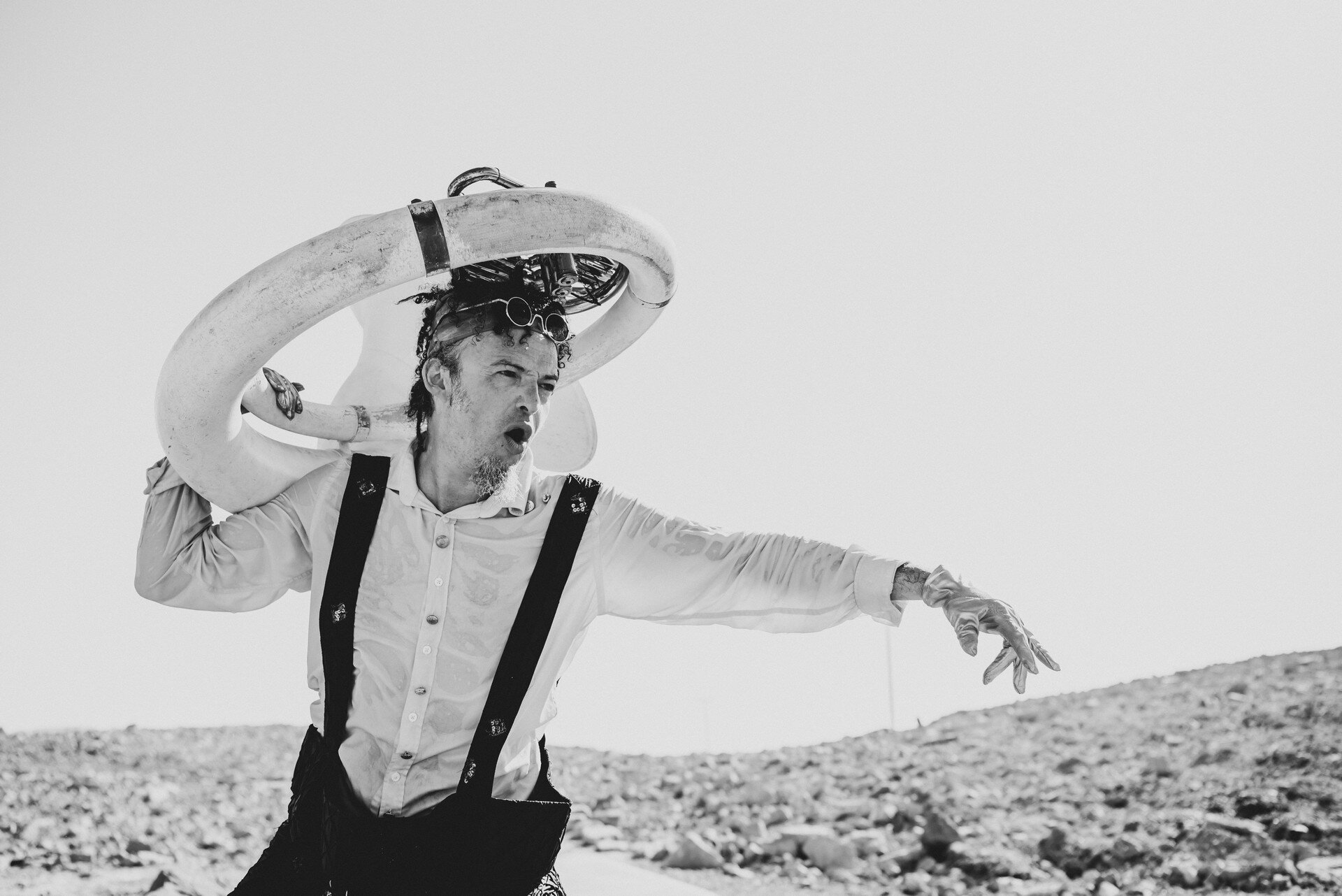

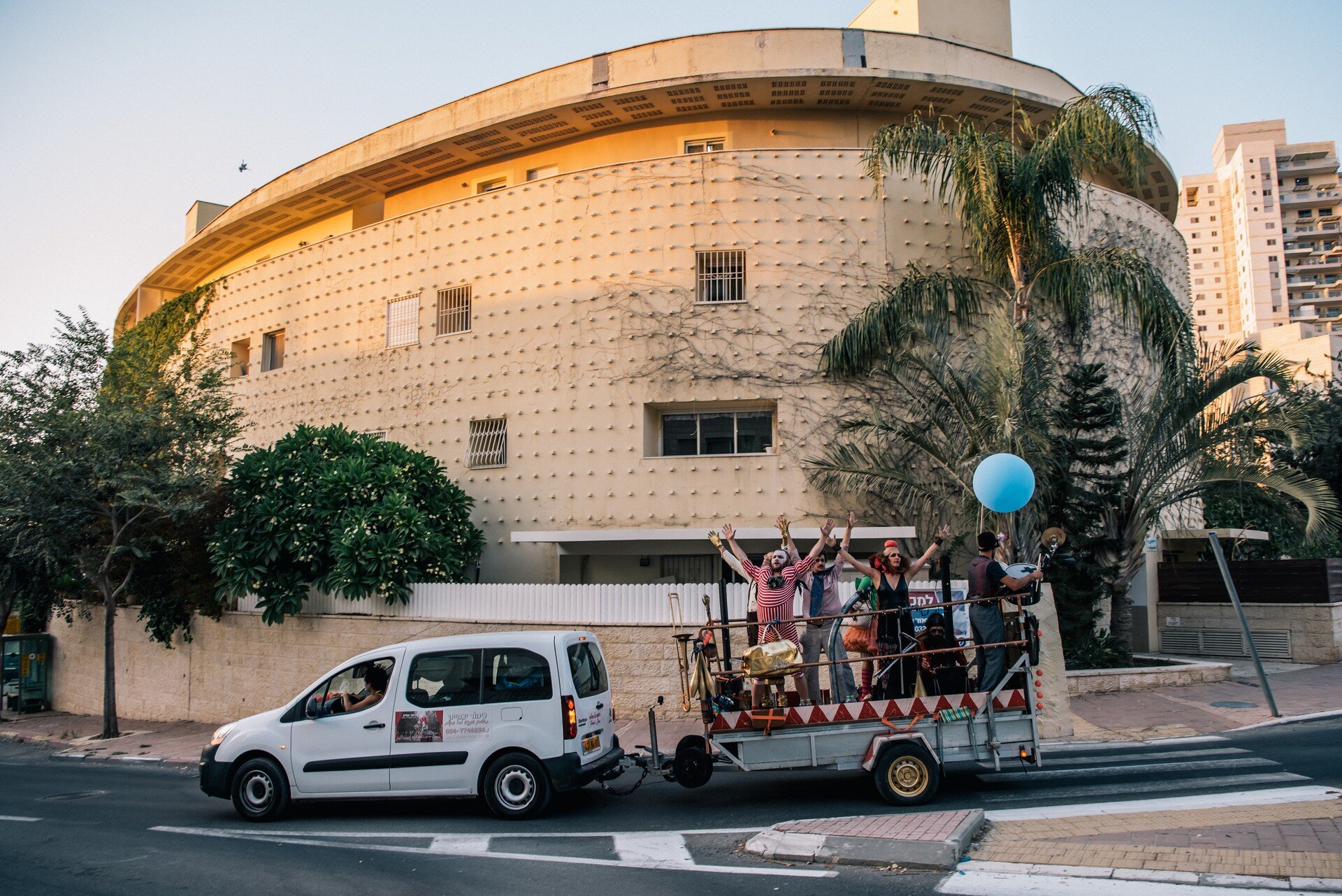
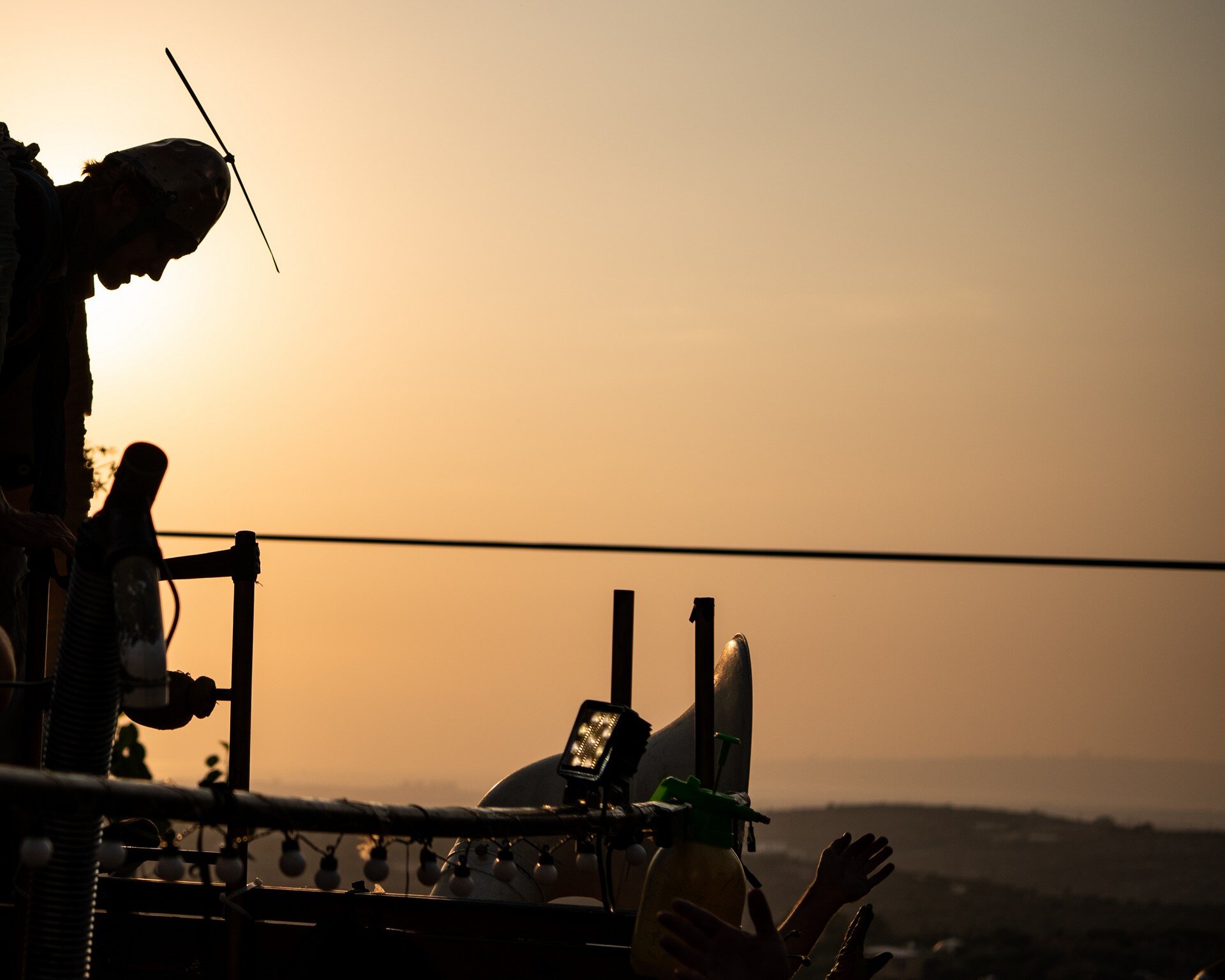
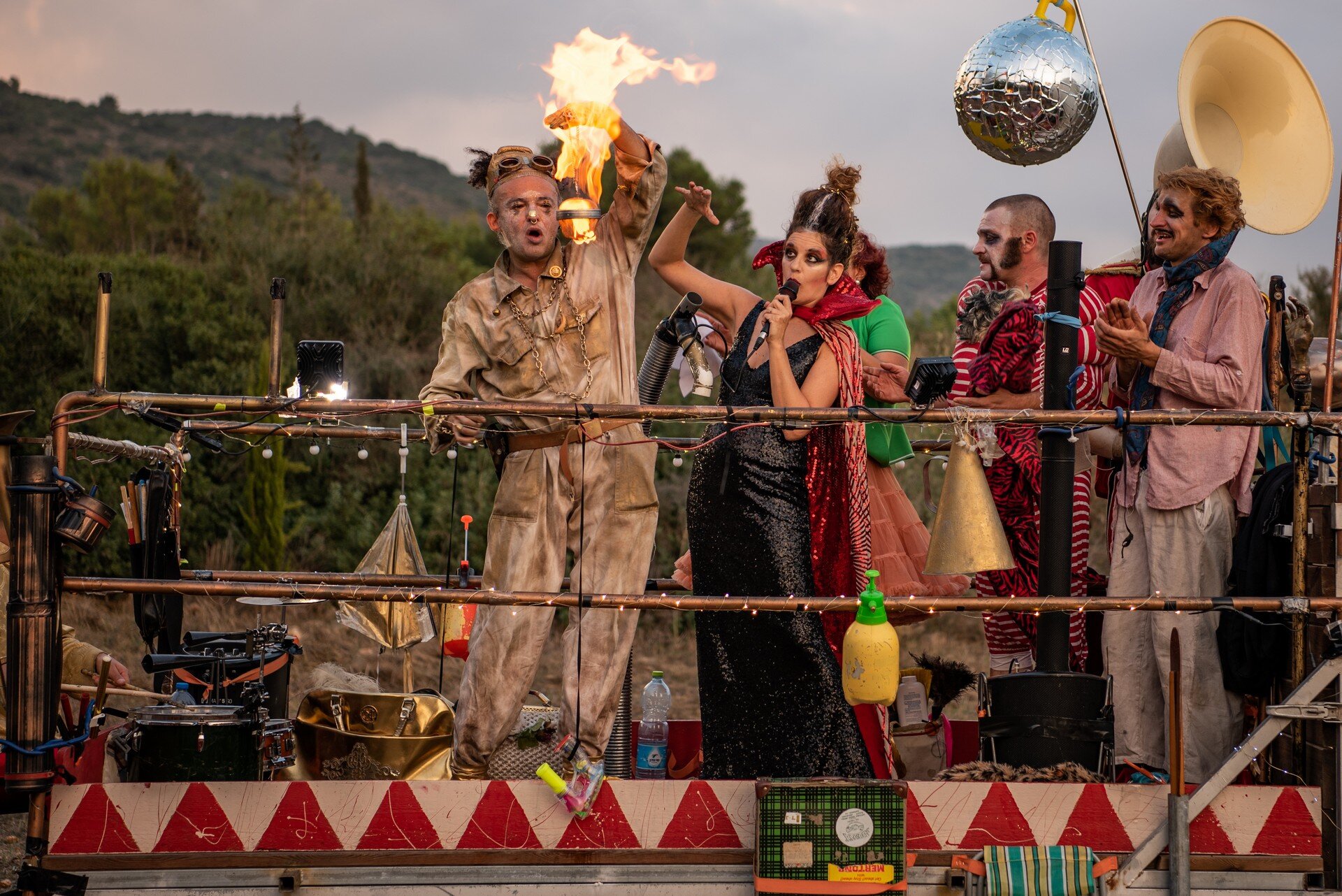
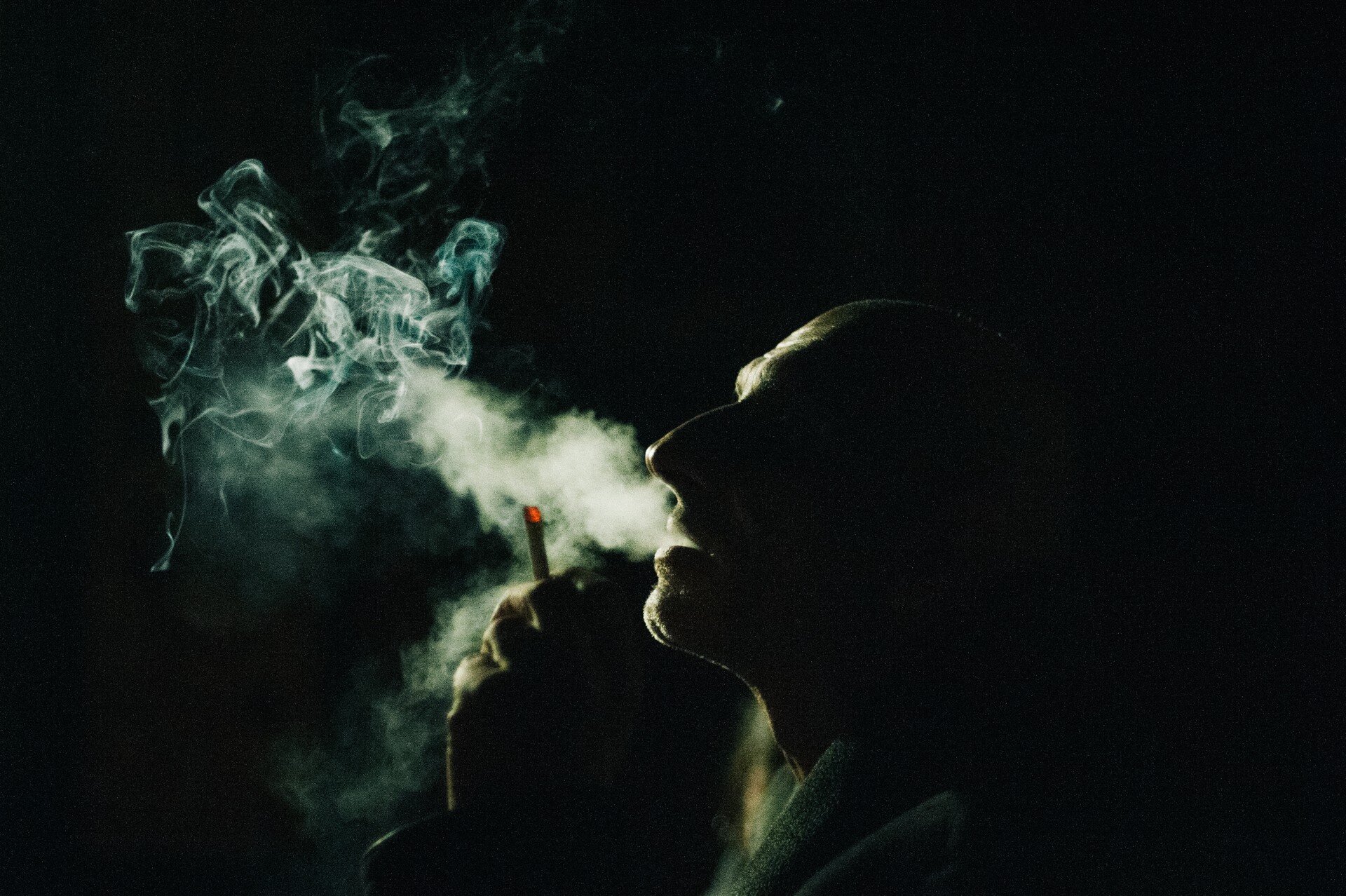
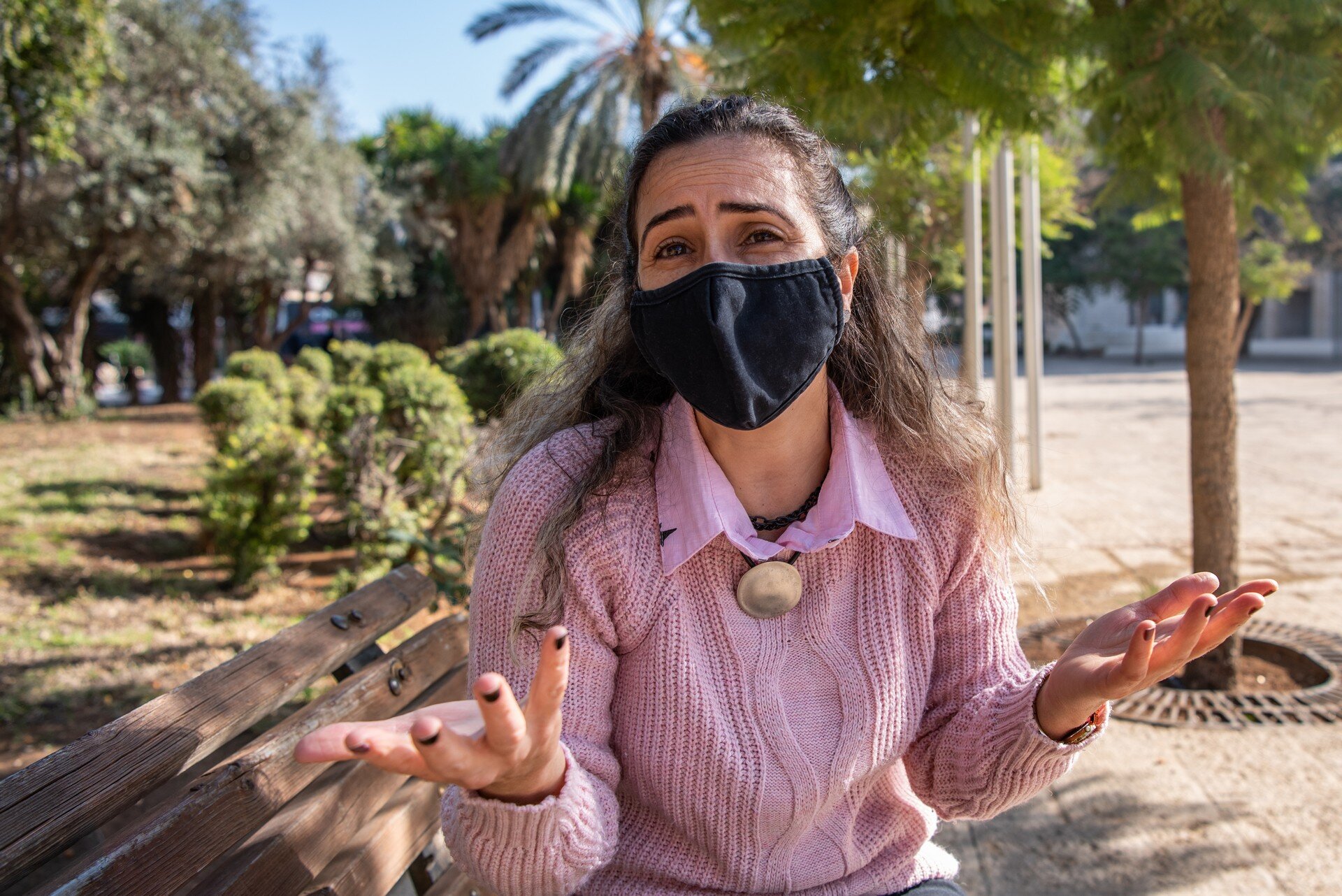
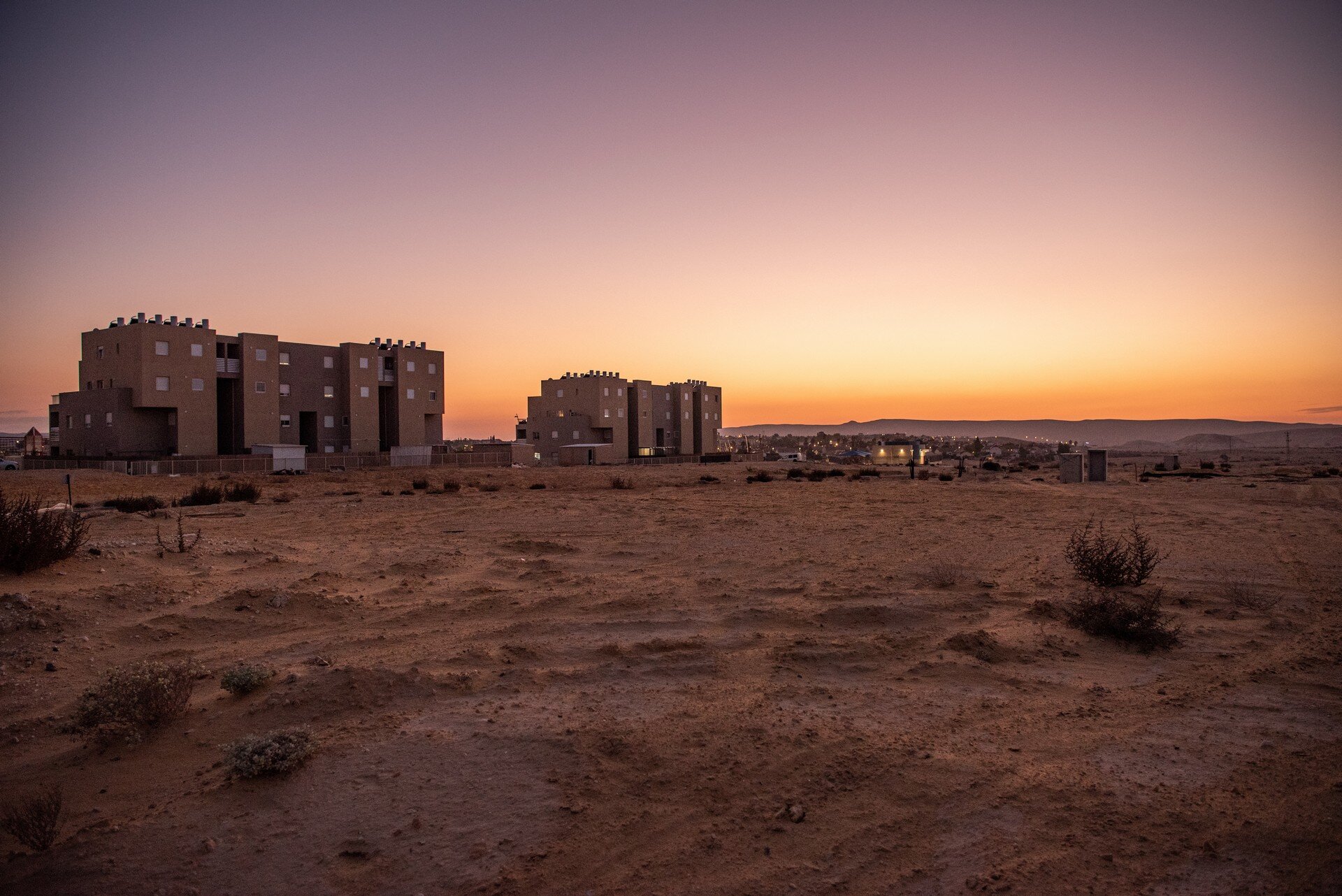
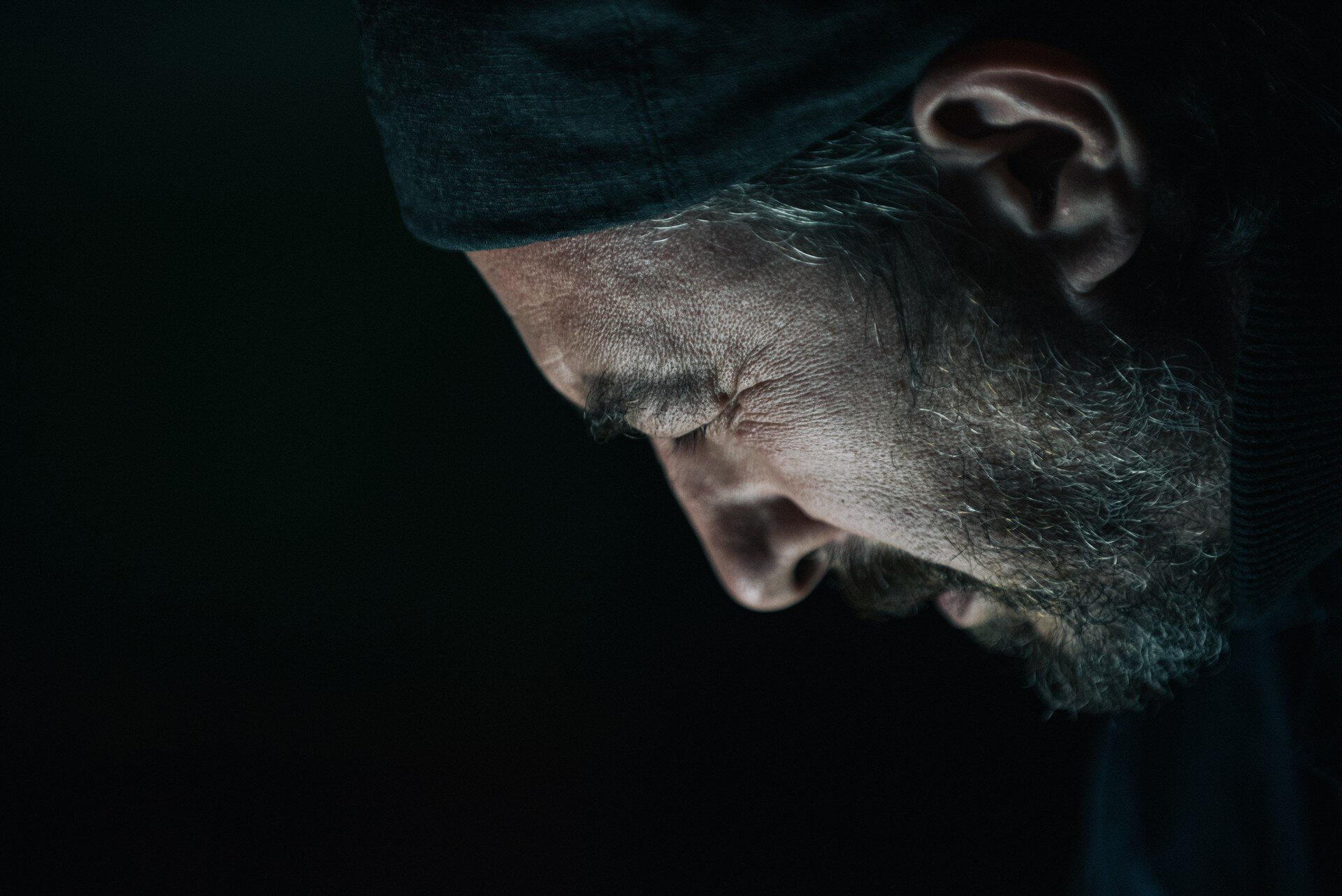
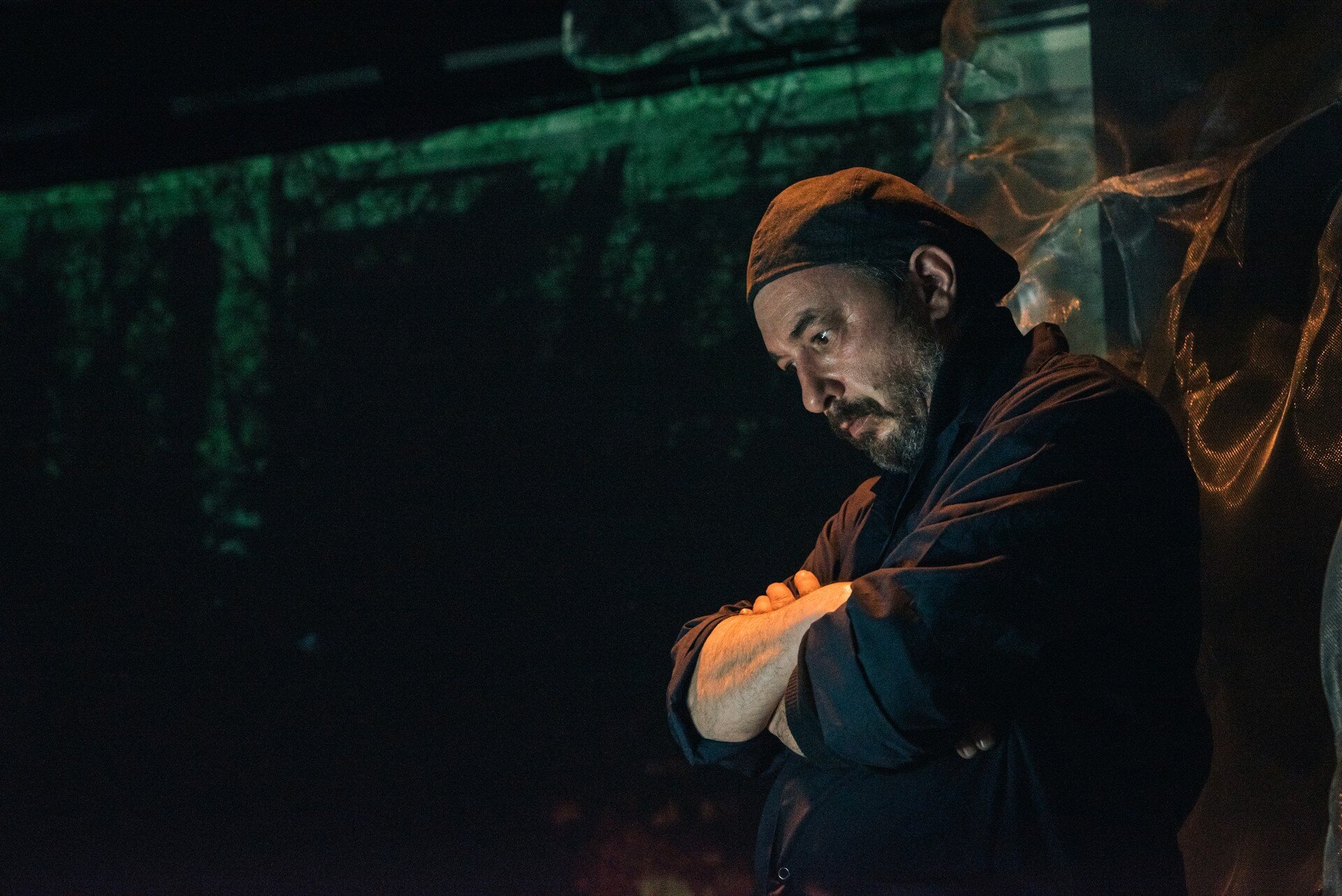
None of this would have happened without incredible artists and organizations that found a way to move forward regardless of the turmoil and provided me with an opportunity to document their projects through photography and videography. Some of the names are:
Thank you, guys. I can’t be grateful enough.
Soviet era home
Decades passed after the Soviet empire collapsed, but thousands of households are still keeping furniture, decor and houseware purchased in 1960s-1980s. Apartments turned into museums of Soviet lifestyle mainly because their owners simply couldn’t afford any renovations or upgrades.
In my photo expeditions to the former Soviet Union almost every day I have these déjà vu moments when in someone’s apartment I run into the same chandelier as in my childhood room, the same wallpaper as in my granny’s living room, wall clock like in my friend’s house. Soviet regime was famous for its total standardization of everything.
Decades passed after the empire collapsed, but thousands of households are still keeping furniture, decor and household items purchased in 1960s-1980s. Apartments turned into museums of Soviet lifestyle mainly because their owners simply couldn’t afford any renovations or upgrades.
The pictures below are taken in 2010s all across the former USSR. Under the photographs you’ll find short explanations.
Russia, Rostov. 2019
New Year toys. New Year (“Novy god”) up to now remains the most widely celebrated festival of the year. The attributes of the celebration remain unchanged throughout generations: decorated new year tree, Grandfather Frost (“Ded Moroz”) and his granddaughter Snow Maiden (“Snegurochka”). A set of New Year toys was kept in every household. The same set could serve a family for several generations.
Cut-glass bowls. Typically, these grand vases were presented as gifts to the employees of state enterprises to mark various life events or accomplishments.. It wasn’t common to buy such things.
Ukraine, Odessa. 2016
Wired-radio outlet. A radio hanging on the wall used to be the main source of news in Soviet times. There were two basic types of such outlets, one allowed to switch between 3 pre-programmed stations and the other one would only allow listening to one wired radio transmission. The radio on this picture is connected directly to a special radio wall plug and can receive only one station’s wire-transmitted signal.
Wall decor. Wallpaper was a standard way of decorating interior walls, not only in urban areas but in rural private houses as well. The family residing in this room lives way beyond the poverty edge. They couldn’t afford a wallpaper, but having a wall just covered with paint was so uncommon that the residents tried to draw an imitated wallpaper pattern.
Moldova, Balti. 2017
Geyser. Gas water heaters were widely used in the houses without central water heating and with central gas supply. To heat water we used to insert a match into a handmade wooden extension stick, light it up and push it deep into the small black hole where it would ignite a large burner. Theoretically the geysers had their own ignition systems but they never worked.
Moldova, Chisinau. 2018
Periscope, steering wheel. Stealing stuff from work was a commonplace in Soviet Union. Households were decorated with unusual boodle in the same way as hunters show off their kill. The resident of this room used to work at a military enterprise.
Massager. A massager with wooden wheels was extremely popular in 1980s. It had handles on its ends, and we’d pull it from side to side to massage a back.
Page-a-day calendar. Another item that every family had was a tear-off calendar. There was some variety of them, listing different kinds of information for gardeners, kids, women, hunters etc. A day in a Soviet family would begin with tearing off yesterday’s page and studying its back which could contain an “on this day” information or a poem, a picture or a piece of household advise.
Brown and black St. George’s ribbon. The ribbon’s history goes back to 1730s when its colors officially became the colors of Russian Empire. In 20th century the ribbon became one of the symbols of WWII in Soviet Union, and in 21st century it’s going through a revival. It became a symbol of Russian victory and glory and a way to show support to Russian government.
Russia, Saint Petersburg. 2018
Shared kitchen in a communal flat. It’s hard to believe but “kommunalka” dwellings didn’t extinct yet. In St. Petersburg right now 245 thousand families share 76 thousand flats (approx. 3 families per flat). In kommunalka every family normally has a separate room and common space which includes corridor, bathroom and kitchen.
In a kitchen every household aims to have a separate cooking table with own set of cookware and a separate stove or at least a part of a stove. Sometimes the residents have to take turns in cooking due to the lack of space or stoves. Usually each family uses its room for eating, so there are no dinner tables in the kitchens.
Ukraine, Nikolaev. 2016
Shared bathroom in a dormitory. If you are thinking that there is no worse place to live in exUSSR than famous "kommunalka” (a shared flat), you are wrong. “Obschaga” (a dormitory) is much, much worse. A typical kommunalka would host 2-5 families whereas in a dormitory one has to share living space with 10-20 other people or families. Kommunalka in a city like St. Petersburg could even have some remnants of luxury life such as a high ceiling or a fireplace, because historically a shared apartment could actually all belong to one rich family.
Dormitories were normally built for workers of huge state enterprises and they are ugly by design. After USSR collapsed and the enterprises fell apart, the dormitories turned into dwellings for the poor. In the lack of proper maintenance they are degrading and become unsuitable for life, but those who have no other choice keep living in these creepy buildings.


